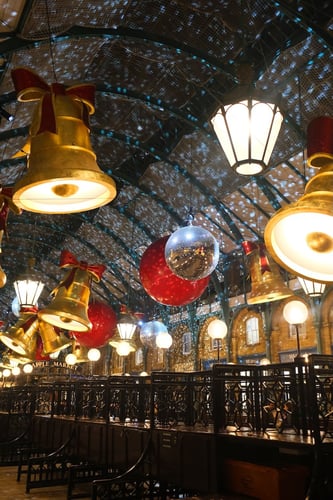As you plan your trip to London, here is a curated listing of some of the most famous London landmarks and attractions, not already mentioned in the Best Things to Do in London.
London Travel Blog: Your Guide to the Best of London
London is a city that perfectly blends rich history, vibrant culture, and modern energy. Whether it is your first visit or a return trip, this London travel blog will help you explore iconic landmarks, charming neighborhoods, world-class museums, and unique dining experiences, all while providing insider tips to make your trip to London unforgettable.

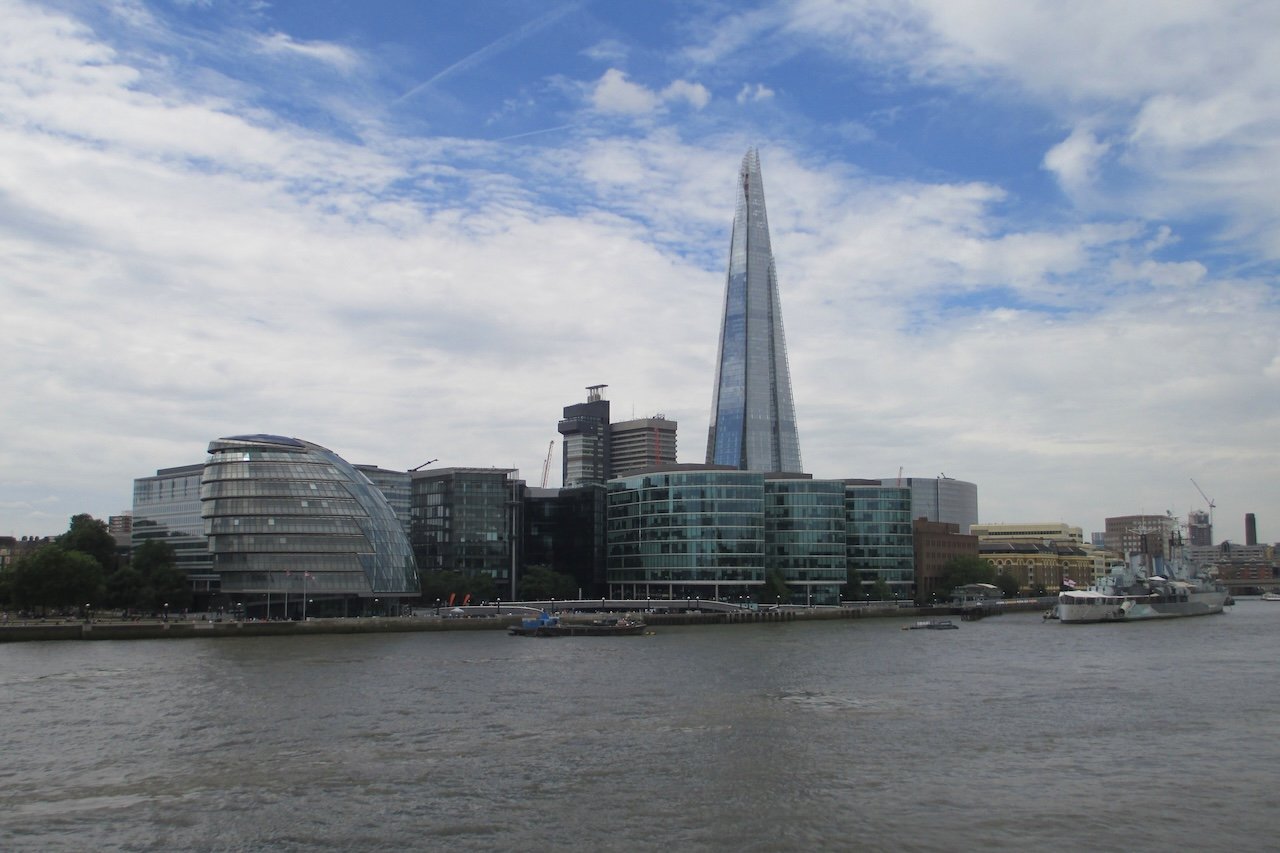
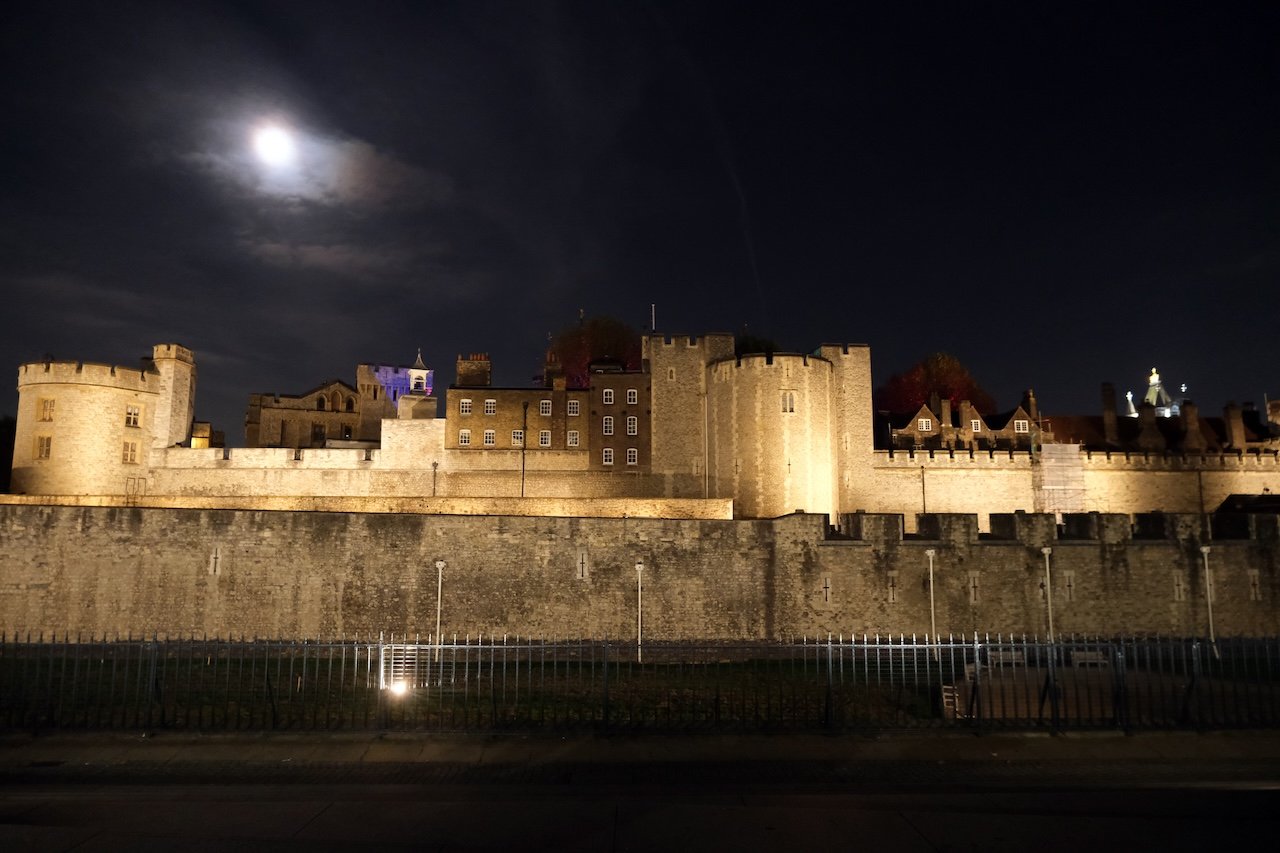
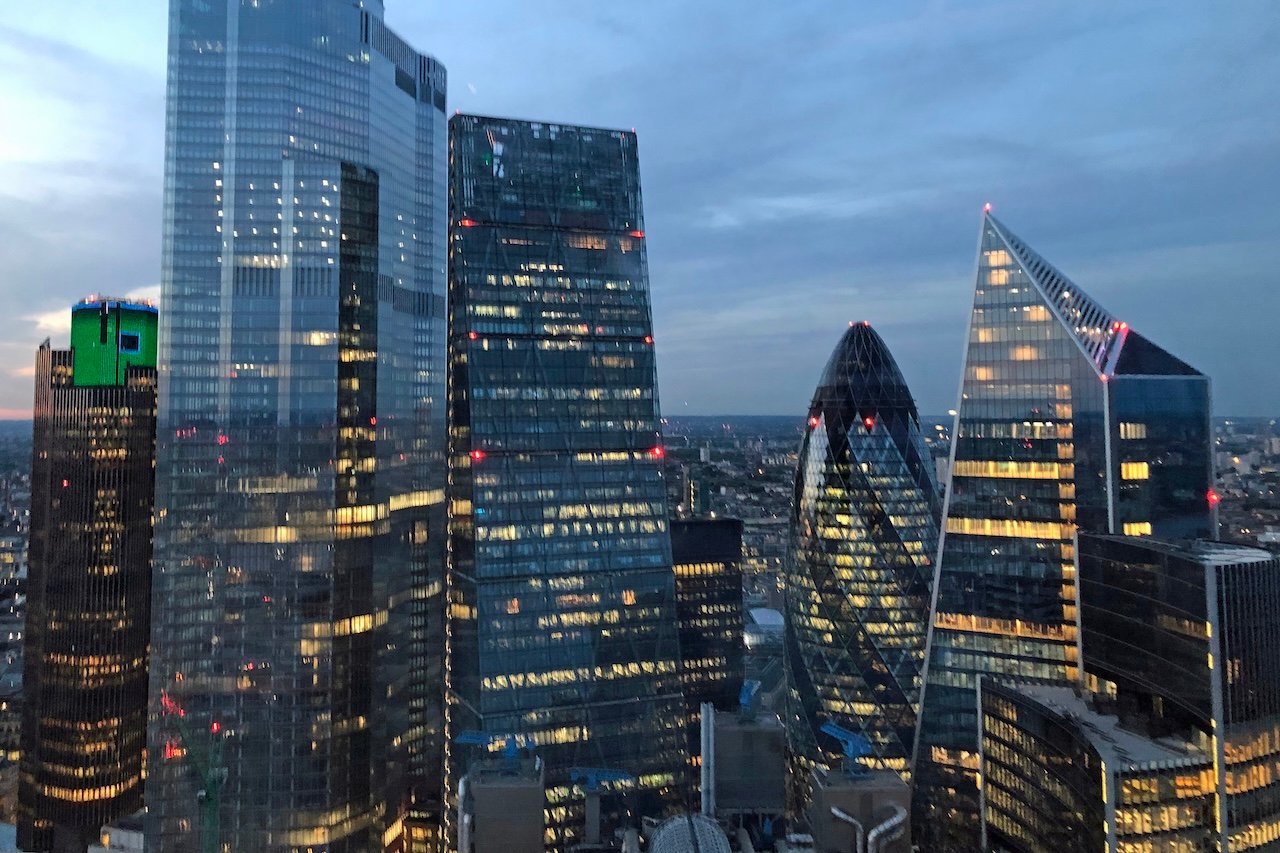
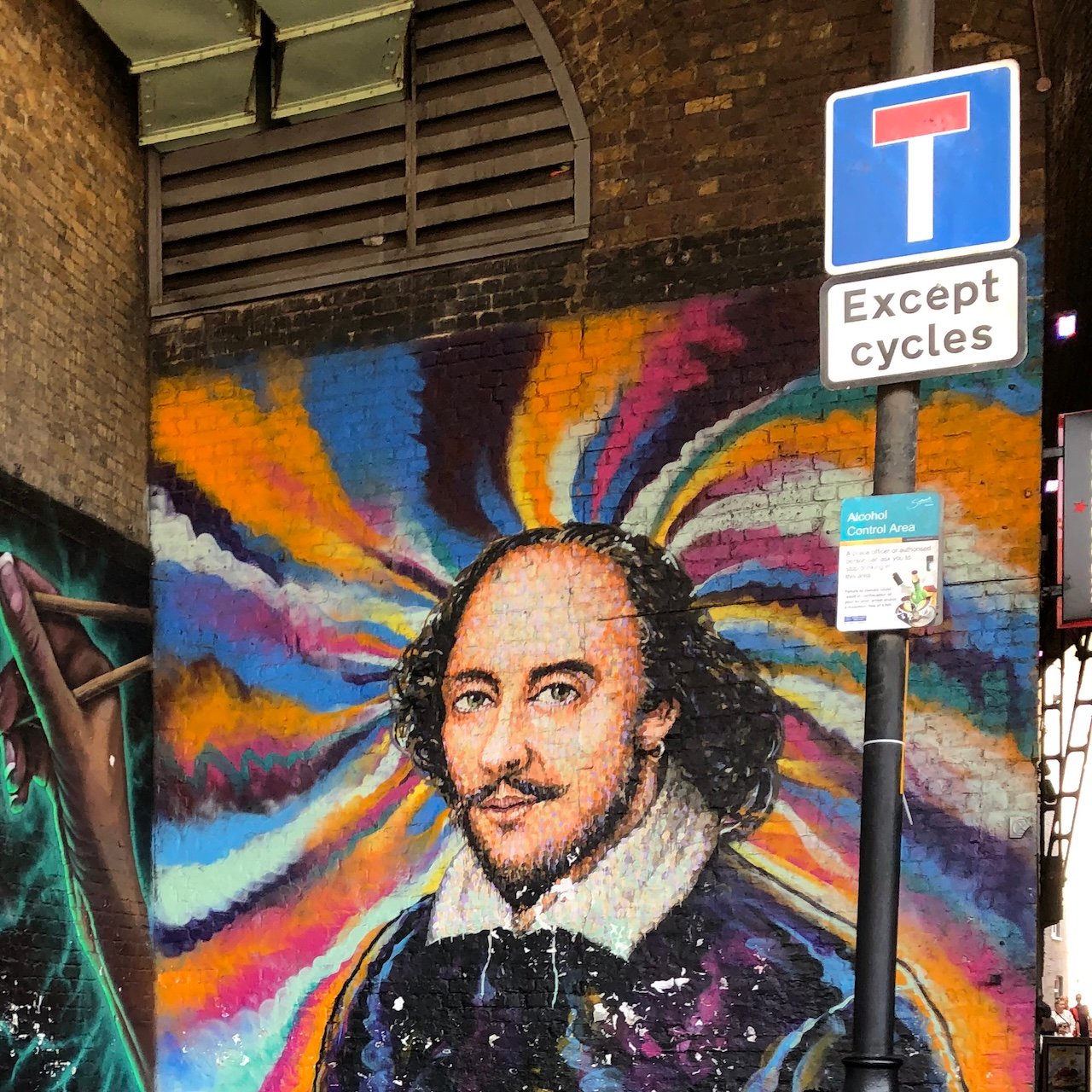
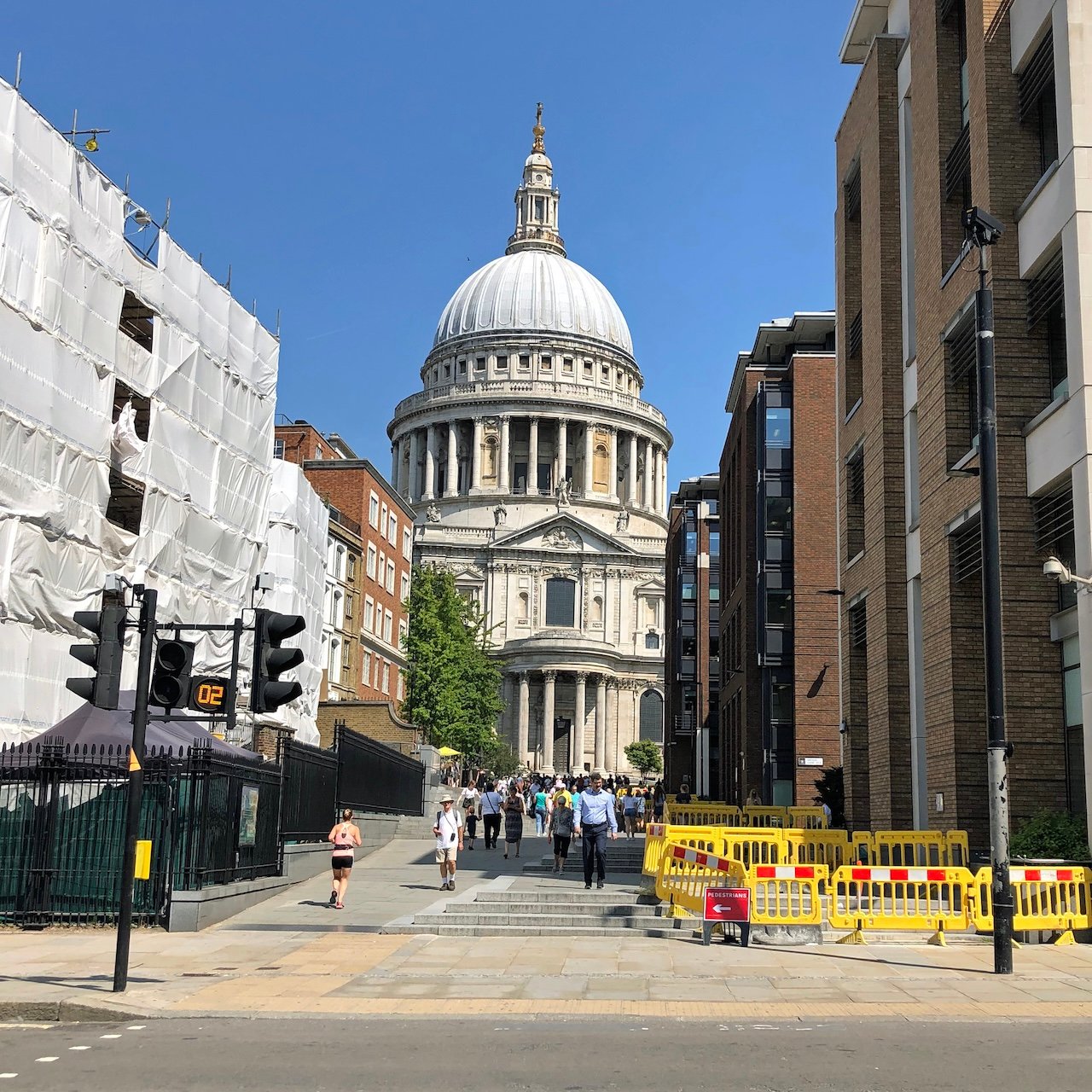
Disclaimer: This webpage contains affiliate links. That means we may earn a small commission or receive compensation if you click on a link and make a purchase or take action - at no additional cost to you. These partnerships help support the content we create and maintain this website.
London Travel Blog: An Introduction
The story of London begins with the Romans, who founded Londinium on the banks of the River Thames in the first century AD. Over the course of centuries it grew into the capital of a global empire and a stage for events that shaped modern politics, literature, and trade. London's history is not abstract, you can see the places where it unfolded firsthand: at the Tower of London, with its fortress walls and the Crown Jewels; inside Westminster Abbey, where a millennium of coronations and memorials are literally recorded in stone; and Buckingham Palace, where royal pageantry still takes centerstage.
What makes London a must-visit is how these layers of history shape everyday life. World-class museums (many of which are free to visit) sit beside traditional markets, contemporary architecture, and statues honoring figures who built (and challenged) Britain's past.
London is one of the most diverse cities in the world, and can you taste that diversity in the city's food scene: classic British comfort food alongside curries and flavors from every corner of the globe. After reading this London travel blog, you are not allowed to complain about “bad food in London,” we will show you exactly where and how to eat like a local!
London is more than just a single city, it is actually a collection of 32 interconnected boroughs (and yes, there is technically a “City of London,” too). Each borough brings its own personality to the city, and while you do not need to see them all, several are truly worth exploring. For example, the Royal Borough of Kensington and Chelsea is home to world-class museums like the V&A and the Natural History Museum, as well as some of the most expensive real estate in the city. The City of Westminster, on the other hand, concentrates many of London's most famous landmarks, including: the Houses of Parliament and Big Ben, Westminster Abbey, Buckingham Palace, and Hyde Park. The central borough of Camden feels less touristy, with its namesake market and the ever-debated yet still-essential British Museum. And, across the river, Southwark delivers the beloved Borough Market, Shakespeare’s Globe, and one of our favorite London museums, the Tate Modern.
Despite its sheer size, getting around London is surprisingly easy. In fact, the Greater London area covers some 607 square miles (1,572 square kilometers). The Tube is quick and intuitive, and the red double-decker buses are both practical and scenic. Add in two major international airports, Heathrow and Gatwick, and it is obvious why London is one of the easiest trips you will ever plan.
There really is no bad time to visit London. However, if you can time it, London at Christmas is especially atmospheric! With Regent Street and Covent Garden beautifully decorated for the holidays, festive markets, elaborate window displays, and cozy pubs that make the early sunsets feel intentional, London truly comes alive at Christmas.🎄
Here are some more fun facts about London:
- The London Underground, or Tube, is the oldest metro system in the world, having opened in 1863. Its newest line, the Elizabeth line, opened in May 2022 and is named after the late Queen Elizabeth II.
- The Tower of London is home to more than just the Crown Jewels. The Tower keeps a resident flock of ravens, cared for by the Ravenmaster. According to legend, if the ravens ever leave, the kingdom will fall.
- London is home to over 250 theaters. The West End, centered around Covent Garden, Leicester Square, and Soho, is London's theater district (akin to New York City's Broadway). In fact, Agatha Christie’s The Mousetrap holds the record as the world’s longest-running play, premiering in 1952 and continuing its run at St. Martin’s Theatre today!
London Travel Blog: Things to Do, Where to Eat, & More
Best Things to Do in London
This section of our London Travel Blog showcases the best things to do in London for every type of traveler, including some of the best royal attractions in London. It would take years to see everything in London, and even then you would barely scratch the surface. These, however, are the best things to do in London if it is your first visit. These iconic sights and experiences capture the city’s history, culture, and energy; think the Tower of London, Westminster Abbey, British Museum, Buckingham Palace, and more.
We've highlighted all the attractions we visited and adored with the universal symbol of love, ♡. Think of these as the absolute best things to do in London!
- Tower of London: ♡ The Tower of London is one of the city's most important historical landmarks. Founded by William the Conqueror in the 11th century, the Tower of London has served as a royal residence, fortress, treasury, and infamous prison. Today, it offers a glimpse into nearly one thousand years of English history. Highlights inside the Tower of London include: the Crown Jewels, the Yeoman Warders (also known as Beefeaters) who guide visitors through tales of intrigue and execution, and the resident ravens. Inside the White Tower you will find Norman architecture and medieval arms and armor, while sites like the Traitor's Gate and Tower Green recall the Tower's darker past, including the imprisonment and execution of figures like Anne Boleyn. Visiting the Tower of London feels less like a museum and more like a living piece of history, where royal power and political drama played out. Tickets should be booked online, in advance of your visit, via the Historic Royal Palaces website. The Tower of London is closed January 1 and December 24-26, annually.
- Buckingham Palace: ♡ Buckingham Palace is one of the most recognizable London landmarks and the official residence of the British monarch. More than just a symbol of the monarchy, it remains a working palace where state ceremonies and receptions regularly take place. Buckingham Palace is only open to visitors during specific times of the year, usually from mid July through September, when parts of the State Rooms and Palace Garden can be toured to see opulent interiors and treasures from the Royal Collection. Tickets for Buckingham Palace should be purchased online, in advance of your visit from the Royal Collection Trust website. Even if the palace itself is not open, there are still reasons to visit!
- The Changing of the Guard, a free and highly choreographed military ceremony, takes place outside of Buckingham Palace on most Mondays, Wednesdays, and Fridays at 11:00 AM and is one of the city’s most popular spectacles. For more information about the Changing of the Guard, visit The Household Division website. Just be sure to check the schedule for Buckingham Palace and not Windsor Castle.
- Just behind the main palace, the Royal Mews houses the state carriages and horses used in royal processions, including the dazzling Gold State Coach, which has been used at every coronation since George IV in 1821. The Royal Mews is one of the best hidden gems in London and a great place to visit in London with kids. Tickets for the Royal Mews should be purchased online, in advance of your visit, through the Royal Collection Trust website.
- Westminster Abbey: ♡ Westminster Abbey is one of London’s most significant historic sites and a UNESCO World Heritage Site, with over a thousand years of history contained within its Gothic walls. Founded in 960 AD as a Benedictine monastery and rebuilt by Henry III in the 13th century, Westminster Abbey has been England's coronation church since 1066 and the setting for countless royal weddings, funerals, and state ceremonies. Inside the Abbey, you will find the Coronation Chair, used in nearly every coronation for over 700 years. The Abbey also houses the tombs of 30 monarchs, including Elizabeth I and Mary, Queen of Scots. In addition to monarchs, Westminster Abbey is the final resting place and memorial site for than 3,000 of the United Kingdom's greatest minds and leaders. Among those buried or commemorated here are scientists Sir Isaac Newton and Charles Darwin, political figures such as Sir Winston Churchill, and beloved writers including Charles Dickens and Jane Austen. Beyond its history and famous burials, the soaring Gothic architecture and stained glass windows make it one of the most incredible buildings in the city. Tickets can be purchased online, in advance, through the Westminster Abbey website. Westminster Abbey is closed for tours on Sundays. You can also visit Westminster Abbey, free of charge, for daily services. For the most up-to-date worship schedule, please visit the Westminster Abbey website.
- The National Gallery: ♡ The National Gallery is one of London’s best cultural treasures, housing more than 2,300 works of art spanning seven centuries. The best part? It is completely free to visit! (Although, donations are appreciated.) Located in Trafalgar Square, the museum is home to masterpieces from Renaissance masters to Impressionist greats. Among the highlights are works by Leonardo da Vinci, Hans Holbein the Younger’s The Ambassadors with its famous anamorphic skull, and Paul Delaroche’s haunting The Execution of Lady Jane Grey. You will also find Sandro Botticelli’s Venus and Mars, alongside some of the world’s most beloved Impressionist and Post-Impressionist paintings, including works by Claude Monet, Vincent van Gogh, and Georges Seurat. While entry is free, we recommend renting an audio guide to make the most of your visit, as it helps bring the stories behind the paintings to life. Audio guides can be booked online, ahead of your visit. There is a fee for some special exhibitions at the National Gallery. The National Gallery is closed January 1 and December 24-26, annually.
- The British Museum: ♡ The British Museum is one of the world’s great repositories of human history, with a collection that spans more than two million years and, like the National Gallery, it is completely free to visit (donations are appreciated). Opened in 1759, the museum attracts millions each year to see artifacts that shaped civilizations across the globe. Among its most famous treasures are the Rosetta Stone, which unlocked the ability to read ancient Egyptian hieroglyphs, and the monumental statue of Ramses II, a colossal granite figure that once stood in a temple at Thebes. The museum also houses the Parthenon Marbles, intricately carved panels from the Parthenon in Athens, and the Assyrian lion hunt reliefs. The British Museum's collections also include artifacts from Asia, Africa, and the Americas, making it one of the most wide-ranging museums anywhere. However, the British Museum is not without controversy. Many of its most famous artifacts were acquired during the height of the British Empire, and countries such as Greece and Egypt have long called for their artifacts to be returned. This ongoing debate about cultural heritage adds another layer to any visit. Even so, the British Museum is one of the best things to do in London for first-time visitors. Entry is free of charge, though special exhibitions may require a paid ticket. To avoid waiting in line, you can book your free tickets to the British Museum online, in advance of your visit on the British Museum website. The British Museum is closed December 24-26, annually.
- The Sky Garden: ♡ The “Walkie Talkie,” officially 20 Fenchurch Street, is one of the newer additions to London’s skyline and home to one of the city’s best hidden gems: The Sky Garden. Located at the very top of the building, The Sky Garden combines a lush indoor garden with sweeping floor-to-ceiling views across London. Best of all, unlike other observation decks in the city, it is completely free to visit (though you will need to reserve a timed entry slot online in advance). The Sky Garden offers panoramic views of the River Thames, St. Paul’s Cathedral, Tower of London, Tower Bridge, the Shard, and beyond. It is one of the best free viewpoints in the city and a great alternative to the London Eye, The Shard’s viewing platform, or the viewing gallery at St. Paul’s Cathedral. Inside, the atmosphere feels calm and airy, with cafés and bars tucked among the greenery, making it an ideal spot to slow down and take a break during a busy day of sightseeing.
- Harrods: ♡ The world-famous Harrods is more than just a department store, it is a London institution. Harrods opened in 1849 and spans more than 1.1 million square feet of retail space in Knightsbridge, with gilded interiors, luxury boutiques, and enough grandeur to make it worth a visit even if you are not shopping. Harrods is excellent for window shopping, whether you are wandering through designer fashion or simply taking in the spectacle of its ornate decorations. For travelers who want to take home a piece of Harrods without spending a fortune, the Food Halls are the perfect stop. We love browsing their selection of teas, beautifully packaged chocolates, and delicious shortbread cookies; all of which make excellent souvenirs.
- The Houses of Parliament & Big Ben: The Houses of Parliament, formally known as the Palace of Westminster, sits on the banks of the River Thames and is the seat of the British government. The Gothic Revival architecture you see today was largely rebuilt in the 19th century after a devastating fire, but the site has been central to English politics since the Middle Ages. Its most famous feature is the Elizabeth Tower, often called Big Ben, though technically Big Ben refers to the massive bell inside the tower. Today, the clocktower is one of the most photographed landmarks in London and a symbol of the city itself. Highlights for visitors include seeing the ornate exterior from Westminster Bridge or the South Bank, especially at sunset when the golden stone glows against the river. Tours are available to book to see the inside of the Palace of Westminster, as well as Big Ben. Tours should be booked online via the UK Parliament website ahead of your planned visit. Even if you do not go inside, it is worth walking by to admire the intricate stonework and then continuing into nearby Westminster Abbey or across the river for panoramic views.
- Tower Bridge: The Tower Bridge is one of London’s most recognizable landmarks, often mistaken for London Bridge but far more impressive. Completed in 1894, this bascule and suspension bridge was designed to allow tall ships to pass through. Its twin Gothic-style towers make it as much an architectural statement as an engineering feat. Visitors can walk across the high-level walkways between the towers, which offer dramatic views of the river, the Tower of London, and the city skyline. The Tower Bridge Exhibition inside showcases the original Victorian engine rooms and explains the mechanics behind the bridge’s iconic lifting bascules. If you are lucky, you might even catch the bridge lifting to allow a vessel through! Advance tickets are recommended and can be purchased from the Tower Bridge website. The Tower Bridge is closed December 24-26, annually.
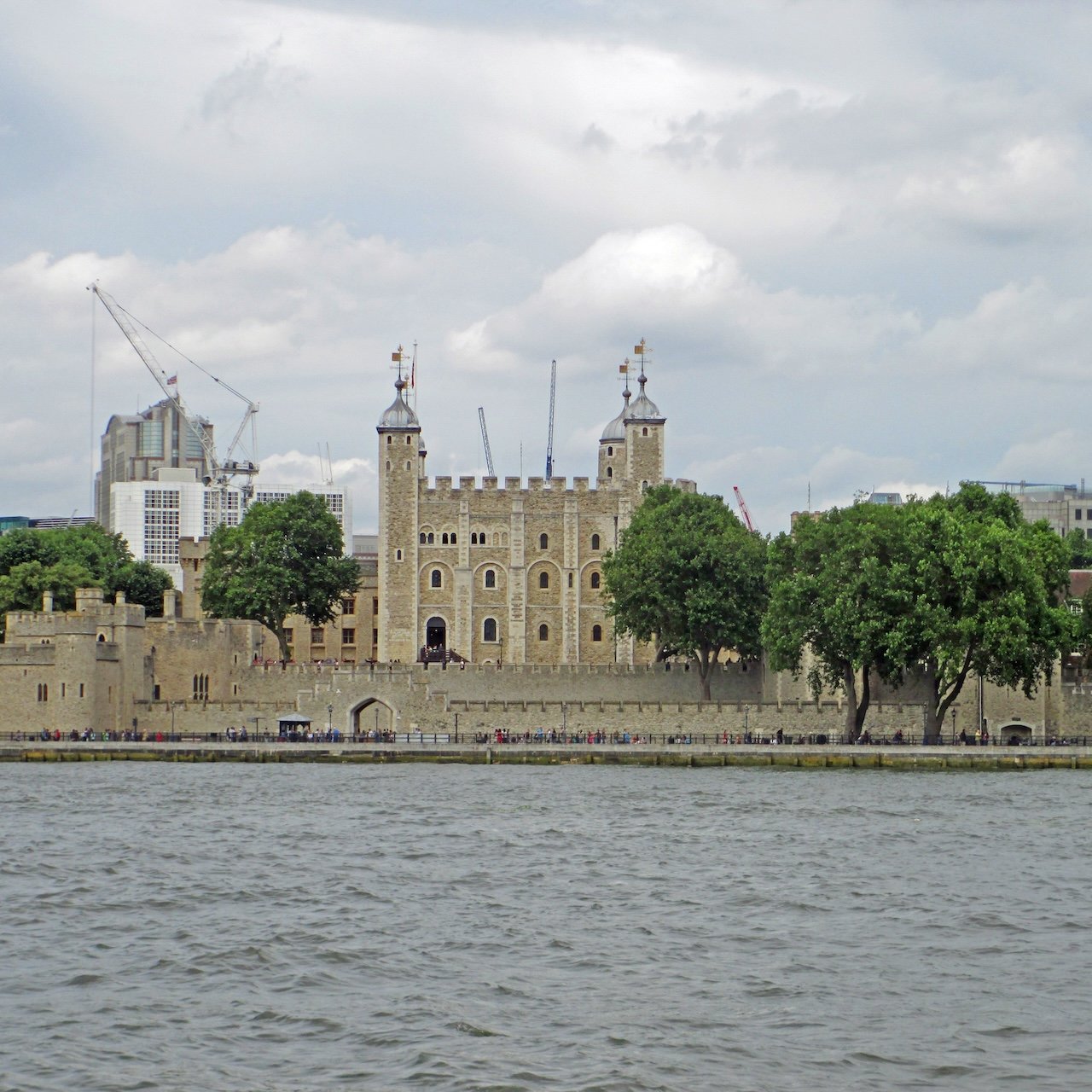
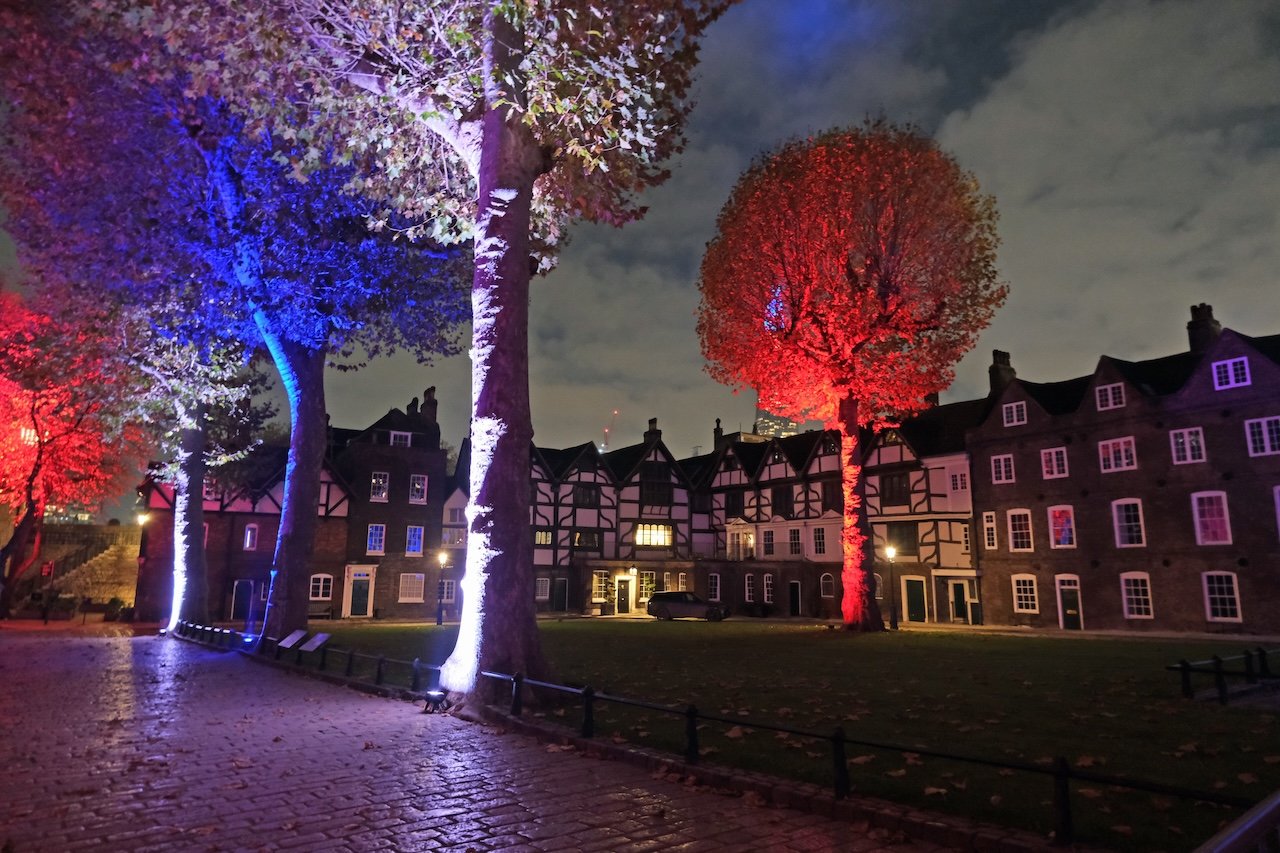
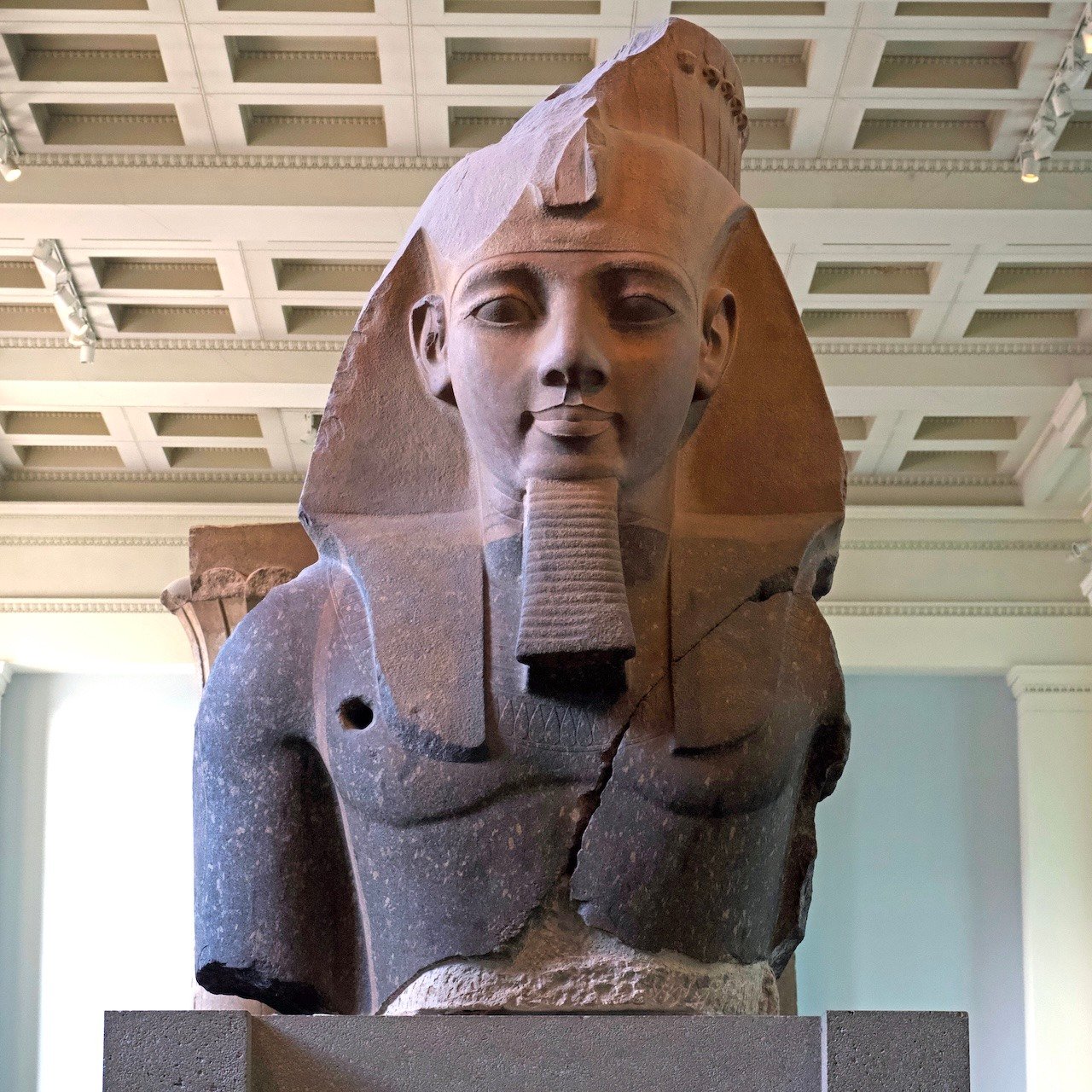
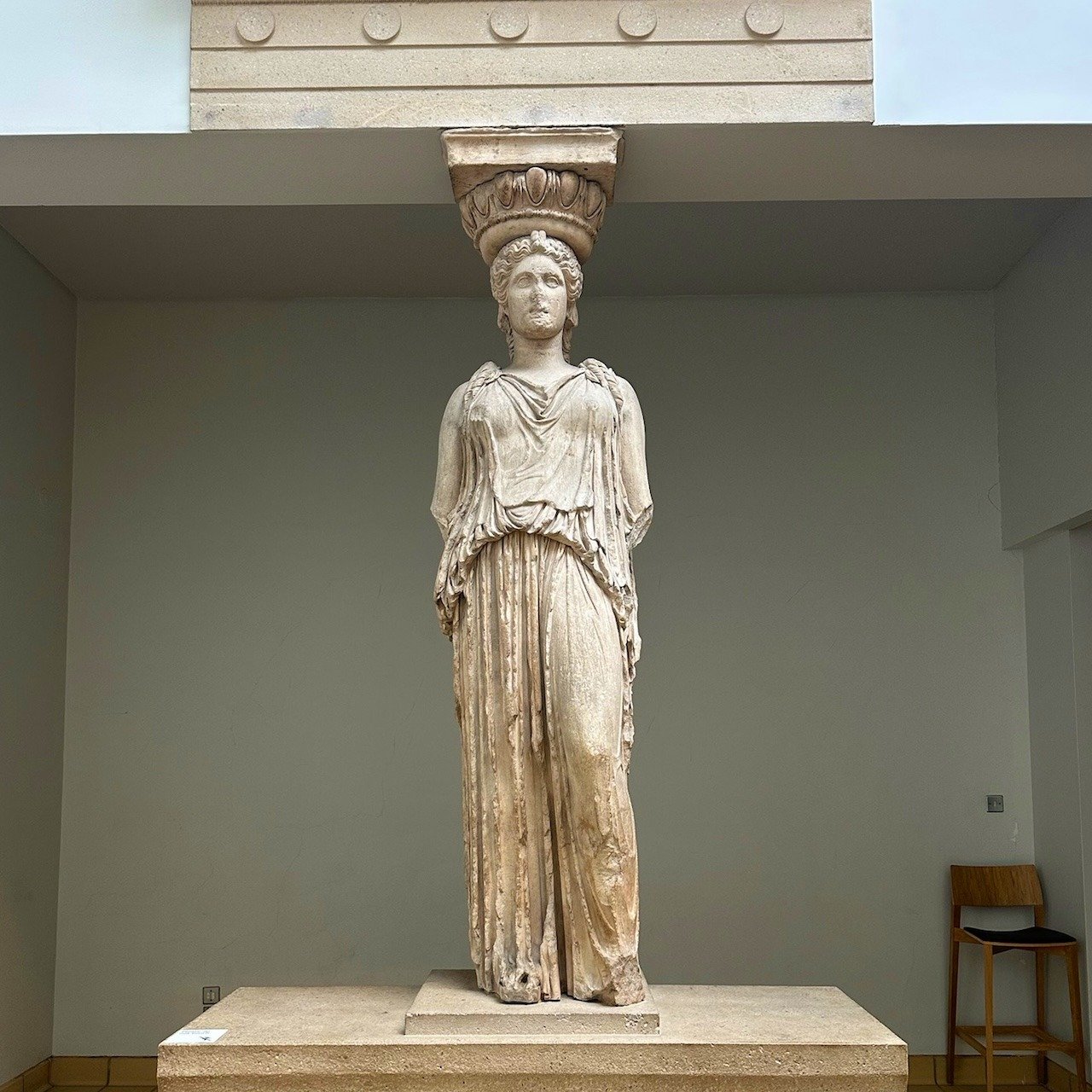
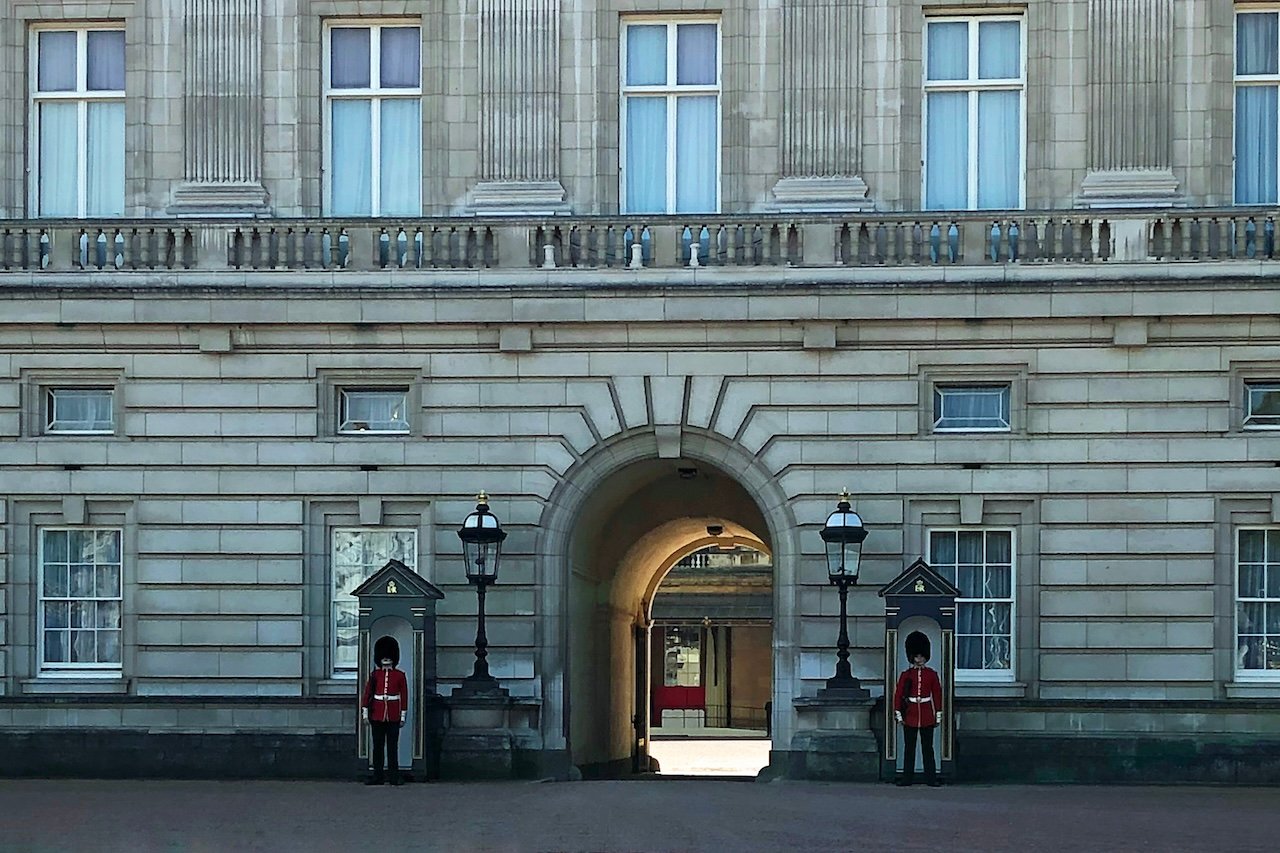
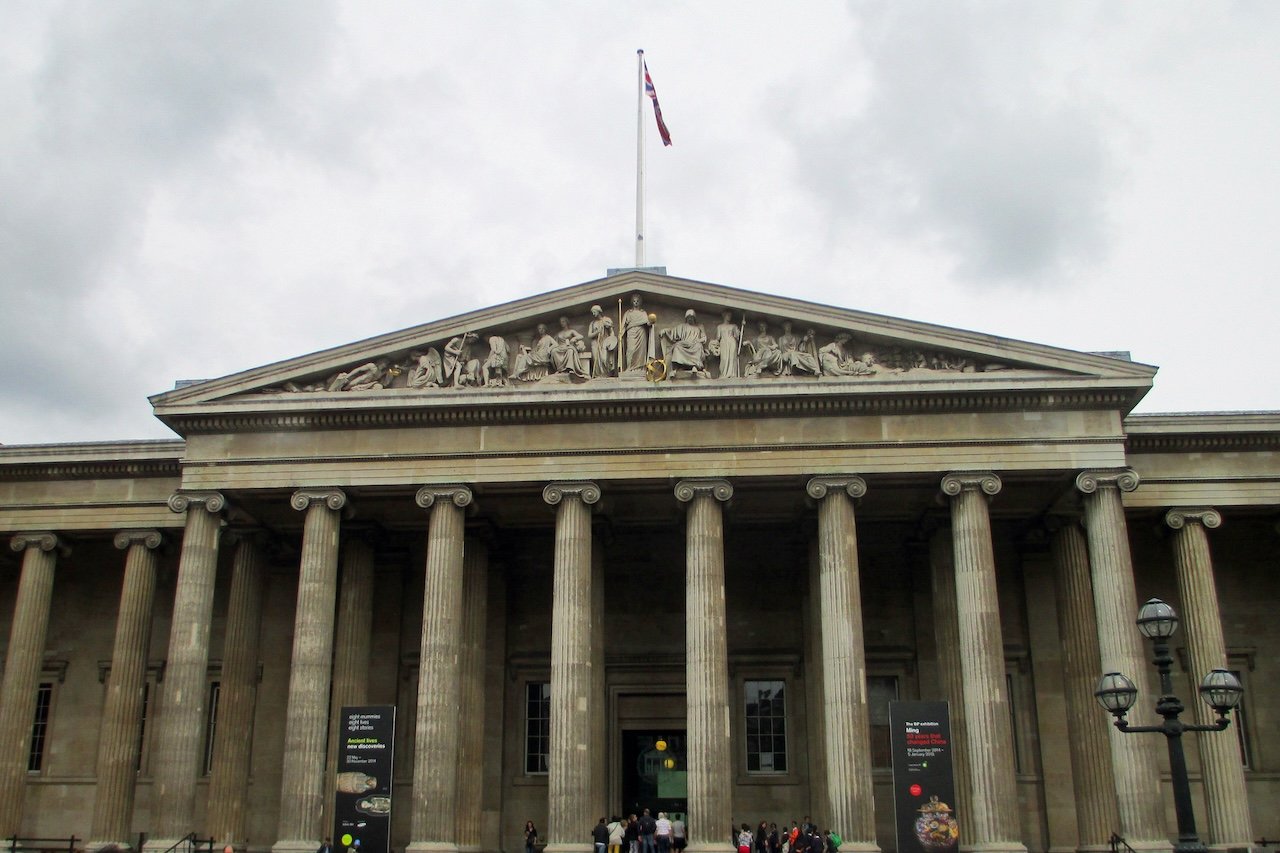
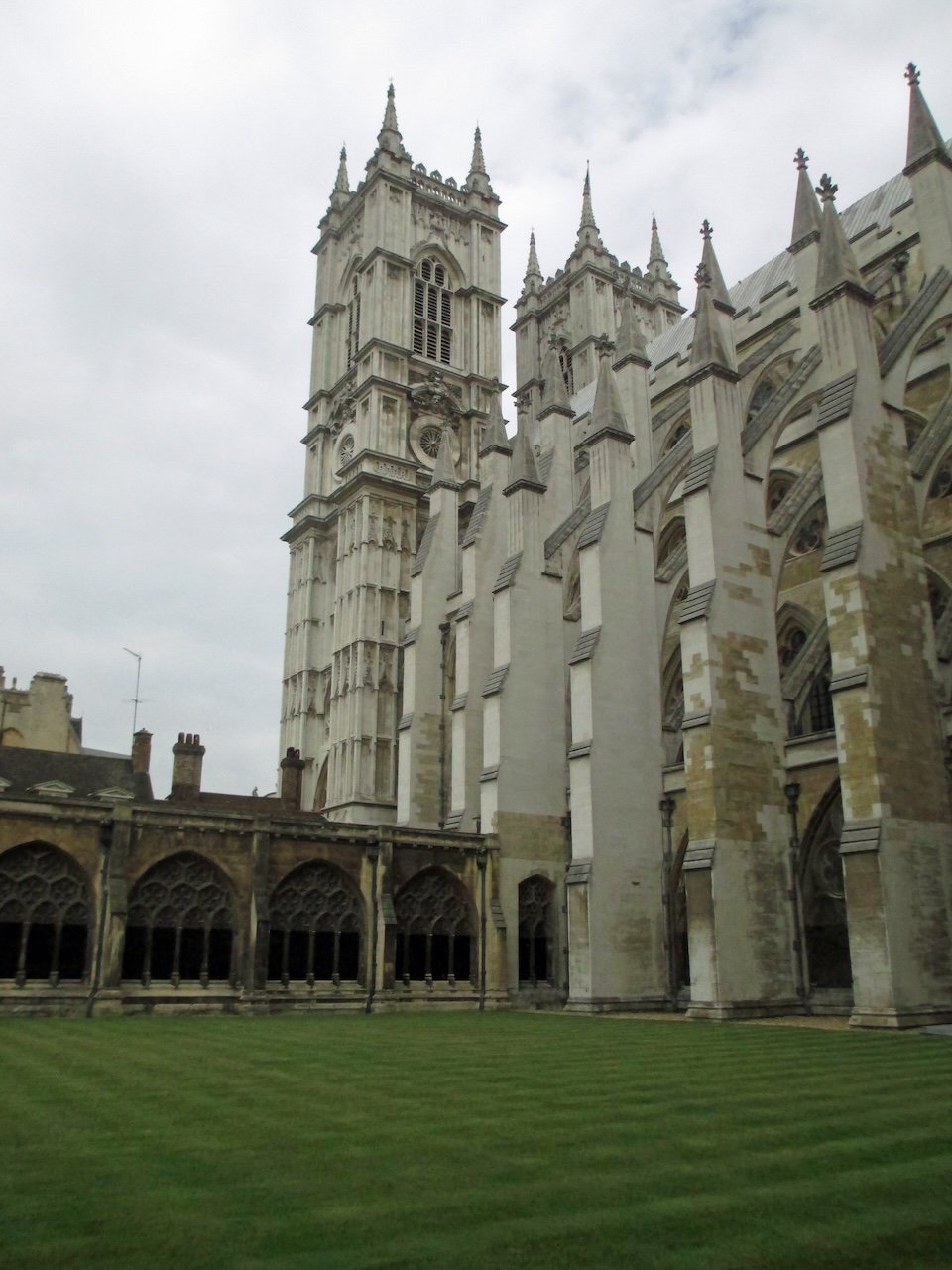
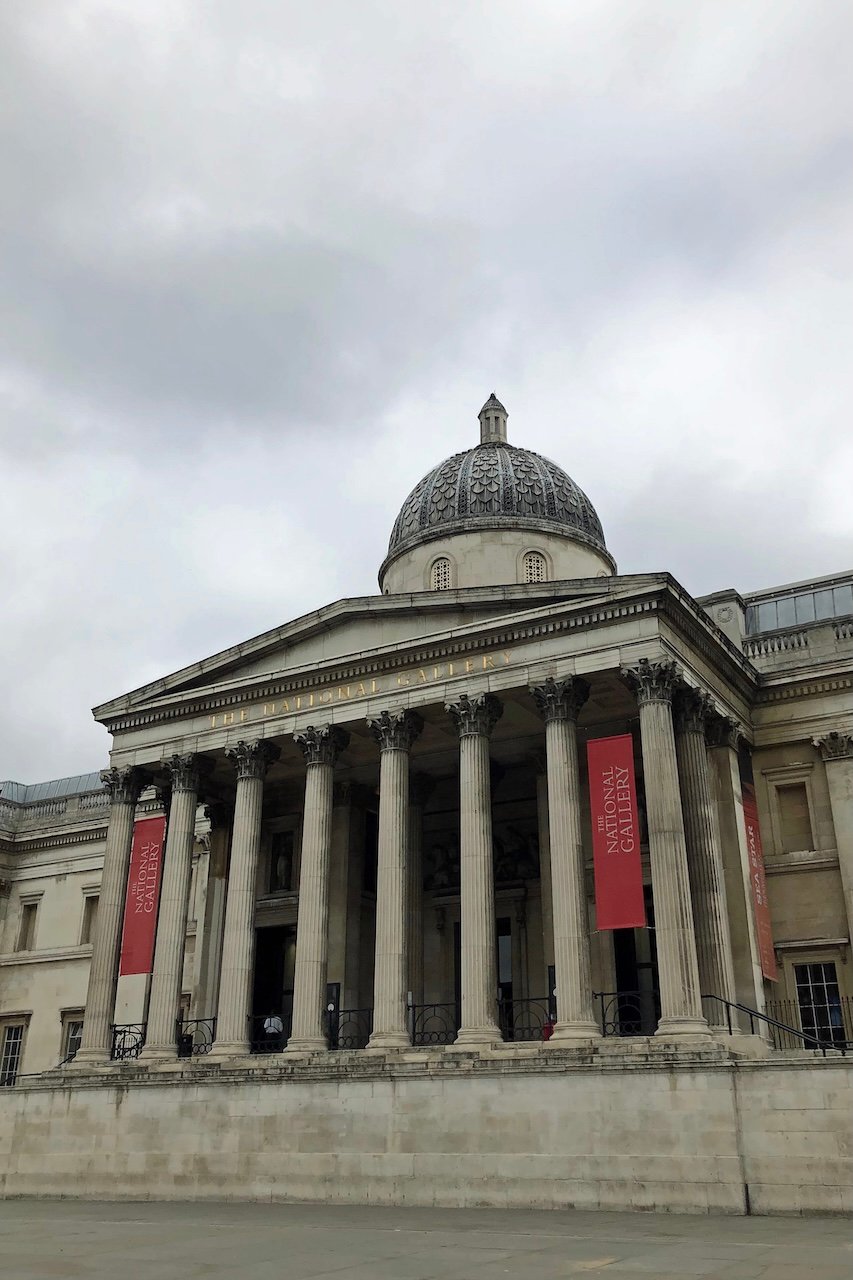
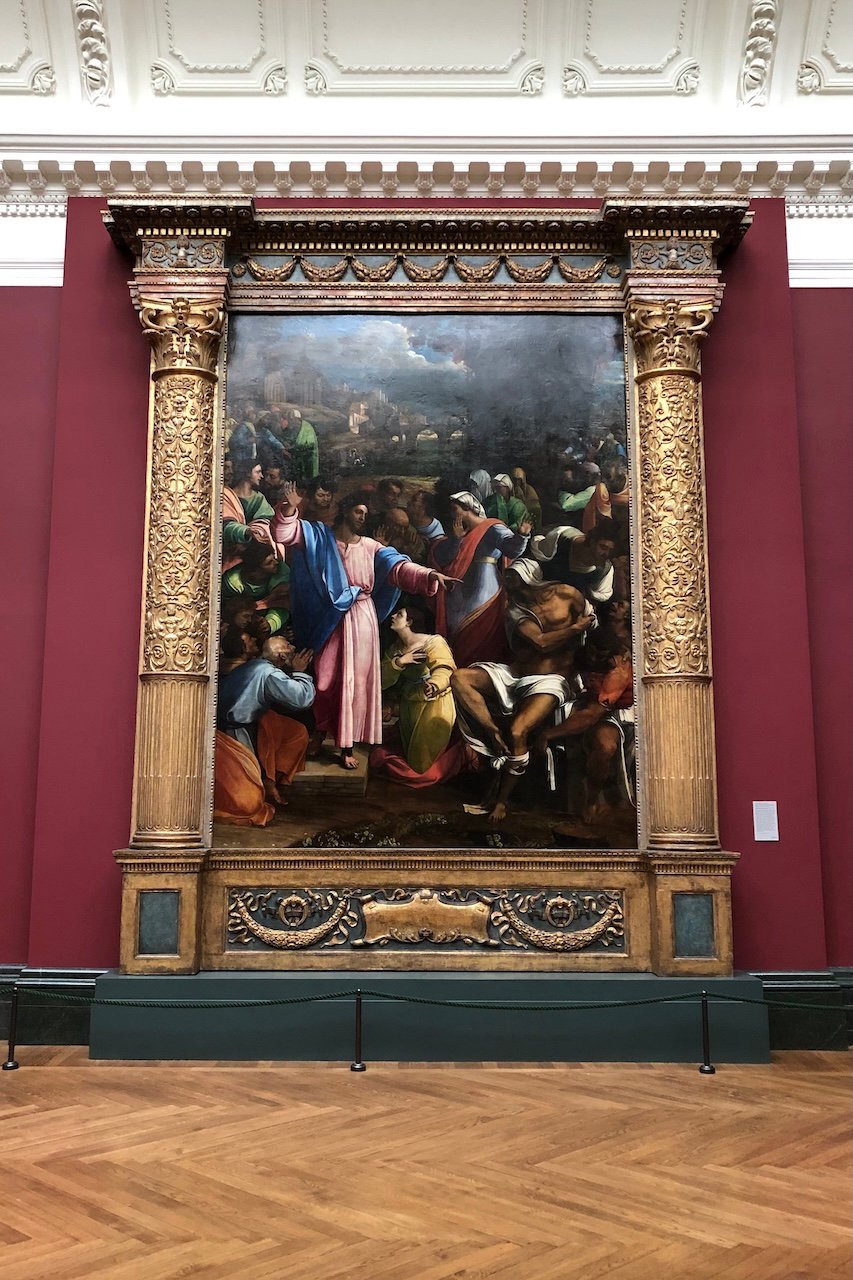
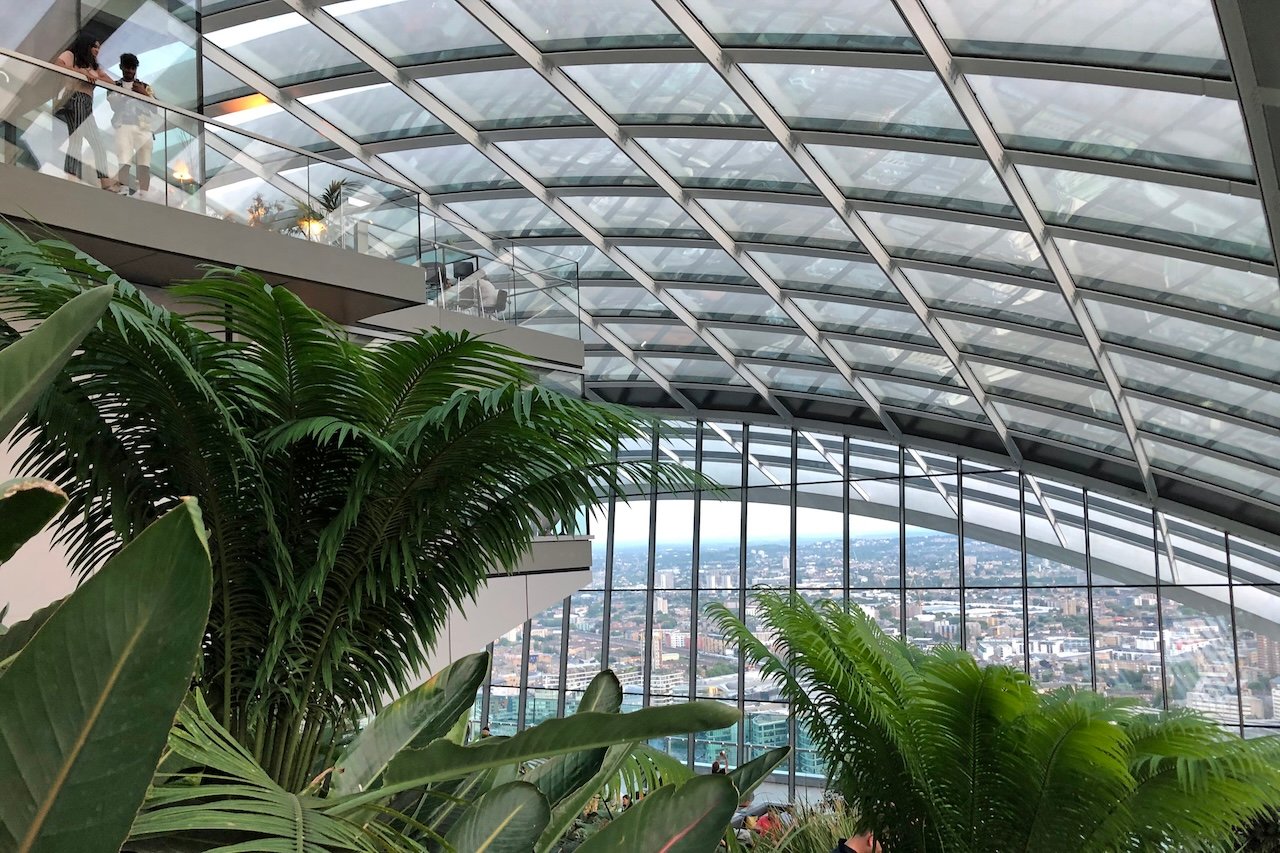
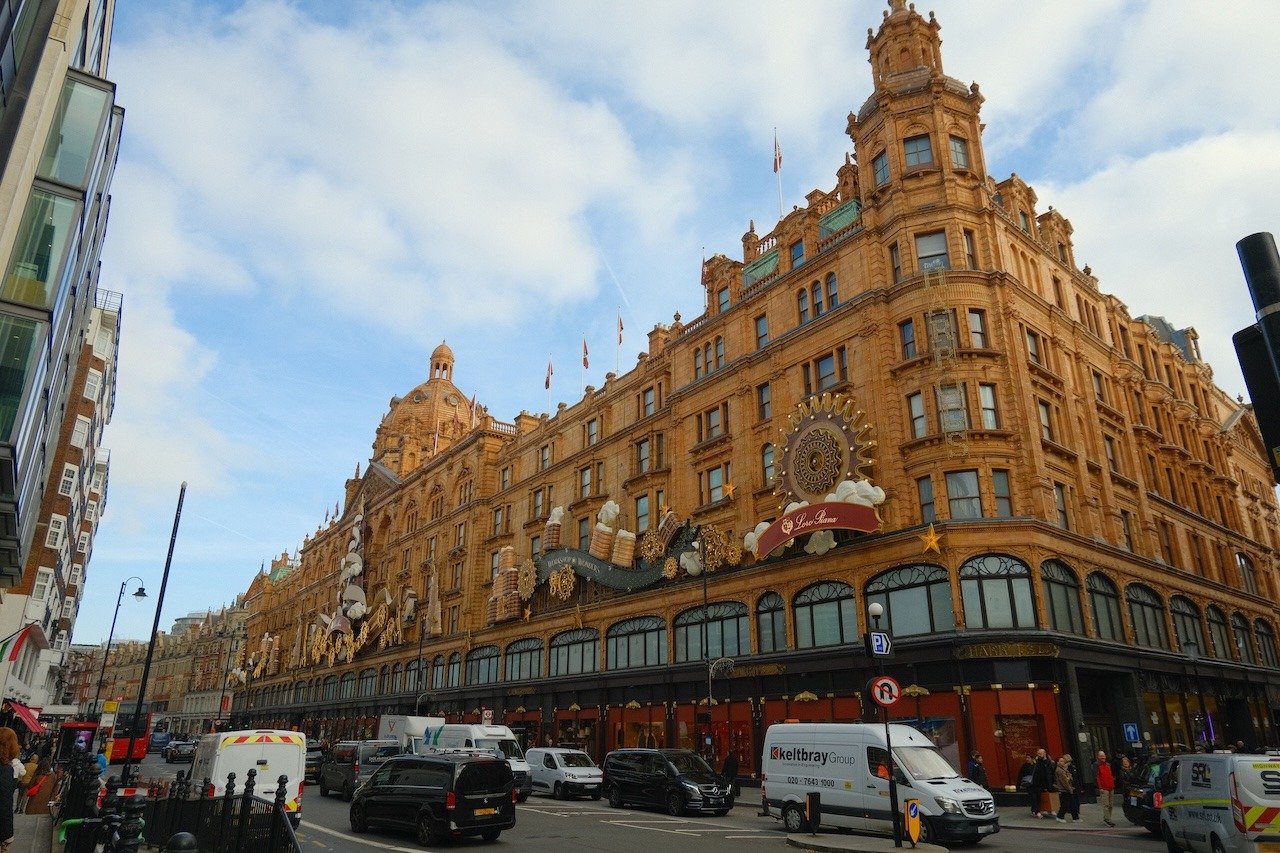
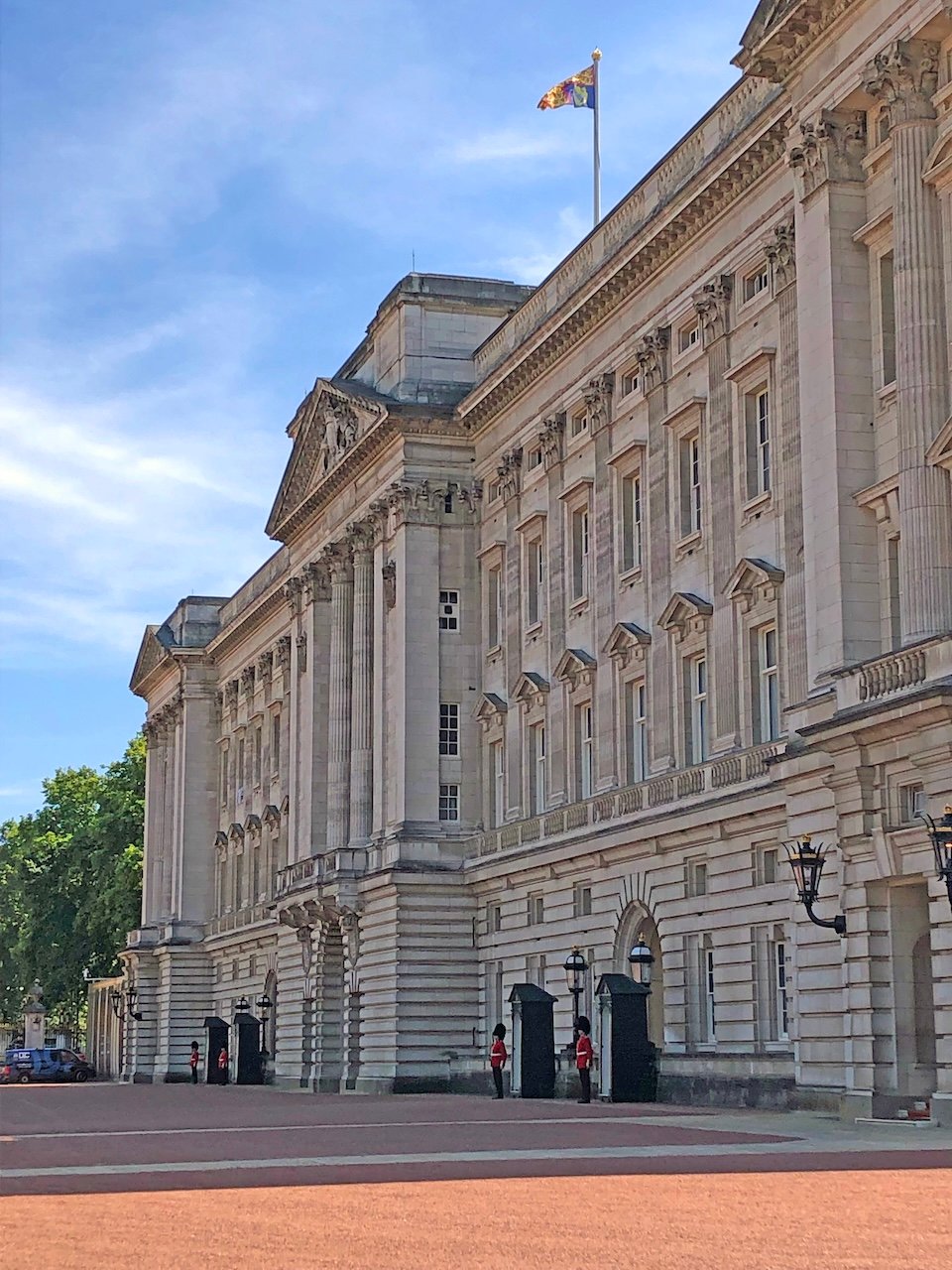
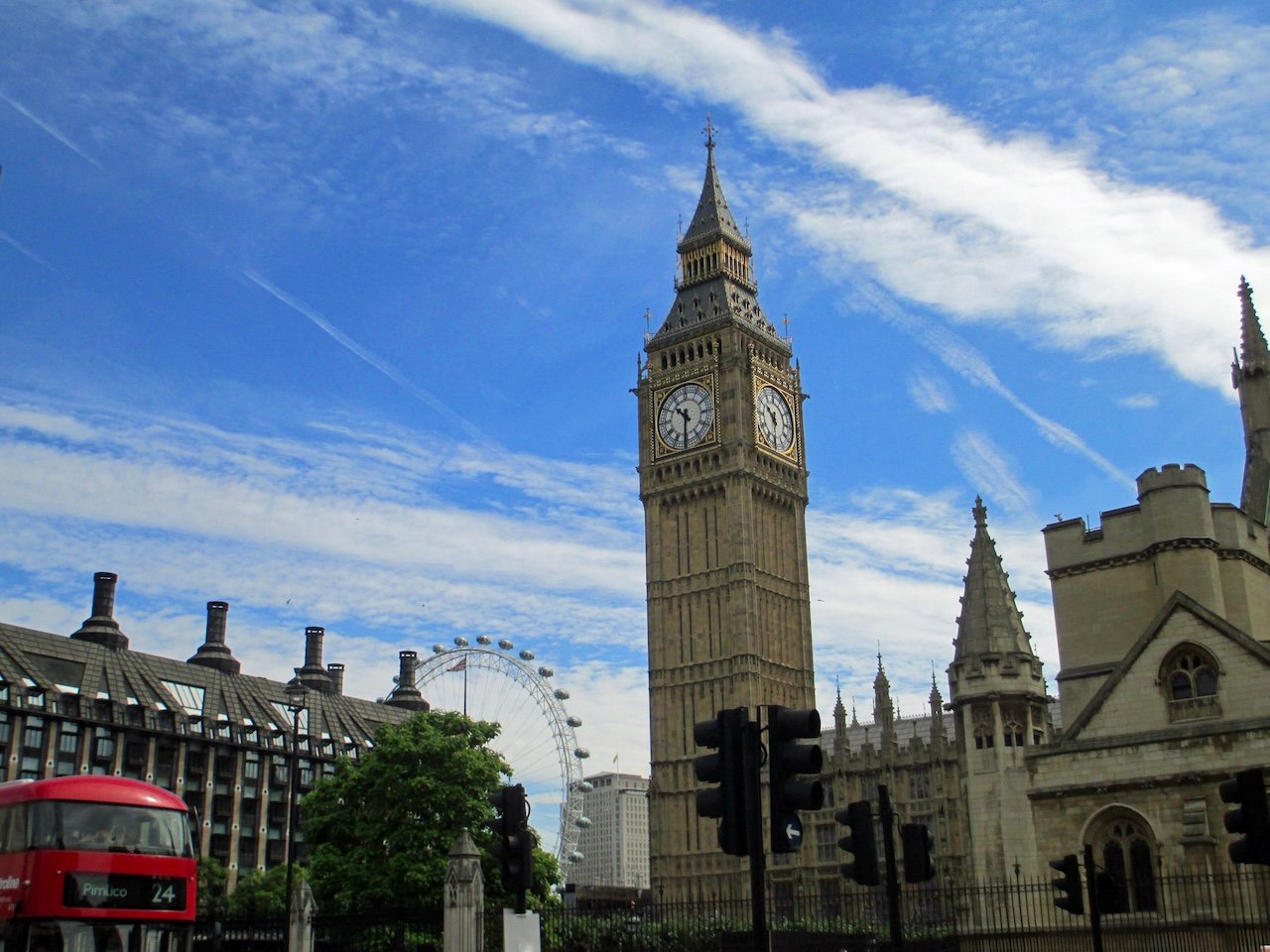
Don't Miss This: London City Pass (MegaPass)
Make the most of your time in London with the flexible and convenient London City Pass from MegaPass. This all-in-one sightseeing pass includes admission to must-see attractions like the Tower of London and Westminster Abbey, internet data via eSIM, and a London audio guide which is a great way to explore the city at your own pace. You can also customize your pass by adding extra attractions to your pass to suit your interests and itinerary. It is one of the best ways to save time and money while discovering the best things to do in London!
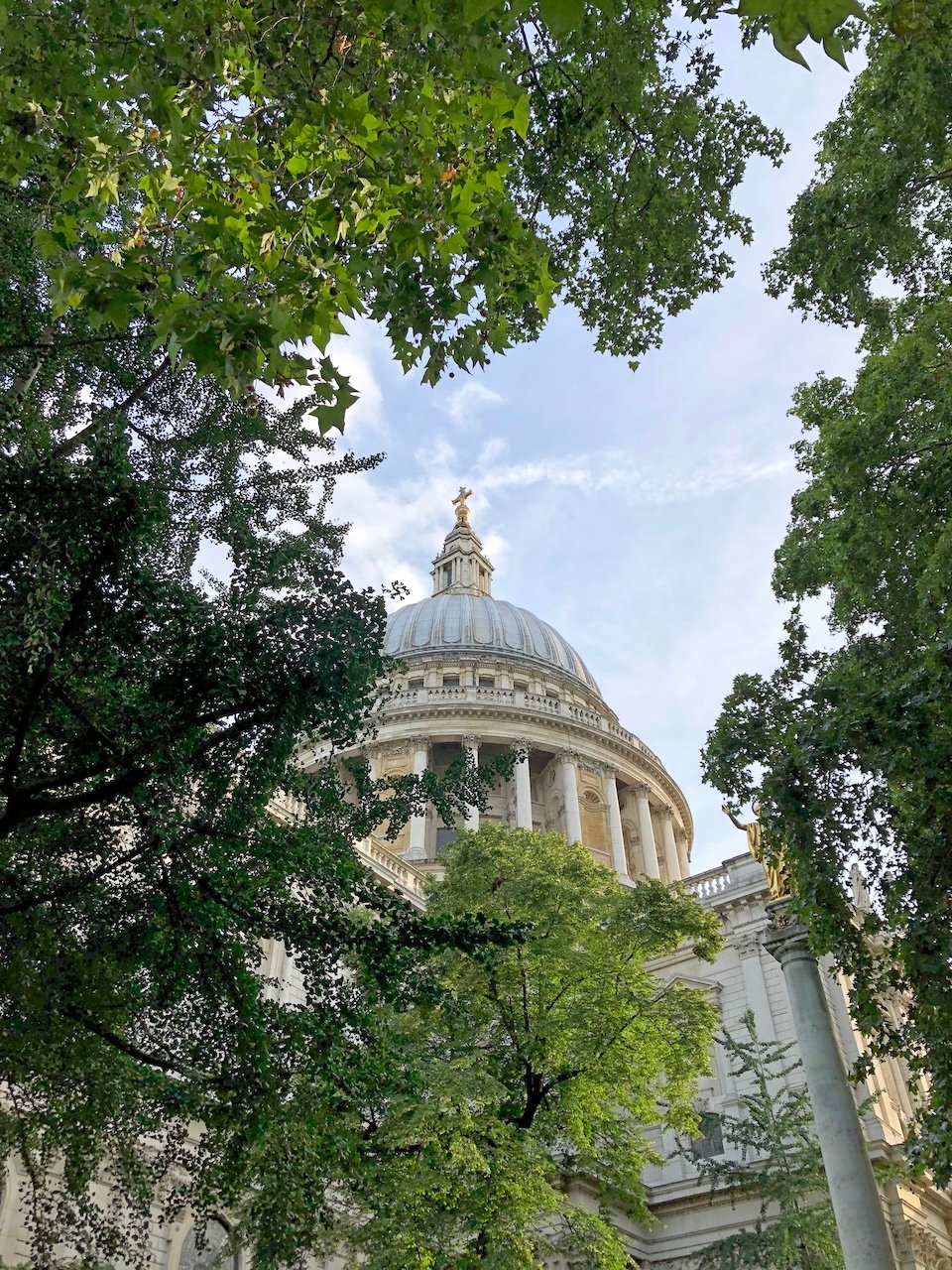
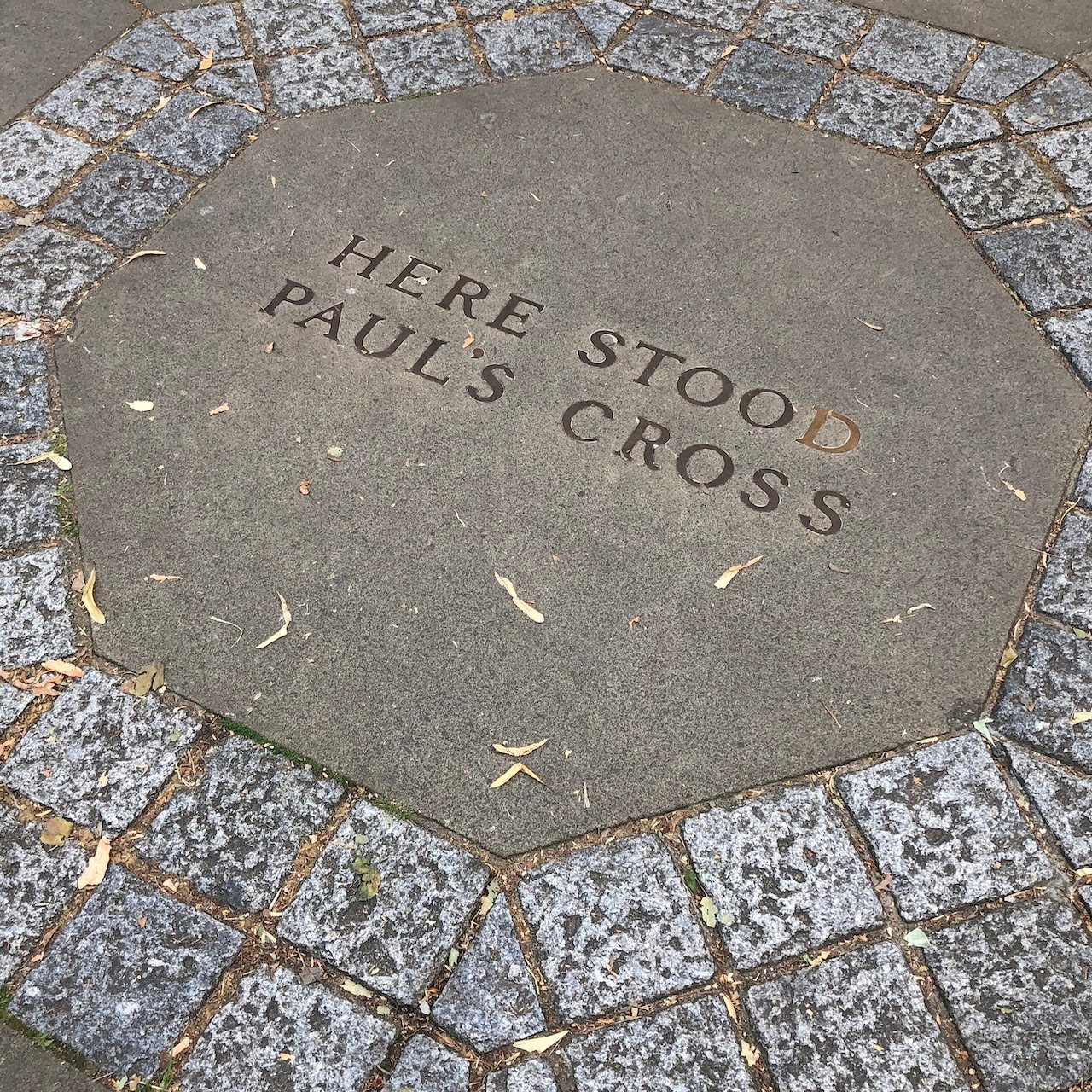
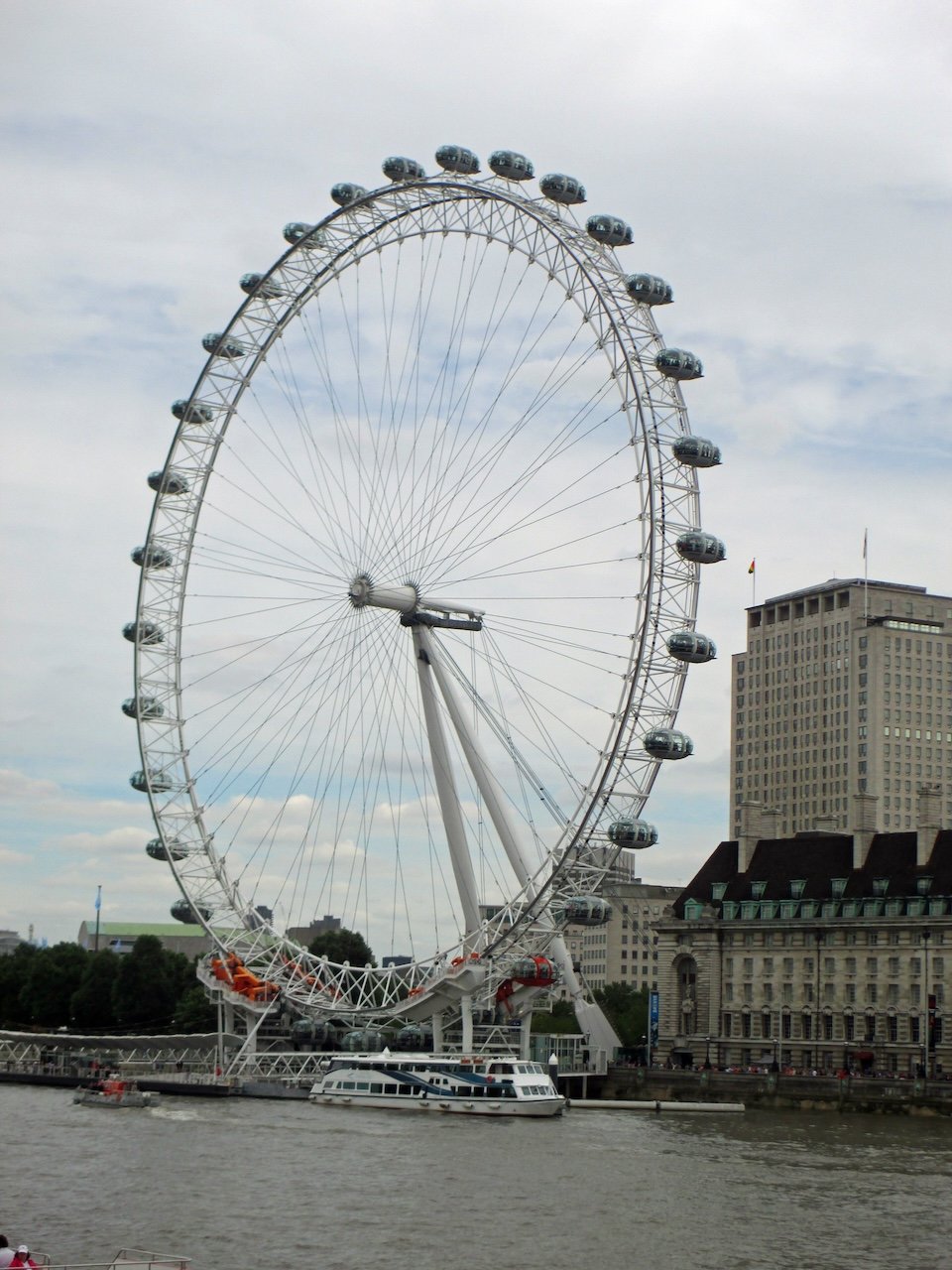
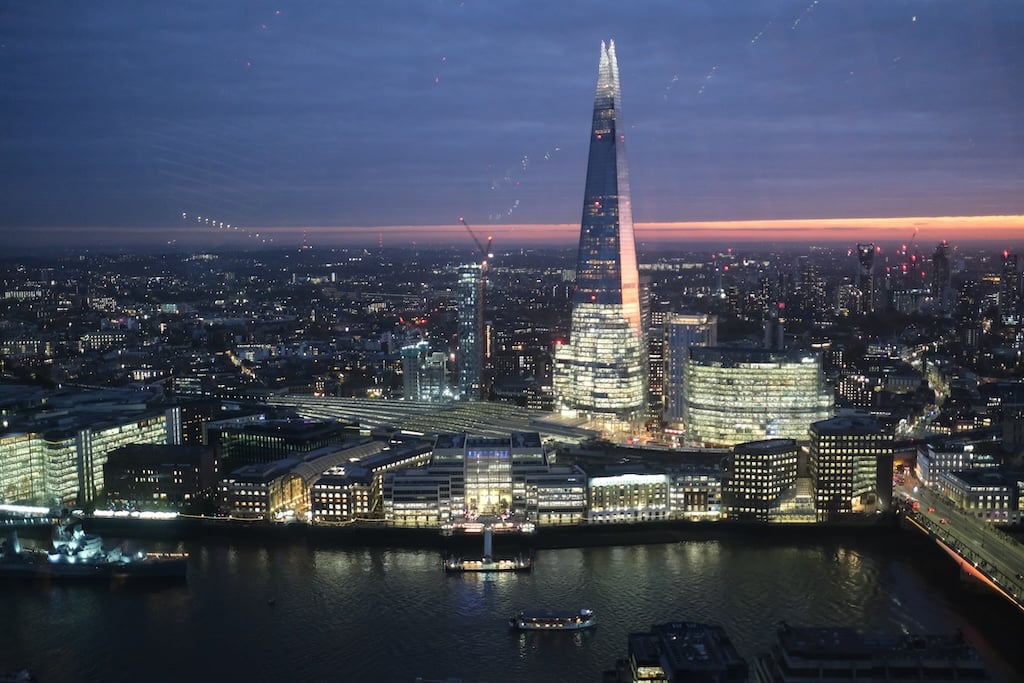
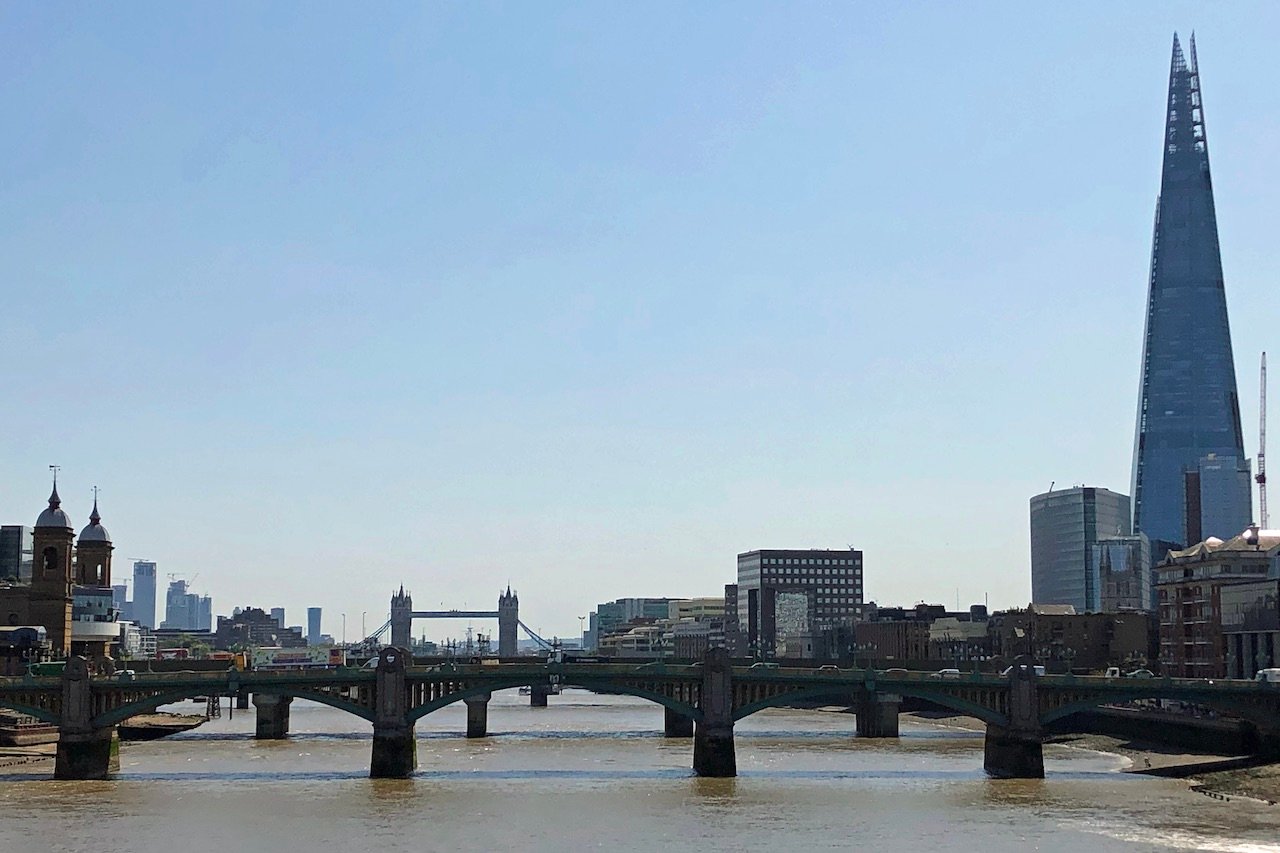
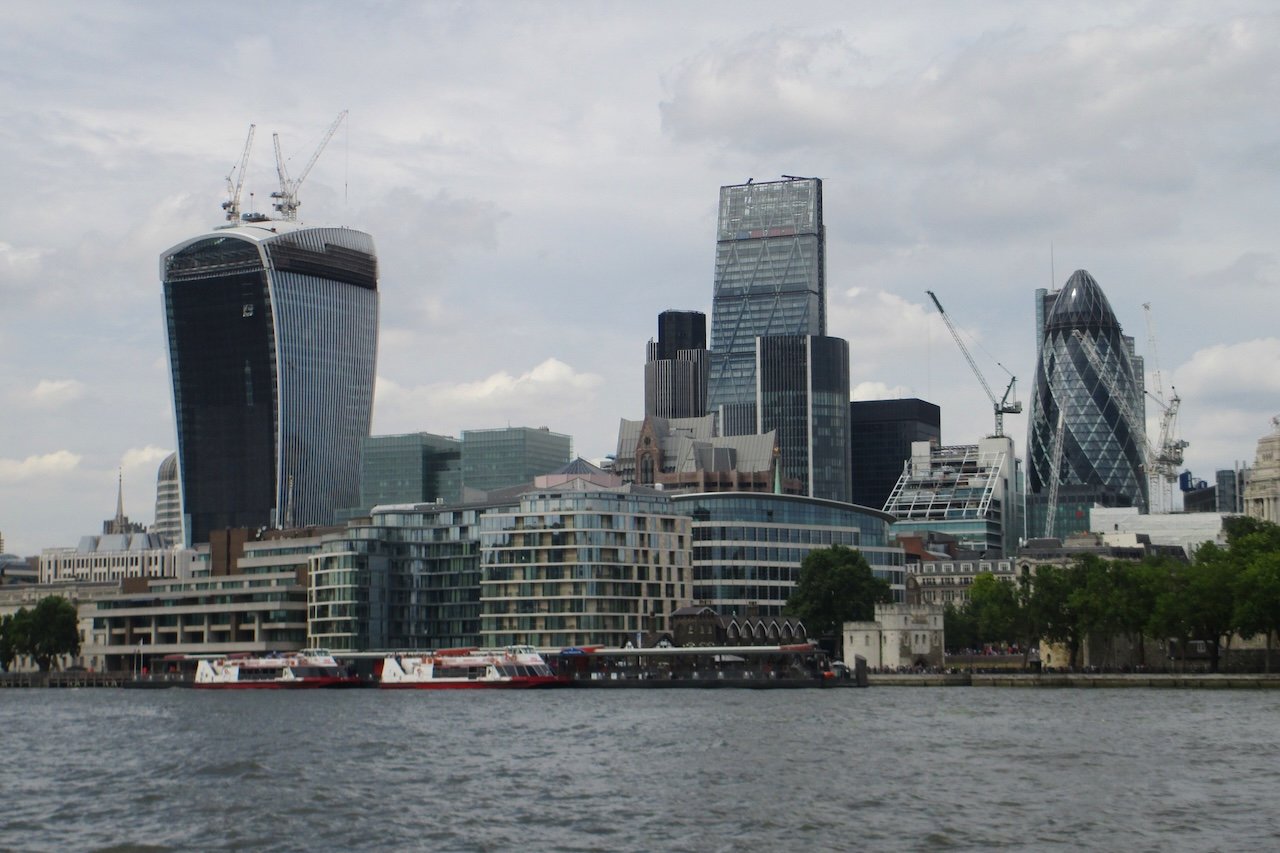
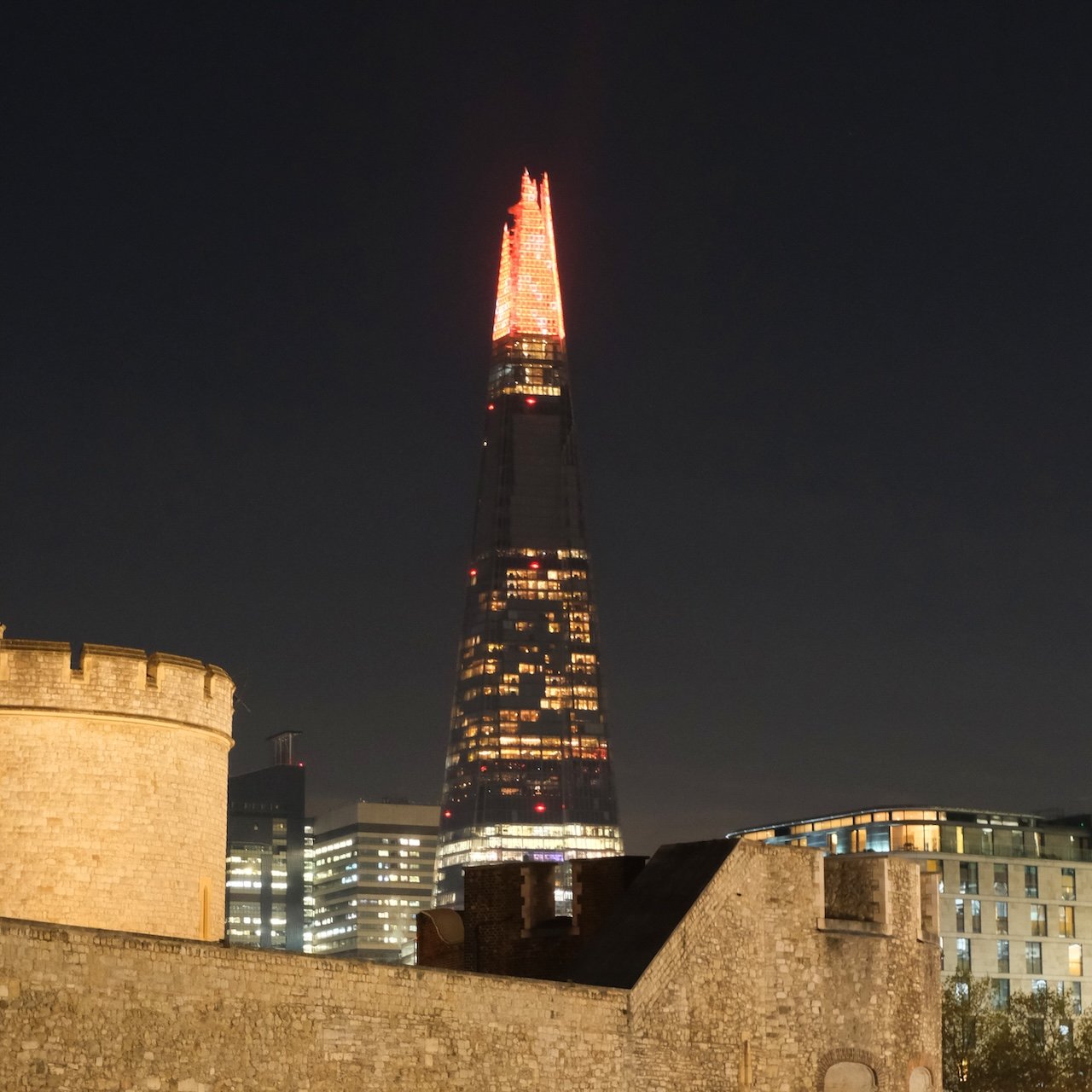
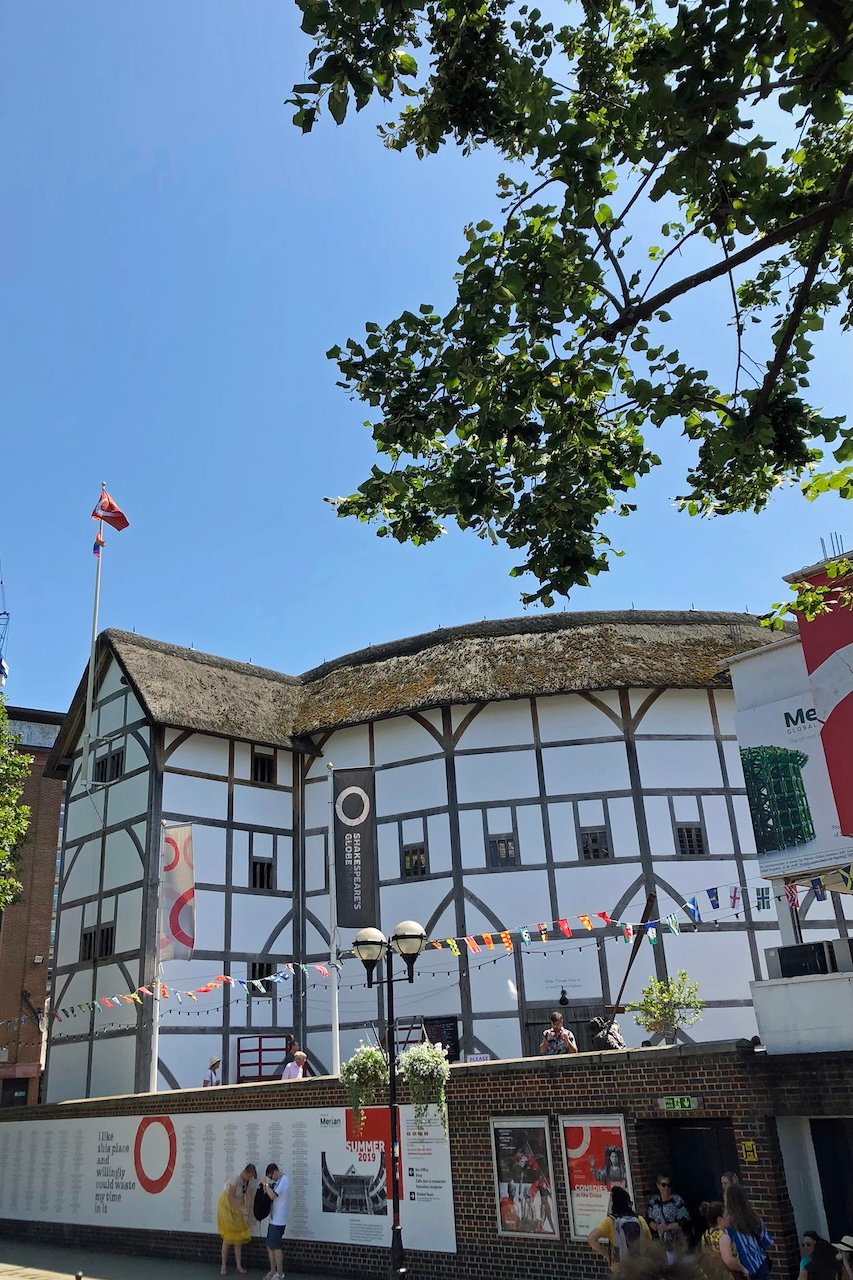
Famous London Landmarks & Attractions
- St. Paul's Cathedral: St. Paul's Cathedral is one of London's most famous landmarks, its dome dominating the skyline since it was rebuilt after the Great Fire of London in 1666. For centuries, the cathedral has been the site of national ceremonies, from the funeral of Sir Winston Churchill in 1965 to the wedding of Prince Charles and Lady Diana in 1981. Inside, the cathedral is incredibly beautiful, with soaring ceilings, mosaics, and the famous Whispering Gallery, where a whisper against the wall can be heard clearly on the opposite side. Admission includes access to the Dome which provides incredible views over London, the Cathedral itself, and the Crypt. St. Paul's Cathedral is only open Monday through Saturday for sightseeing. Tickets can be purchased on-site and online using the St. Paul's Cathedral website. Daily services are free and open to the public. For more information about daily worship, please visit the St. Paul's Cathedral website.
- Kensington Palace: Kensington Palace is most notable for being the home of Princess Diana. However, the palace was also the birthplace of Queen Victoria and has been home to British royals for over 300 years. Despite remaining a British royal residence (today it serves as the official London home of TRH The Prince & Princess of Wales and their family), parts of the palace are open to the public. Highlights include the King and Queen's State Apartments, the Jewel Room, and the exhibit on Queen Victoria when she was a young princess living at the palace. Tickets for Kensington Palace should be booked online, in advance of your visit via the Historic Royal Palaces website.
- Surrounding the palace is Kensington Gardens, once part of Hyde Park and now one of London’s most elegant green spaces. Wide tree-lined paths, ornamental flower beds, and quiet lawns make it a favorite spot for both locals and visitors to walk or relax. Highlights of Kensington Gardens include the Sunken Garden which features a statue of Princess Diana, the Albert Memorial, and the Princess Diana Memorial Playground, which draws families year-round. Kensington Gardens is free to visit. For more information, please visit The Royal Parks website.
- Located next to the palace is The Orangery at Kensington Palace, a graceful 18th-century building that was originally constructed to serve as a greenhouse for citrus trees. Today, it is one of the most atmospheric spots in London for afternoon tea. Its high ceiling and natural light make it a peaceful complement to the history and elegance of the palace itself. In addition to afternoon tea, The Orangery serves breakfast and lunch, daily. Reservations for The Orangery are recommended, as walk-ins cannot always be accomodated. For more information and to make a reservation, please visit The Orangery at Kensington Palace website.
- Hampton Court Palace: Hampton Court Palace is one of the most impressive royal palaces in England, best known as the home of King Henry VIII and his six wives. Located along the River Thames just outside of central London in Richmond upon Thames, the palace is a mix of Tudor and Baroque architecture, making it a fascinating place to trace centuries of royal history. Highlights include Henry VIII's Kitchens, where feasts for hundreds were prepared daily during his reign; the Great Hall, with its hammer-beam ceiling and tapestries; and the Chapel Royal, still in use today. The palace grounds are just as impressive, with formal gardens, the Hampton Court Maze, and the Great Vine which is said to the be the largest grapevine in the world. Tickets for Hampton Court Palace should be booked online through the Historic Royal Palaces website. Hampton Court Palace can be easily reached via the South Western Railway from Waterloo Station in about an hour.
Modern Icons & Observation Points
- London Eye: The London Eye is one of London's most modern landmarks and a great way to take in the skyline. Opened in 2000 to mark the millennium, this giant observation wheel on the South Bank of the River Thames has become a symbol of contemporary London. Standing at nearly 443 feet (135 meters) tall, it was once the world's tallest Ferris wheel. The London Eye is one of the most popular attractions in London, especially for first-time visitors. Each capsule is fully enclosed and air-conditioned, holding up to 25 people. A full rotation takes about 30 minutes. From the top, you are treated to incredible views of the River Thames, Big Ben and the Houses of Parliament, St. Paul's Cathedral, and more. The London Eye is a fantastic option if you are visiting London with kids. The ride is smooth, safe, and exciting without being overwhelming, and the slow pace gives children plenty of time to spot famous London landmarks from above. Discounted tickets are available online via the London Eye website.
- The Shard: As the tallest building in the United Kingdom, The Shard is the most striking building in London's skyline. Completed in 2012, The Shard's glass façade tapers into the sky like a shard of glass, giving the building its name. Visitors can head to The View from The Shard, the observation decks on levels 68, 69, and 72, which offer some of the most dramatic panoramic views of London. From here you can see St. Paul’s Cathedral, Tower Bridge, the London Eye, and even as far as Wembley Stadium on a clear day. Unlike the London Eye’s timed 30-minute rotation, the Shard’s viewing galleries allow you to linger as long as you like, with both indoor and outdoor viewing platforms. Ticket costs vary based on the day and time. For more information and to book tickets, please visit The View from The Shard website.
- Millennium Bridge: The Millennium Bridge is a sleek steel pedestrian bridge that links St. Paul's Cathedral on the north bank of the River Thames with the Tate Modern and Shakespeare's Globe on the south. Opened in 2000, it quickly became known as the "wobbly bridge" due to unexpected swaying on its first days. (Do not worry though, the swaying issue has been fixed!) Walking across the Millennium Bridge offers some of the best perspectives in London. Looking one way, the dome of St. Paul’s rises perfectly in line with the bridge’s walkway; look the other way and you will see The Shard cutting into the skyline. Its open design makes it especially photogenic, and it has featured in numerous films, including Harry Potter and the Half-Blood Prince.
Entertainment & Cultural Landmarks
- Shakespeare's Globe Theatre: The Globe Theatre was originally built in 1599 and became the stage for many of Shakespeare's most famous plays. The current Shakespeare's Globe, completed in 1997, is a faithful reconstruction located just a short walk from its original site on London's South Bank. Shakespeare's Globe offers a rare chance for visitors to experience Elizabethan theatre as audiences did over 400 years ago, since live performances regularly take place in the open-air theatre. The productions range from faithful renditions of Shakespeare’s plays to bold contemporary reinterpretations, all staged in the unique space of the Globe Theatre. Of course, a pilgrimage to Stratford-upon-Avon is on the list of every bardolater, but if you are not leaving London, the Globe Theatre is the next best thing! To view an upcoming performance schedule and book tickets, as well as book a guided tour of the theatre itself, please visit the Shakespeare's Globe website.
- Royal Albert Hall: Royal Albert Hall is one of South Kensington's most distinctive buildings, easily recognized by its circular red-brick design, terracotta freizes, and domed glass-and-iron roof. Opened in 1871 by Queen Victoria and named for her late husband, Prince Albert, the hall was designed in the Italianate style. Inside, the architecture is just as impressive, with a vast auditorium that seats over 5,000 people beneath the dramatic ceiling adorned with the famous “mushroom” acoustic diffusers. Its performance calendar spans everything from opera and ballet to rock concerts, and film screenings with live orchestras. Guided tours are available if you are not attending a show, giving you a chance to see the Royal Box, learn about the hall’s history, and admire its stunning design up close. A performance schedule and tickets for upcoming shows can be found on the Royal Albert Hall website.
- Wembley Stadium: Wembley Stadium is the largest stadium in the United Kingdom and one of the most famous sporting venues in the world. Originally opened in 1923 and rebuilt into its current form in 2007, Wembley is the home of English football and the site of some of the country’s most significant sporting events. Visitors who are not attending a match or concert can still experience the magic of Wembley through a stadium tour, which includes access to the locker rooms, the players’ tunnel, and the press room. The tour also covers the stadium’s history and gives a behind-the-scenes look at what it takes to run such a massive venue. A schedule of upcoming events at Wembley Stadium, as well as tickets, can be found on the Wembley Stadium website.
- Emirates Stadium: Emirates Stadium is home to Arsenal Football Club, located in Islington in North London. Visitors can take a full stadium tour, which includes access to the player's tunnel, locker rooms, press rooms, and a visit to the Arsenal Museum that displays trophies and memorabilia. Tickets for stadium tours should be booked online, in advance of your visit.
Outdoor Spaces & Parks in London
London is not only about palaces, museums, and landmarks, it is also one of the greenest capital cities in the world. From the best parks in London like Hyde Park and the UNESCO-listed Kew Gardens (our favorite), the city offers outdoor spaces that are as historic as they are beautiful. These outdoor spaces are perfect for a picnic, a morning run, or simply a break between sightseeing stops.
- Hyde Park: Hyde Park is London’s most famous green space and one of the largest Royal Parks in the city, covering 350 acres in the heart of central London. Originally created by Henry VIII as a private hunting ground in the 16th century, it has since become a public park. The park offers something for everyone and is a great place for those visiting London with kids. You can rent a boat on the Serpentine Lake, relax in the Rose Garden, or let your children burn off some energy at the Hyde Park Playground. Seasonal events bring the park to life throughout the year, from open-air concerts in the summer months to the Hyde Park Winter Wonderland (November 14, 2025 to January 1, 2026), which transforms the park into a festive destination with rides, a Christmas market, and plenty of holiday cheer.
- Kew Gardens: ♡ Kew Gardens, officially the Royal Botanic Gardens, Kew, is one of London’s most extraordinary green spaces and a UNESCO World Heritage Site. Spread across 300 acres in southwest London borough of Richmond upon Thames, Kew Gardens is home to the largest and most diverse collection of plants in the world. (In fact, Kew Gardens actually holds a Guinness World Records title for the largest living plant collection on Earth!) It is also one of the best hidden gems in London! Founded in the 18th century, it has grown into both a scientific research hub and a beloved public garden. Highlights include the Victorian glasshouses, such as the Palm House, which recreates a rainforest climate, and the Temperate House, the largest surviving Victorian glasshouse in the world. Seasonal plantings keep the gardens beautiful year-round, and the art installations and rotating exhibits add another layer of interest. One of the most magical times to visit is during Christmas at Kew, when the gardens are transformed into a glittering winter wonderland. A trail of lights winds through the grounds, with illuminated tunnels, artful displays, and festive food stalls creating a holiday atmosphere unlike anywhere else in London. Tickets for Christmas at Kew sell out weeks in advance and runs on select nights from November 14, 2025 through January 4, 2026.
- St. James's Park: St. James’s Park is the oldest of London’s Royal Parks and one of the most picturesque, sitting right in the ceremonial heart of the city. Flanked by Buckingham Palace on one side, Horse Guards Parade on another, and Whitehall just beyond, the park is often the backdrop to royal processions and state occasions. At the center of the park is a long lake, home to swans, ducks, and even a small colony of pelicans, which were a quirky gift from the Russian ambassador to King Charles II in the 17th century. St. James’s Park is the perfect place to pause between seeing the major sights like Buckingham Palace, Westminster Abbey, and Trafalgar Square.
- The Regent's Park: The Regent's Park was designed in the early 19th century for the Prince Regent, later King George VI. Covering nearly 400 acres, it blends landscaped gardens with wide open lawns, tree-lined avenues, and ornamental lakes, making it one of the city’s most versatile parks. The park is best known for the spectacular Queen Mary’s Gardens, home to approximately 12,000 roses that bloom in a rainbow of colors each summer. For families, Regent’s Park is a must-visit. It is home to the London Zoo, one of the oldest scientific zoos in the world, as well as boating lakes and several children’s play areas.
- Greenwich Park: Greenwich Park is another of London’s Royal Parks and one of its most scenic. Once a royal hunting ground for Henry VIII, the park today offers 183 acres of green space just a short ride from central London. The highlight is the Royal Observatory, where you can stand astride the Prime Meridian Line, the point that divides the eastern and western hemispheres. From here, the views back over London are some of the best in the city, stretching across the Thames to Canary Wharf, St. Paul’s Cathedral, and beyond. The park also houses the National Maritime Museum and the Queen’s House.
Popular Plazas & Squares in London
- Trafalgar Square: Trafalgar Square is one of London’s most famous public spaces and a natural gathering point in the city. Created in the 1840s to commemorate Admiral Nelson’s victory at the Battle of Trafalgar. (The Battle of Trafalgar foiled Napoleon’s plans to invade England and established Britain’s naval dominance.) The square is dominated by Nelson’s Column, which rises 170.6 feet (52 meters) and is guarded by four lions at its base. The square is also home to the National Gallery, making it both a cultural and social hub. At Christmas, it transforms into one of London’s most festive spots, with a towering tree from Norway (gifted each year since 1947), sparkling lights, and a market that fills the square with seasonal cheer. The Trafalgar Square Christmas Market is tentatively scheduled to run from November 9, 2025 to January 2, 2026.
- Leicester Square: Leicester Square has been the entertainment heart of London’s West End since the 17th century, and today it is still one of the city’s liveliest squares. Known worldwide for its red-carpet film premieres, Leicester Square is home to some of London’s most famous theaters, where blockbuster openings regularly draw Hollywood stars. The square is regularly filled with tourists, families, and theatergoers making their way to nearby West End shows. The central garden, lined with statues of figures from Shakespeare to Charlie Chaplin, offers a quieter space to pause amid the crowds of the surrounding streets.
- Jetset Seeker Pro Tip: Want to see a West End show without blowing your budget? Skip the pricey reseller sites and head straight to the theatre’s box office the morning of the performance! Many theatres offer same-day “day seats” at a fraction of the list price. You can also stop by the official TKTS Booth in Leicester Square for discounted same-day and next-day tickets. Not sure what show to see? Browse the official London Theatre website before your trip to see what is playing on the West End.
- Piccadilly Circus: Piccadilly Circus is one of London’s most famous crossroads. Often compared to Times Square in New York City, it is instantly recognizable for its giant digital billboards that light up the surrounding buildings and for the Shaftesbury Memorial Fountain, more commonly known as the statue of Eros. The area has been a central meeting point since it was built in 1819, since it several of London’s busiest streets converge here, including: Regent Street, Shaftesbury Avenue, and Piccadilly itself. Today, it remains a hub of activity at all hours, filled with tourists, commuters, and theatre-goers heading to Soho and the West End.
- Grosvenor Square: Grosvenor Square is one of the largest garden squares in London and the centerpiece of Mayfair. Established in the 18th century by the Grosvenor family, whose name it still bears, the square has long been associated with American diplomacy and politics. It was once home to the first American consulate in Britain and, later, General Dwight D. Eisenhower used Grosvenor Square as his headquarters during World War II. Today, the former U.S. Embassy in Grosvenor Square is now The Chancery Rosewood Hotel. (The U.S. Embassy moved to Nine Elms in Wandsworth in 2017.) The square itself is a peaceful retreat surrounded by stately Georgian townhouses and luxury hotels. Though quieter than Trafalgar or Leicester Square, Grosvenor Square offers a glimpse of Mayfair’s history.
- Soho Square: Soho Square is a small garden square tucked into the heart of London’s Soho neighborhood, just a short walk from Oxford Street. First created in the 17th century, it was once one of the city’s most fashionable addresses, home to aristocrats and wealthy merchants. Today, it is surrounded by offices, restaurants, and bars, and the square itself serves as a popular lunchtime retreat for locals. At its center stands a quirky mock-Tudor hut, built in 1925, which adds a bit of charm to the green space. The square is also lined with benches, flowerbeds, and shady trees.

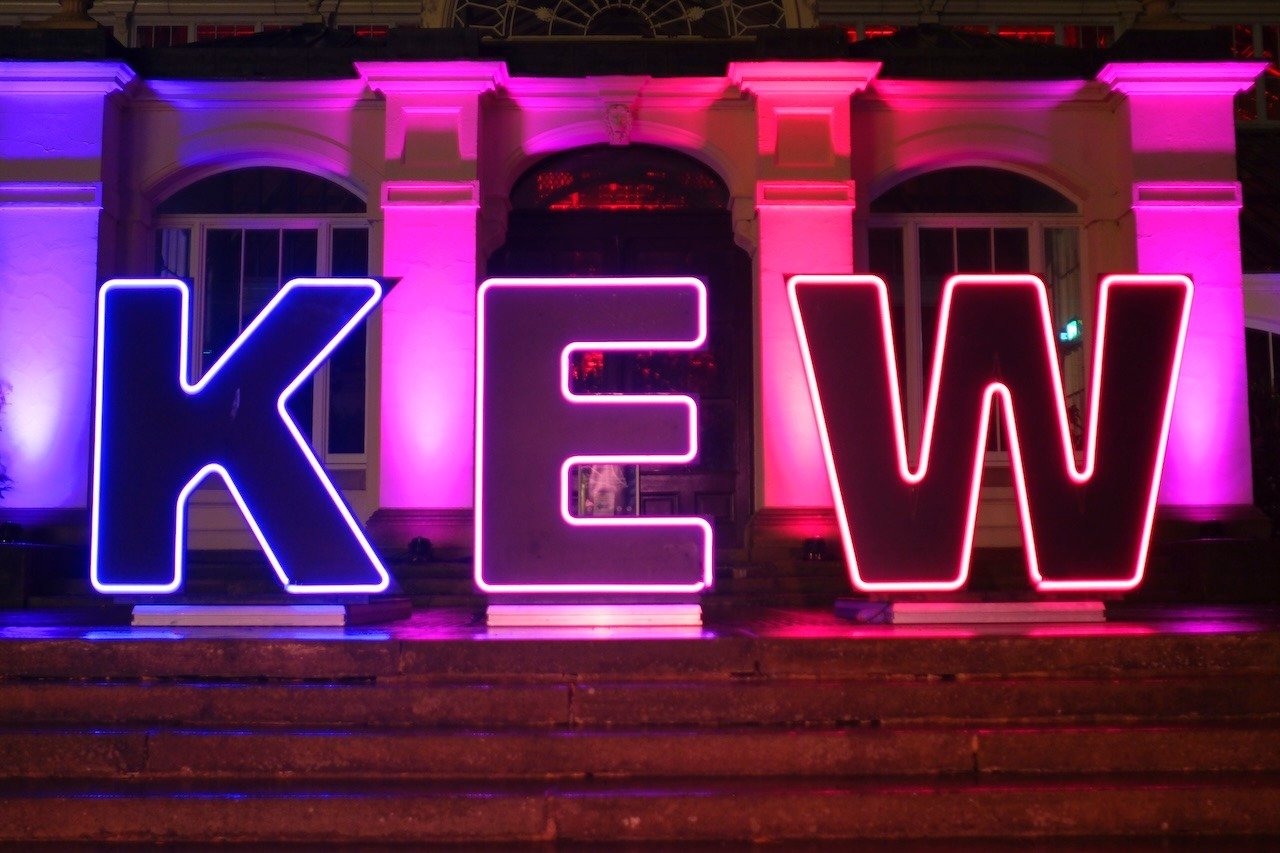
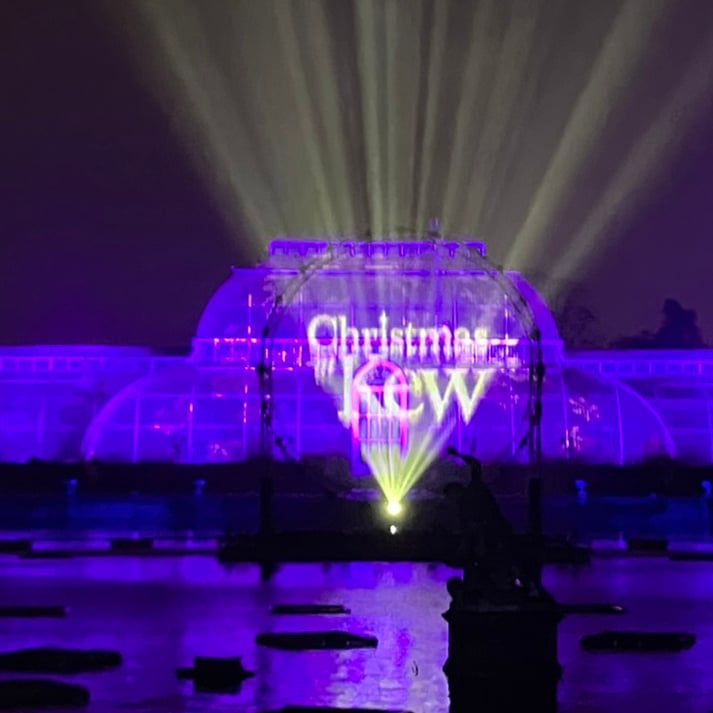
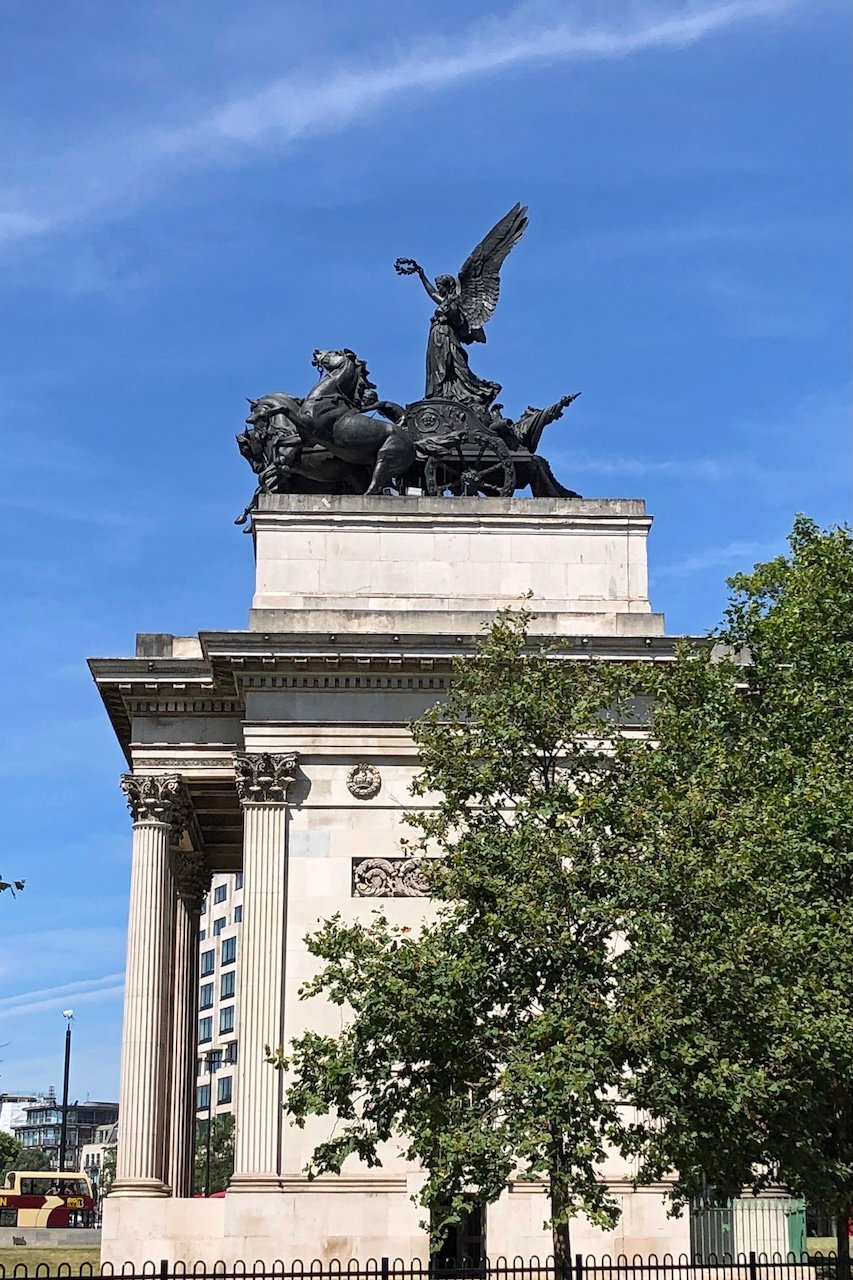
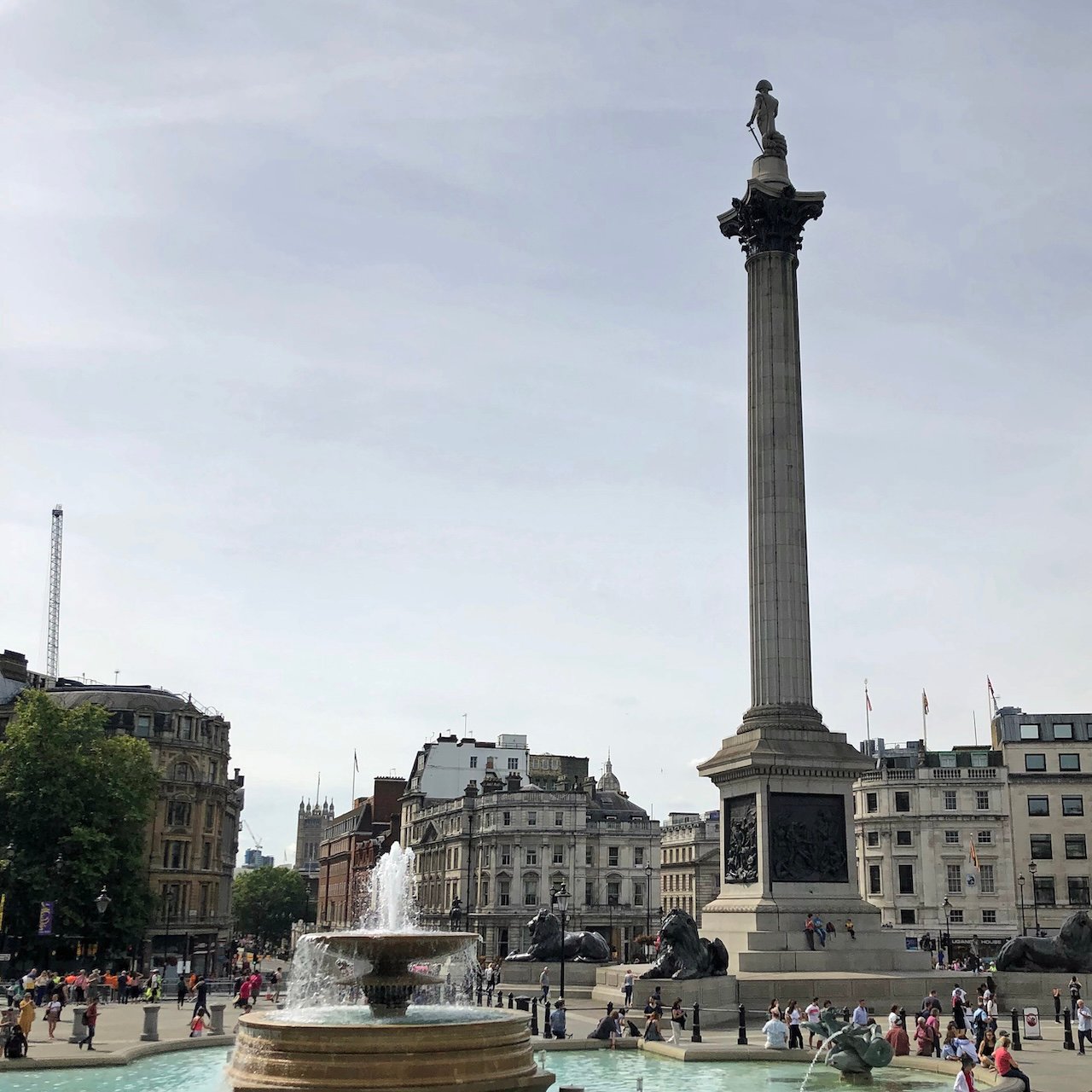
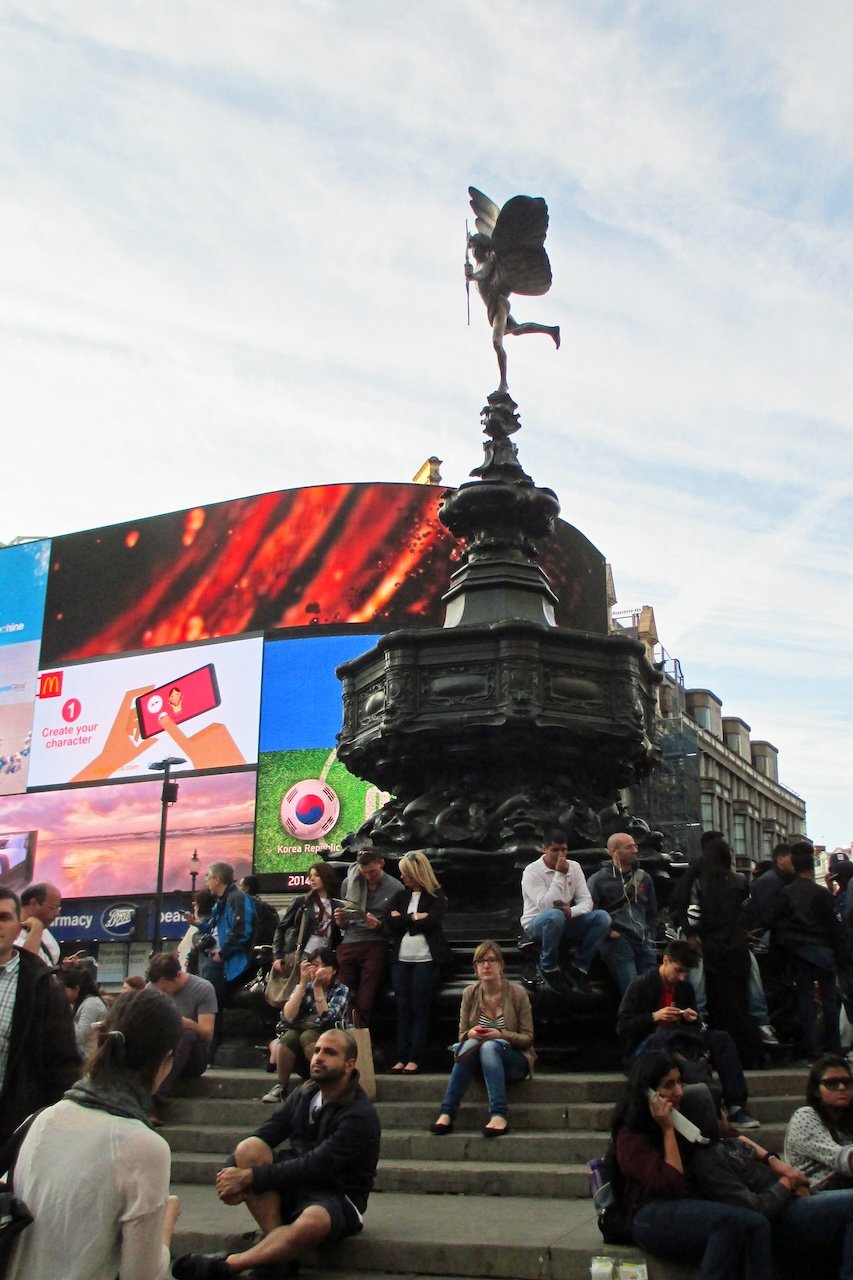
London Travel Guide Quick Links
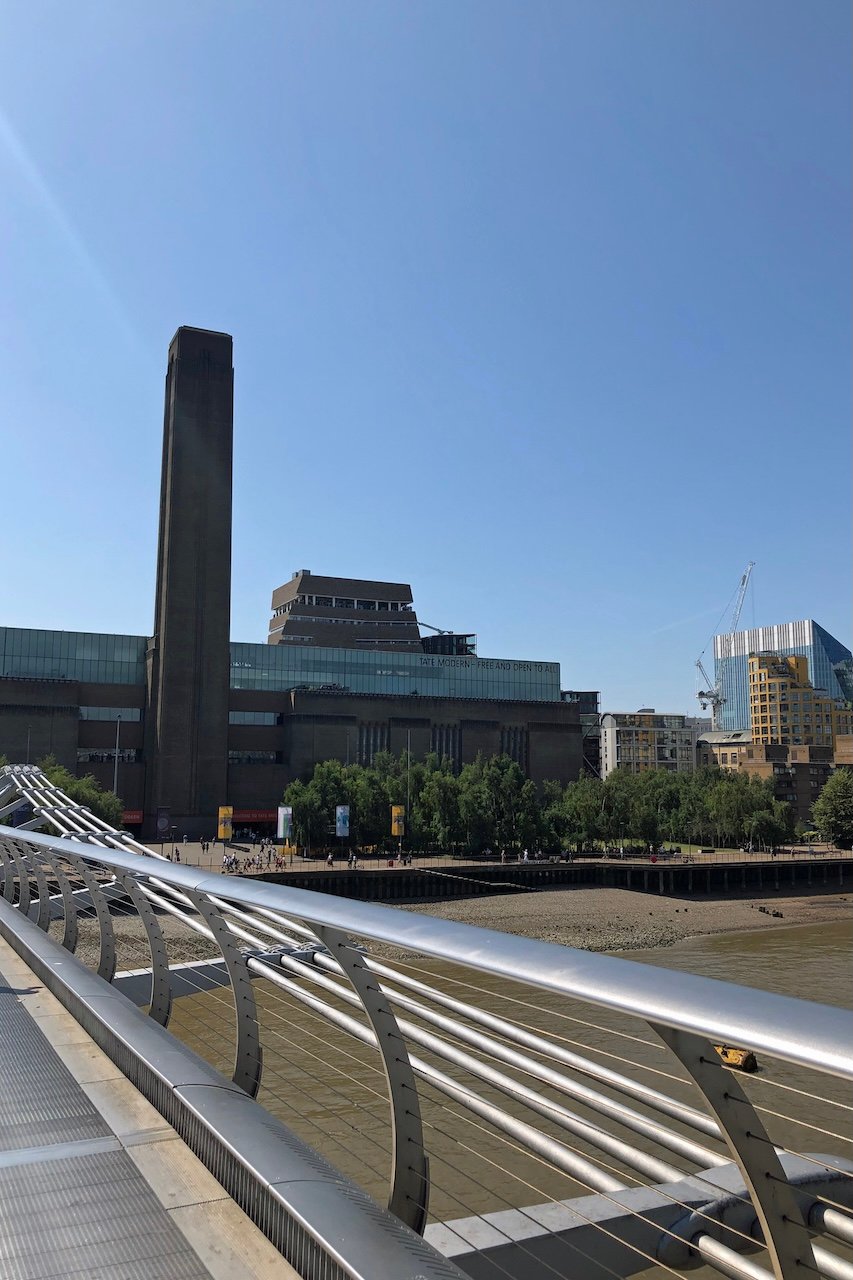
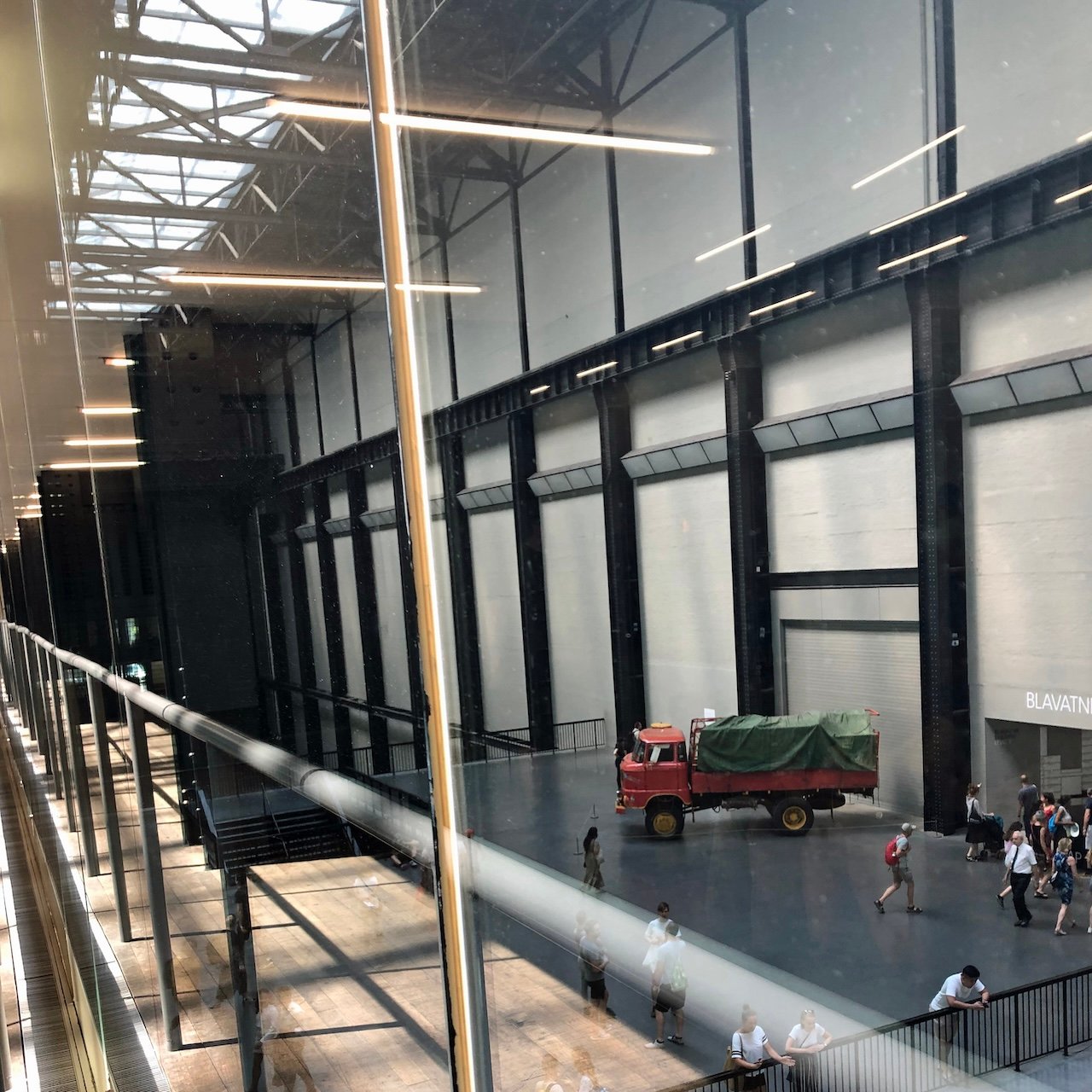
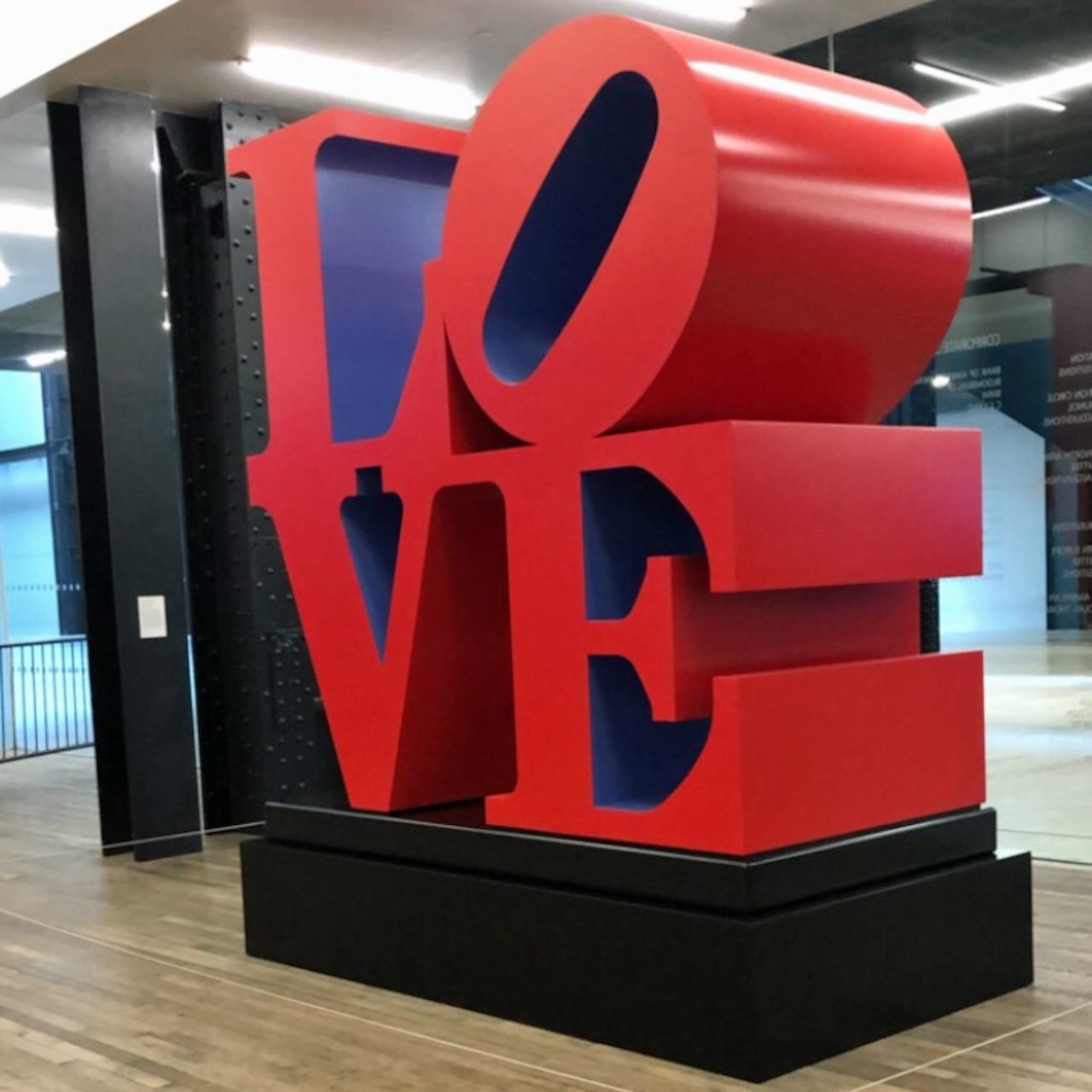

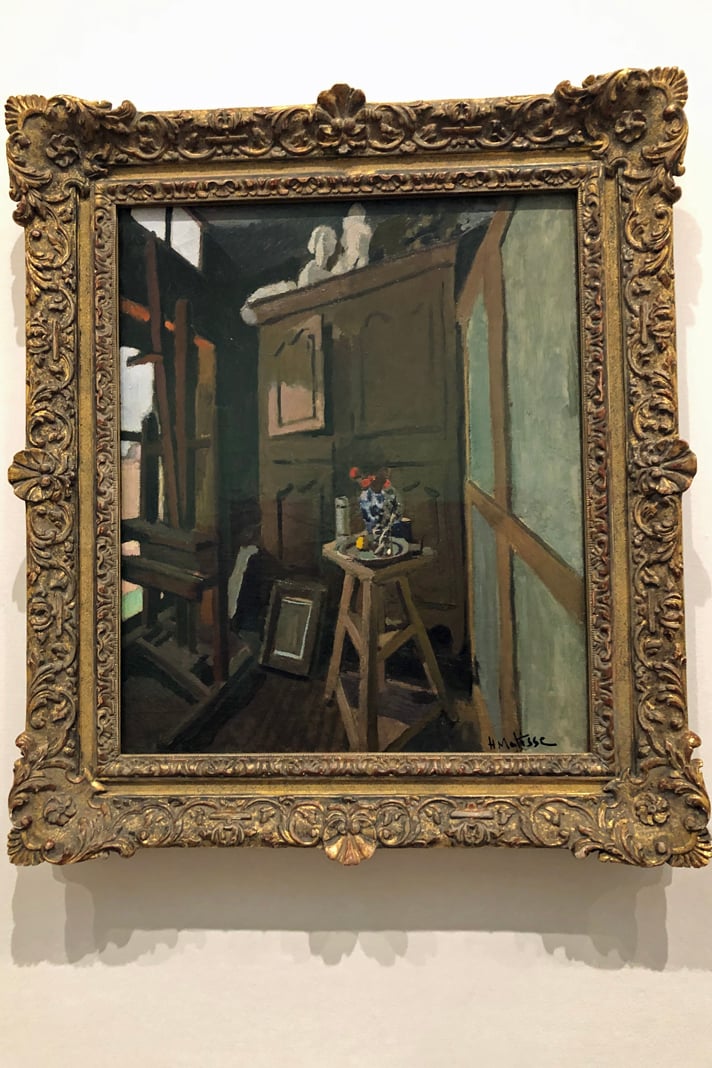
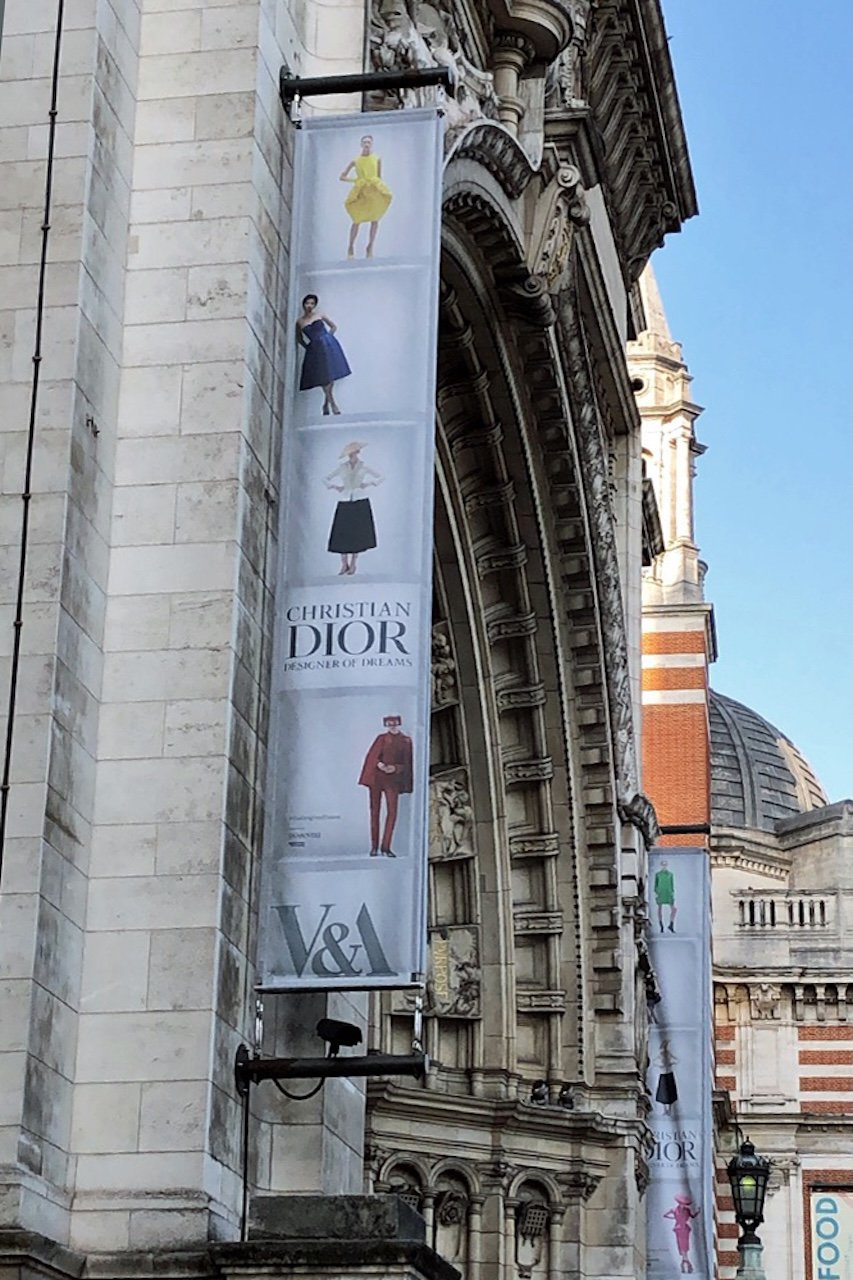
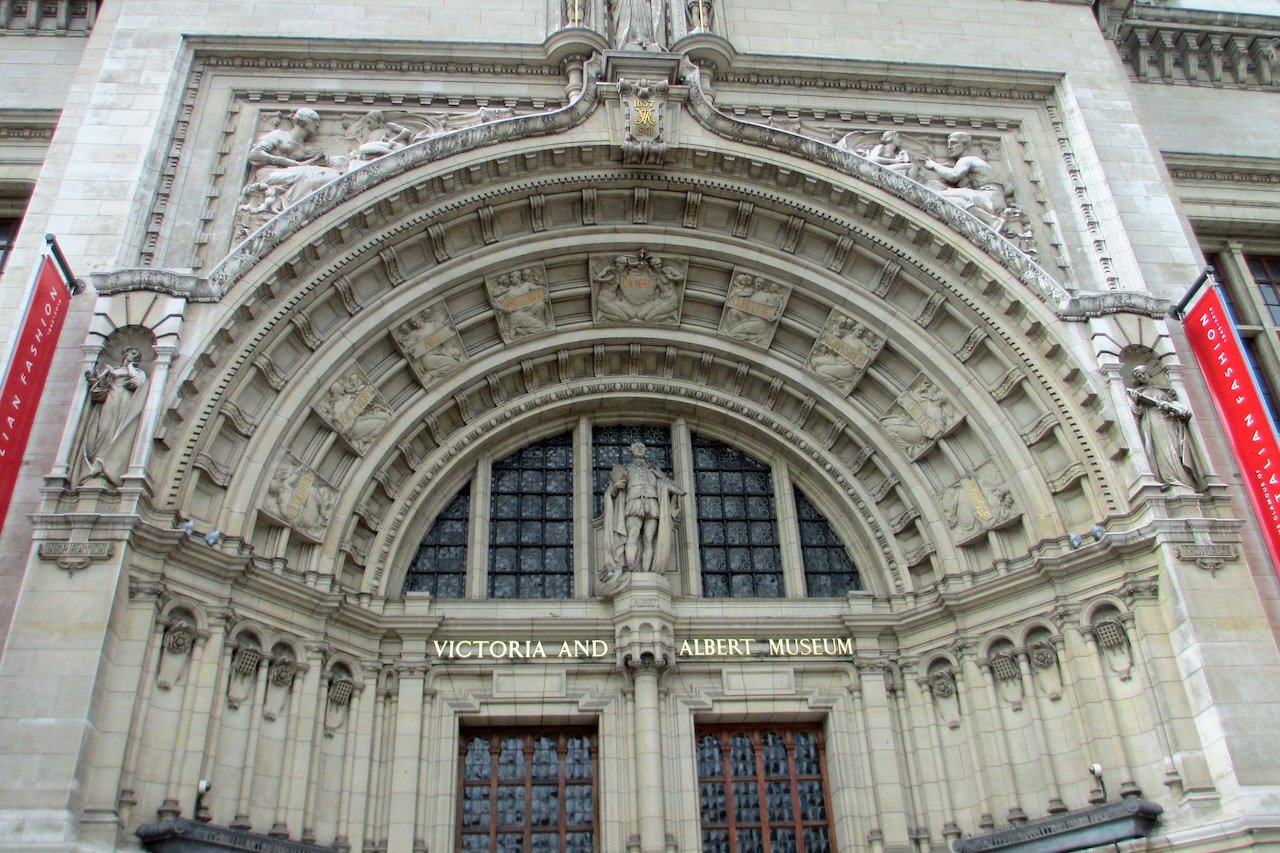
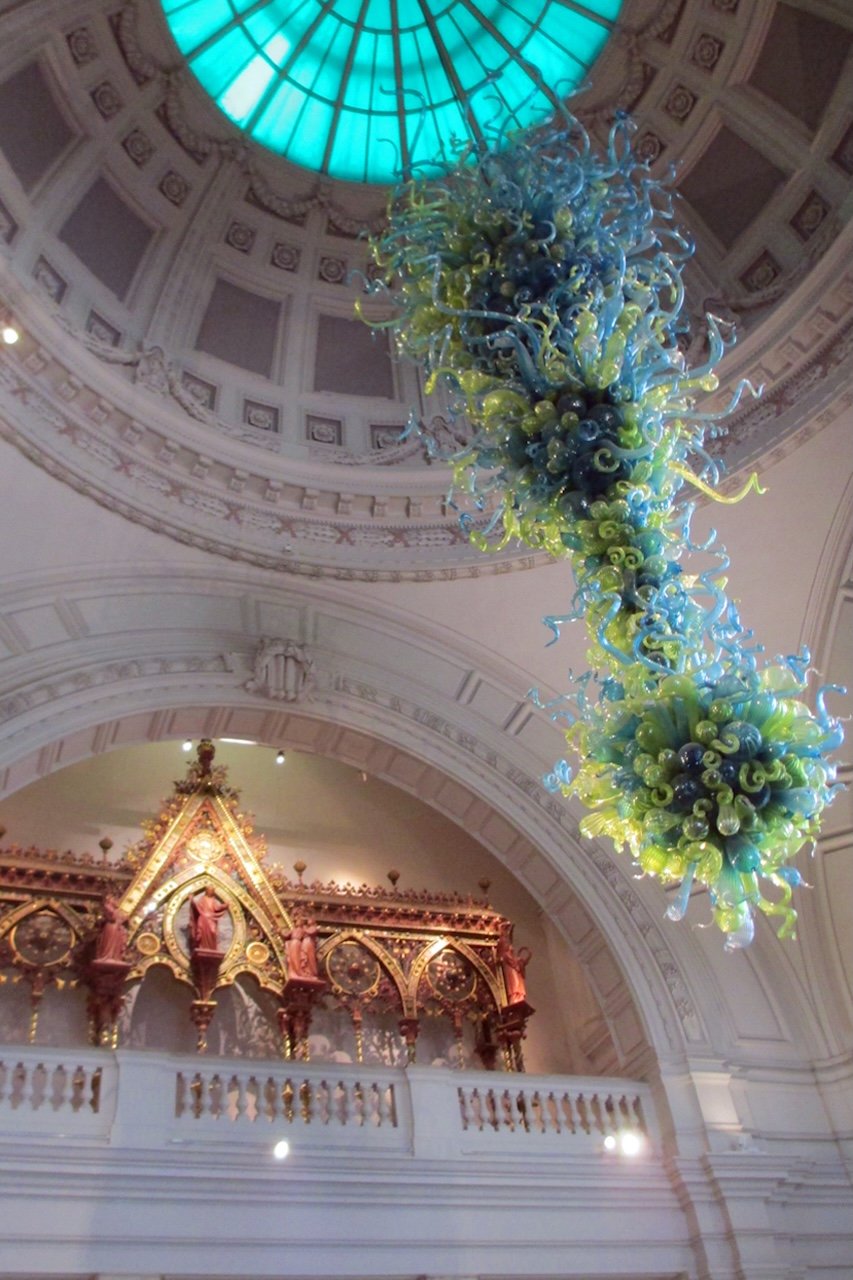
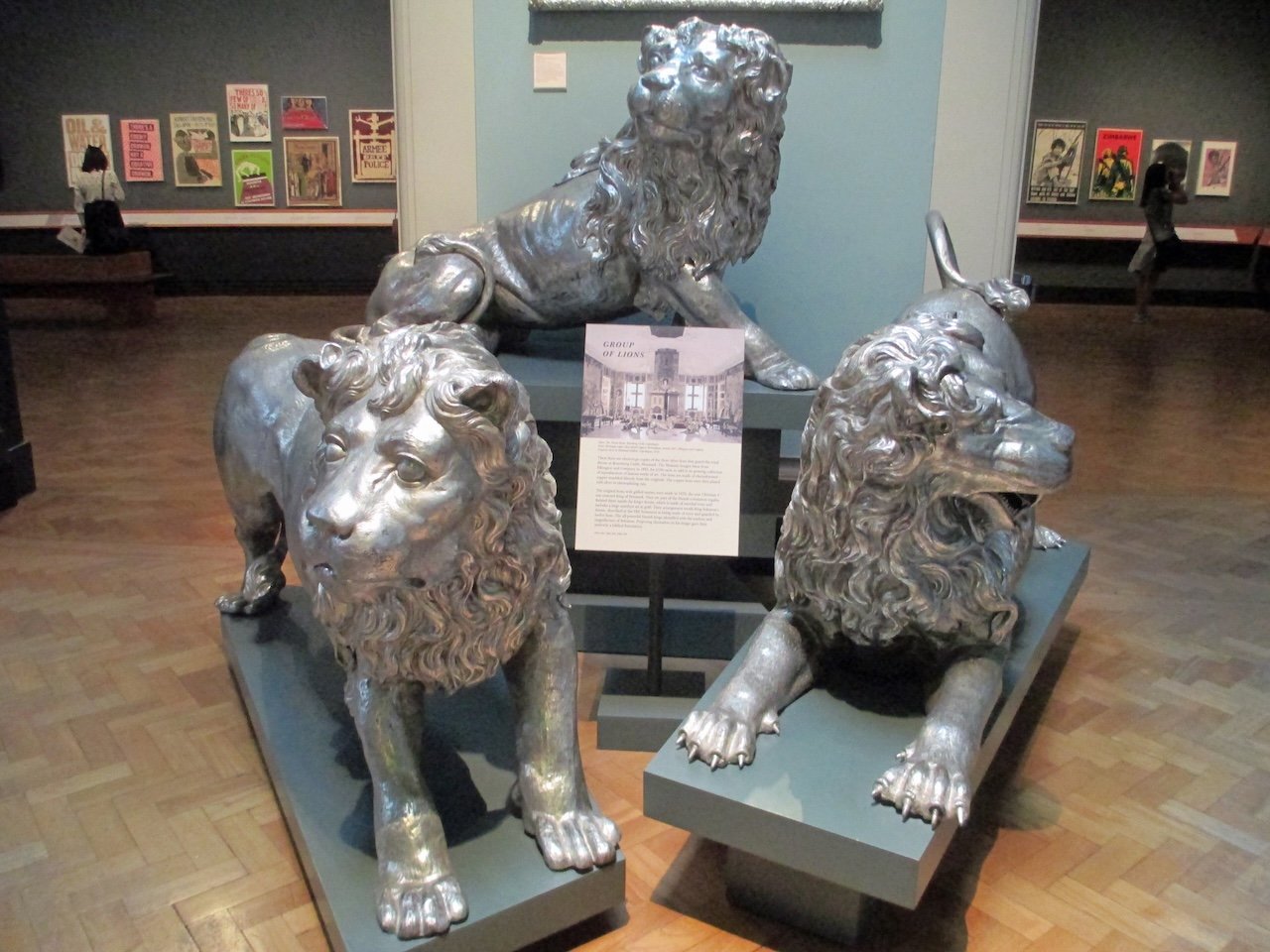
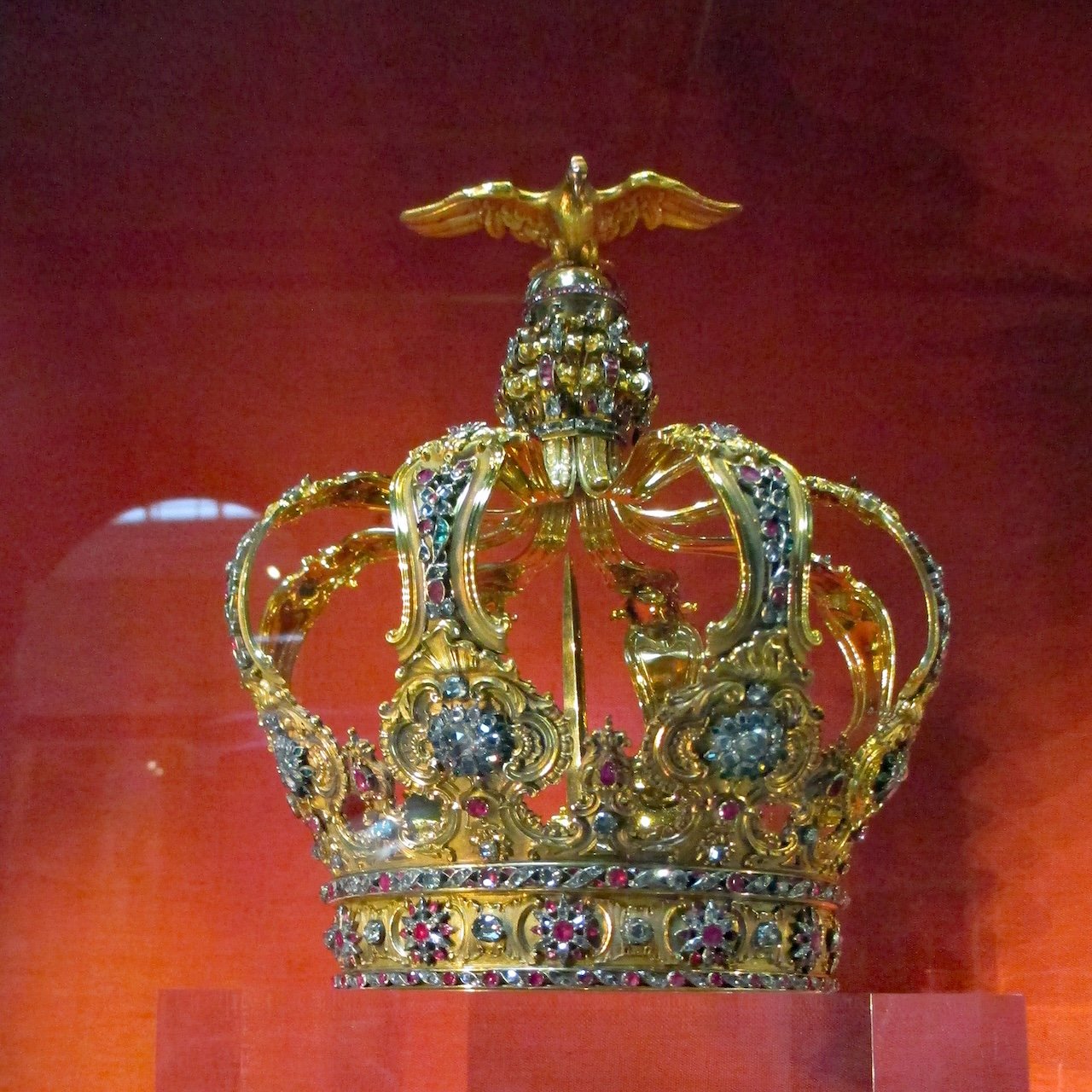

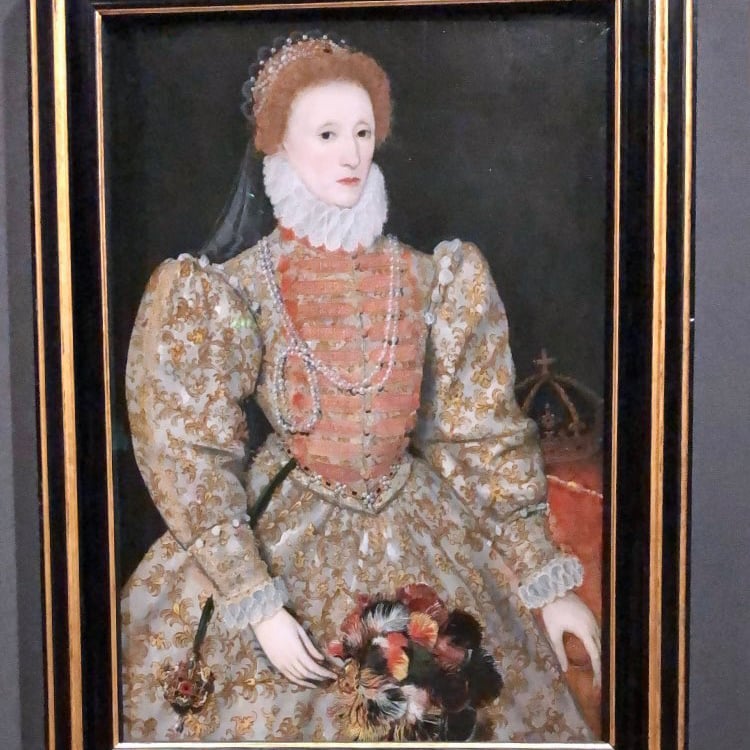

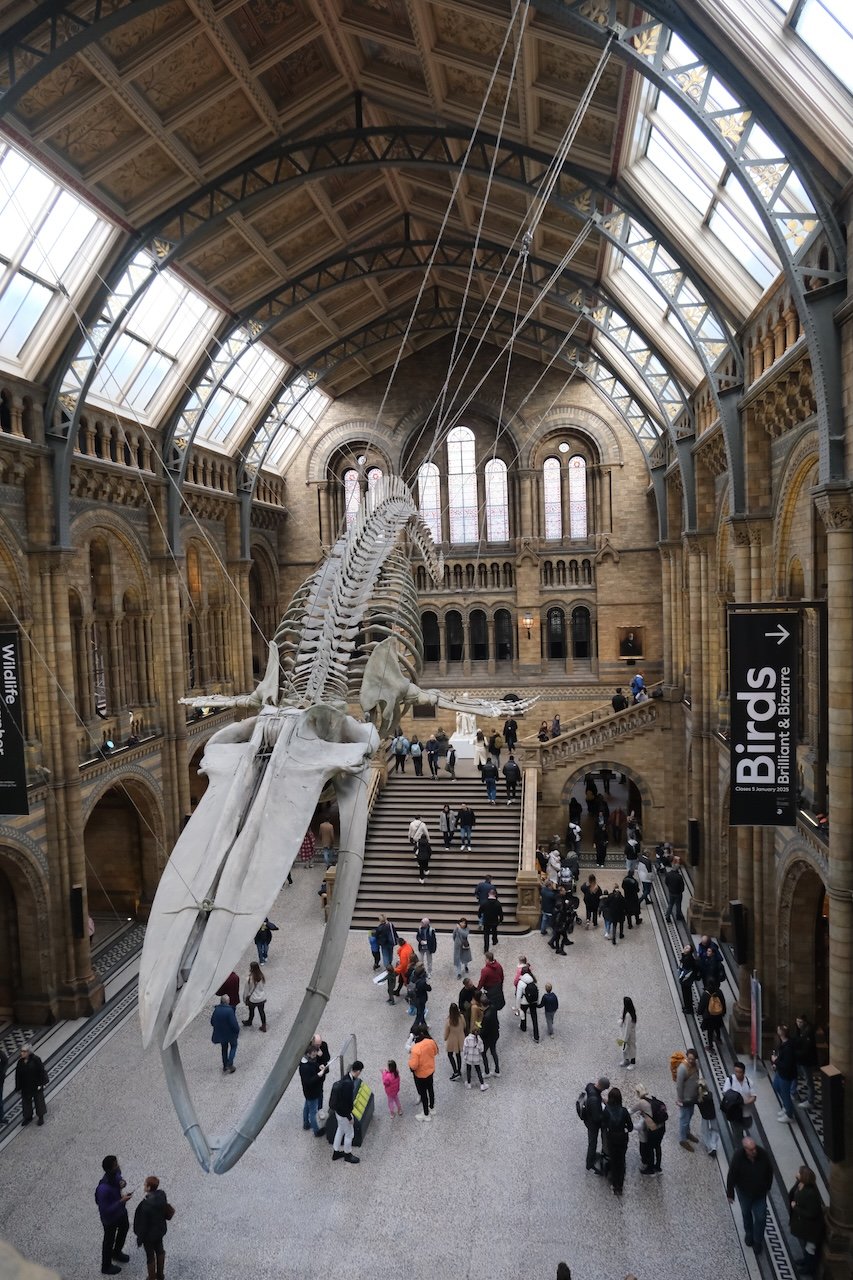
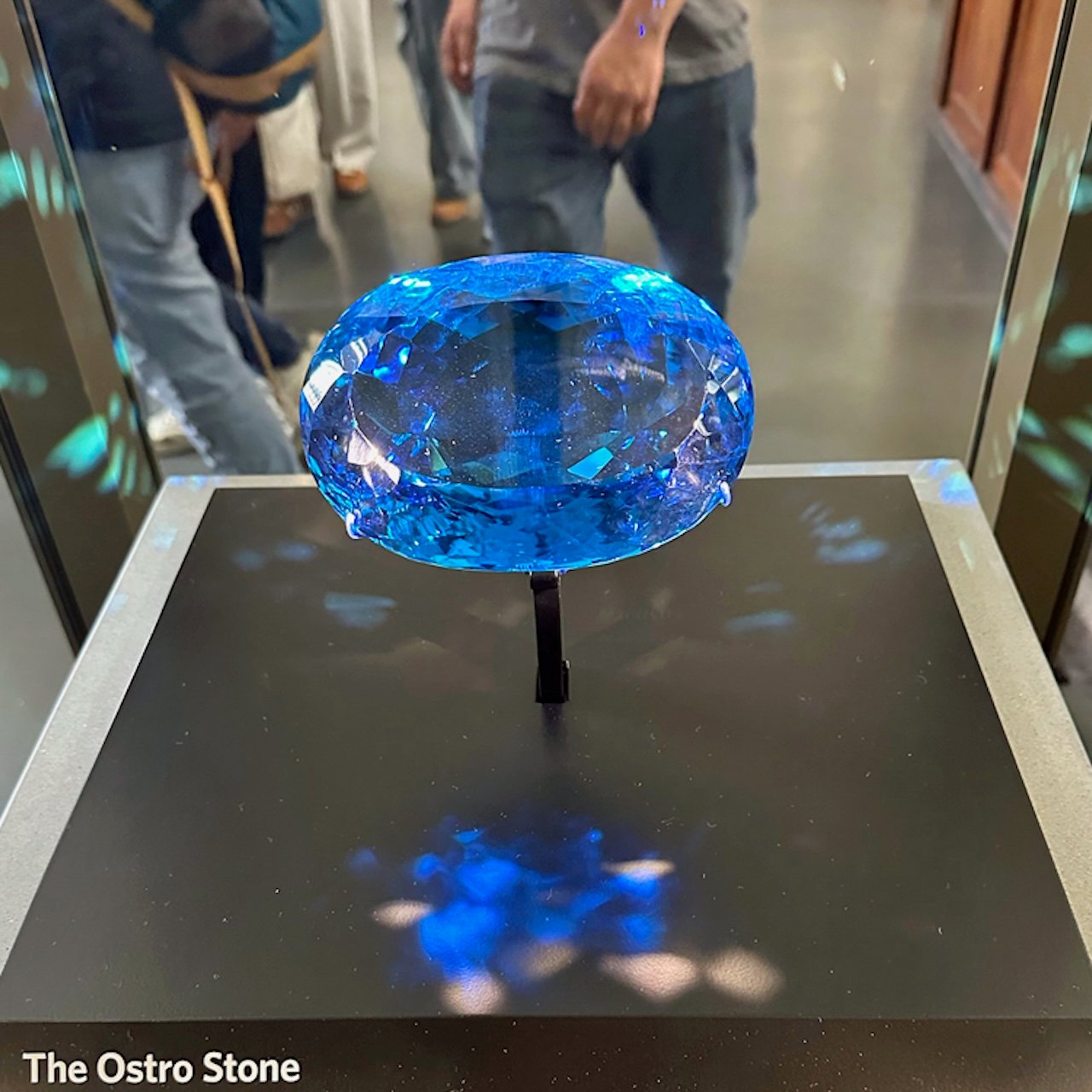
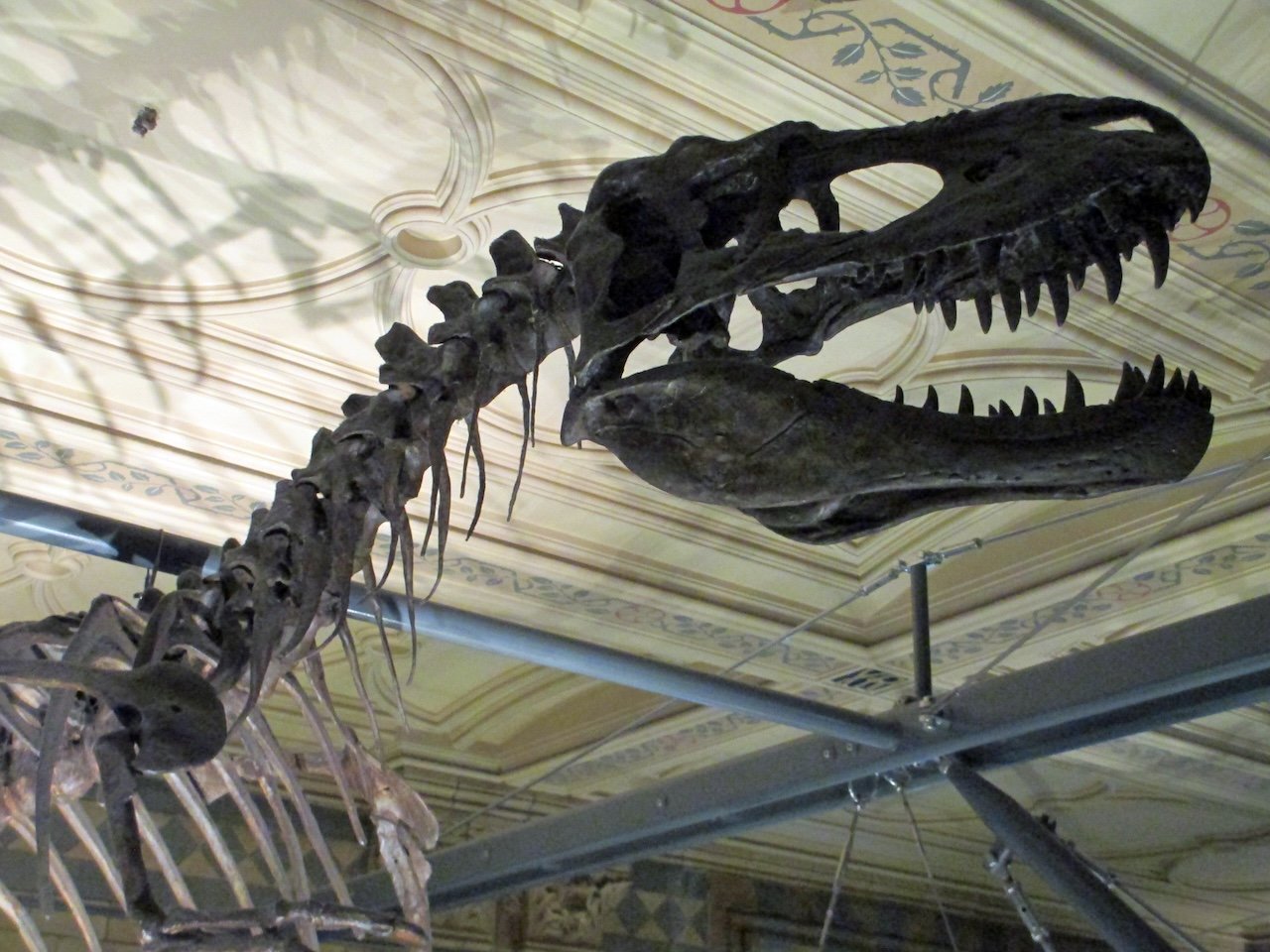

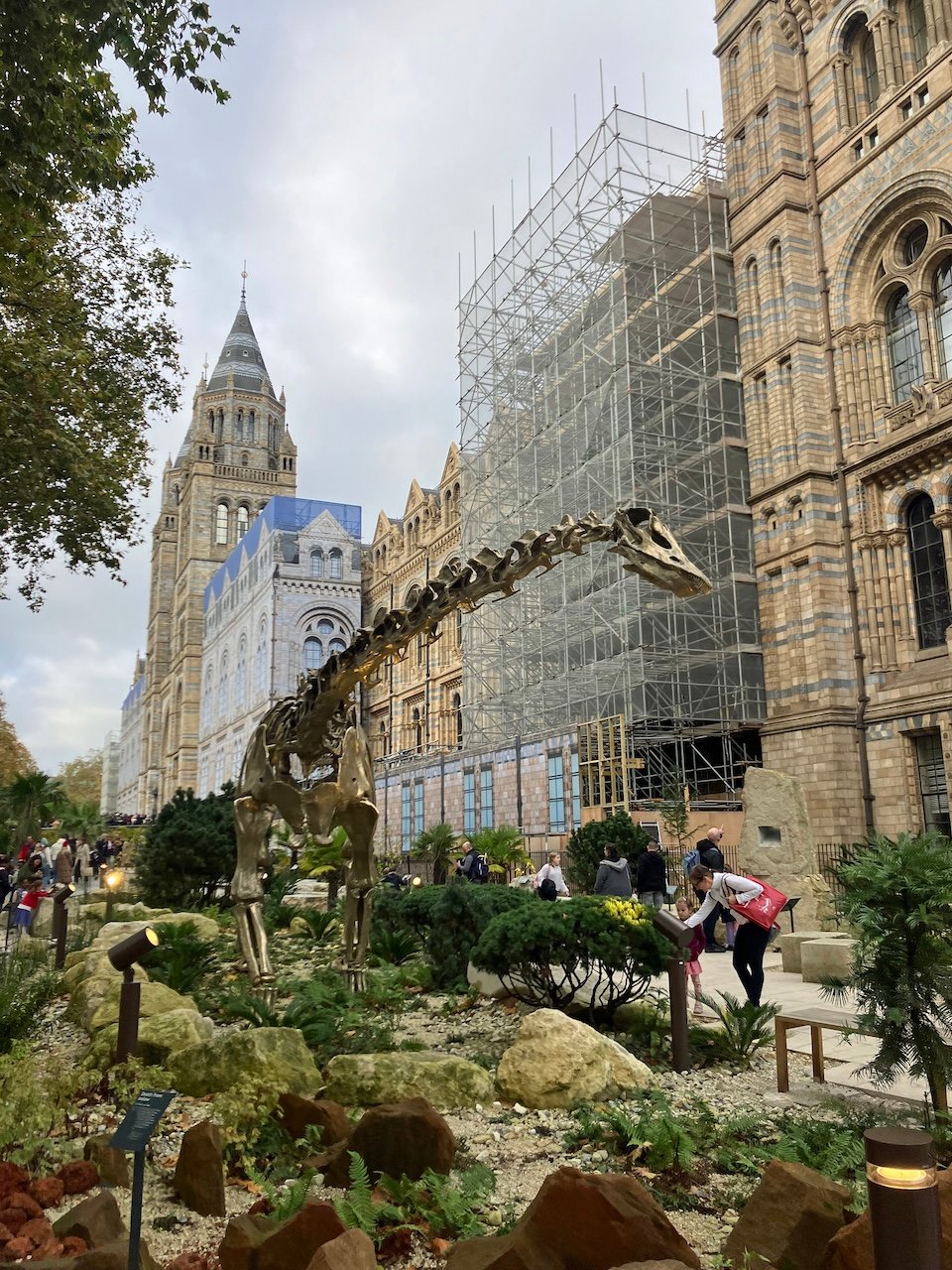
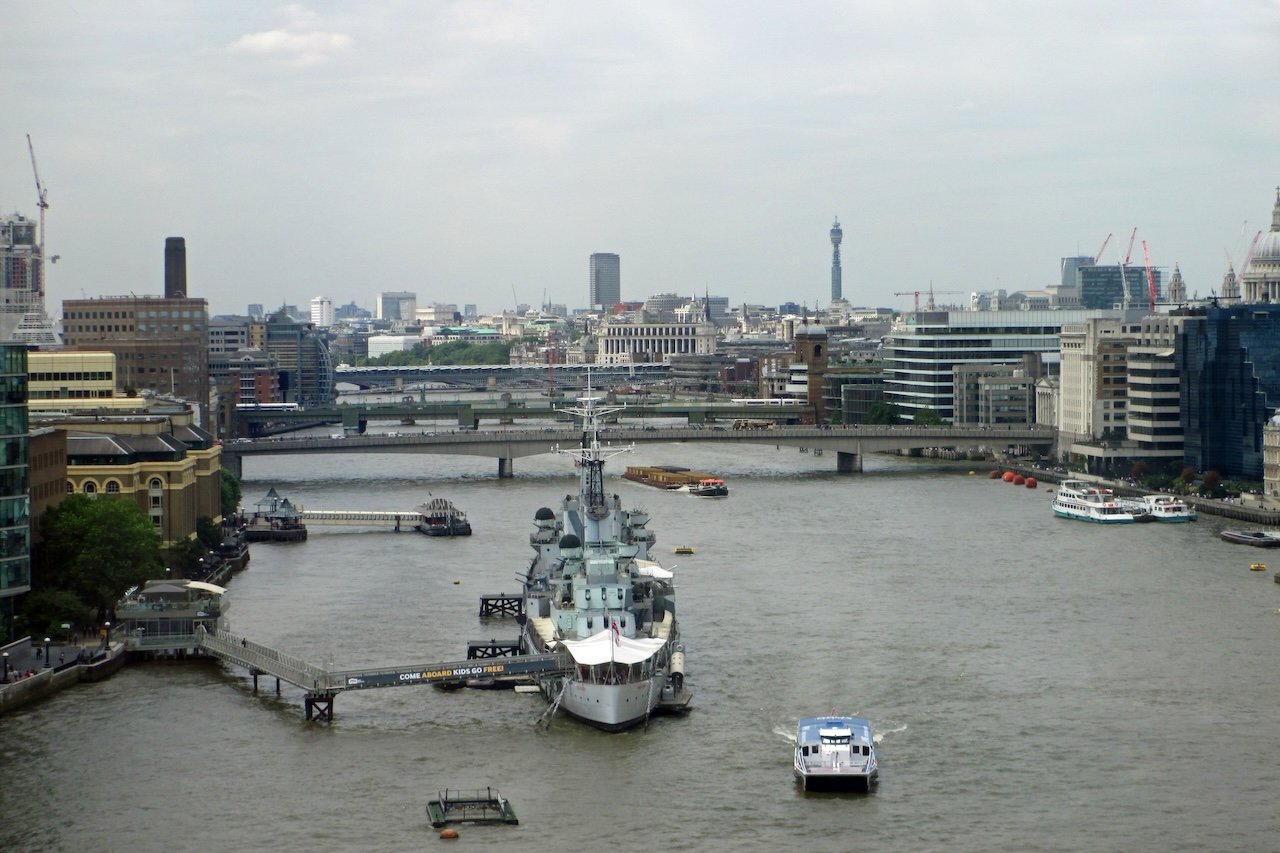
Best Museums in London
As you plan your visit, here are more of the best museums in London, not already mentioned in the Best Things to Do in London (like the National Gallery and the British Museum). Most museums in London are closed on the following public holidays: January 1 and December 24-26, annually. As always, we recommend double-checking the opening hours for any museum(s) that you wish to explore during your time in London before your visit.
History Museums in London
- Churchill War Rooms: Churchill War Rooms offer one of the most immersive history experiences in London, taking you deep underground into the secret bunker where Sir Winston Churchill and his government directed Britain’s war effort during World War II. Hidden beneath the streets of Westminster, the labyrinth of rooms was once top secret, designed to withstand air raids and keep the government running through the darkest days of the Blitz. Visitors can walk through the preserved Cabinet Room, where Churchill and his ministers made crucial wartime decisions, and the Map Room, still frozen in time with the original maps, telephones, and notes from 1945. The museum also includes the Churchill Museum, a fascinating exhibit that explores his life and legacy with personal items, speeches, and multimedia displays. Tickets can be purchased both online and in-person at the Churchill War Rooms.
- Imperial War Museum London (IWM London): Imperial War Museum London is one of the world’s leading museums of modern conflict, dedicated to showcasing how war has shaped people’s lives since the early 20th century. The museum's focus is on the First World War, the Second World War, and the Holocaust, making it a powerful place to understand the events that defined the 20th-century. The museum’s First World War galleries walk you through the outbreak of the war, trench life, and its devastating human cost, while the Second World War galleries explore everything from the Blitz to the global scale of the conflict. The Holocaust galleries are among the most moving spaces in London, telling the story of persecution, survival, and loss through powerful testimonies and artifacts. The museum also displays tanks, aircraft, and large-scale weapons in its central atrium, alongside personal items, letters, and diaries that remind visitors of the human impact of war. The IWM London is free to visit and advance tickets are not required.
- The British Library: The British Library is the largest library in the world and one of London’s most remarkable cultural institutions. With a collection that spans more than 170 million items, it preserves manuscripts, maps, sound recordings, newspapers, and digital archives from across the globe. For visitors, the real highlight is the Treasures Gallery, which brings together some of the most important documents in history. Here you can see one of the original copies of the Magna Carta, signed in 1215, which laid the foundation for many democratic principles still valued today. The gallery also houses Shakespeare’s First Folio, handwritten lyrics by The Beatles, beautifully illustrated medieval texts, and even the original manuscript of Lewis Carroll's Alice's Adventures in Wonderland. Entry to the British Library is completely free, with no need for advance tickets. However, some temporary exhibitions at the British Library may charge for admission.
- London Museum Docklands: The London Museum Docklands explores the history of London as a port city, tracing the story of the River Thames and the Docklands from Roman times through the rise of global trade and the modern redevelopment of Canary Wharf. Housed in a restored 19th-century warehouse, the museum itself is part of the story, with exposed brickwork and timber beams that recall the area’s industrial past. Inside, the galleries cover topics such as the transatlantic slave trade, London’s role in global commerce, and the lives of dock workers who kept the city running. One of the highlights is Sailortown, a recreated Victorian riverside neighborhood with narrow streets, a tiny pub, and shops that immerse visitors in the atmosphere of 19th-century London. The museum also features engaging exhibits for families, including activities and walking tours designed for younger children. The London Museum Docklands is closed on Sundays. Entry to the museum is free of charge.
- Royal Museums Greenwich: The Royal Museums Greenwich bring together four outstanding sites within London’s UNESCO-listed Maritime World Heritage Site. Set along the River Thames and surrounded by Greenwich Park, they showcase Britain’s seafaring history, scientific achievements, and cultural heritage. Each museum is walkable from the others, making it easy to explore them all in a single visit. A Royal Museums Greenwich Day Pass provides access to both the Cutty Sark and the Royal Observatory Greenwich. Admission to the National Maritime Museum and Queen's House is free of charge.
- National Maritime Museum: The National Maritime Museum in Greenwich is the largest museum of its kind in the world, telling the story of Britain’s long relationship with the sea. The museum explores everything from naval battles and exploration to trade, migration, and the lives of sailors. Highlights include Admiral Nelson’s uniform from the Battle of Trafalgar, detailed ship models, navigational instruments, and galleries that trace Britain’s rise as a maritime power. The museum also shines a light on the darker side of Britain’s naval history, including the transatlantic slave trade and its global impact. Admission to the National Maritime Museum is free.
- Royal Observatory Greenwich: The Royal Observatory Greenwich is where time and space meet, literally. Founded in 1675 by King Charles II, it became the center for astronomical research and navigation, and it is the home of Greenwich Mean Time (GMT). The observatory sits on a hill in Greenwich Park, offering some of the best panoramic views of London. The highlight for most visitors is standing on the Prime Meridian Line, where you can place one foot in the Eastern Hemisphere and the other in the Western Hemisphere. Inside, the observatory houses historic telescopes and navigational instruments. Please note that the Peter Harrison Planetarium is closed for refurbishment and not is scheduled to reopen until 2028. Tickets for the Royal Observatory Greenwich can be purchased online and in-person.
- Queen's House: The Queen's House is one of the architectural jewels of Greenwich. Designed in 1616 for Anne of Denmark, wife of King James I, it was the first building in England constructed entirely in the classical style. Its symmetry, clean lines, and use of proportion marked a turning point in British architecture. While the Queen's House is technically an art museum, we are including it under this section of history museums in London since it is part of the Royal Museums Greenwich and it has ties to Britain's royal and maritime heritage. Inside, you will find works from the Royal Collection, including portraits of monarchs, explorers, and naval heroes. One of the most striking spaces is the Tulip Stairs, an elegant spiral staircase that was the first of its kind in Britain, and a masterpiece in itself. The Queen's House has been featured in a number of television shows and movies, including: Bridgerton, Pirates of the Caribbean: On Stranger Tides, and The Crown. Best of all, admission to the Queen's House is free.
- Cutty Sark: The Cutty Sark is one of the world’s most famous ships and a must-see for anyone visiting Greenwich. Built in 1869, it was one of the last and fastest tea clippers, racing across oceans to bring tea from China to Britain before the invention of steamships. Today, the Cutty Sark is preserved as a museum ship, dramatically raised on a glass platform so visitors can walk beneath its gleaming hull. In fact, it is the only ship in the world displayed this way! On board, interactive exhibits tell the story of its epic journeys and the sailors who crewed her. You can explore the crew’s living quarters, take the helm at the ship’s wheel, and see some of the cargo that the ship once carried. The Cutty Sark is also a fantastic option if you are visiting London with kids. Children love the hands-on exhibits, climbing through the ship, and standing on deck. The storytelling is engaging enough for adults, while still accessible for younger visitors, making it one of the most family-friendly historic attractions in the city. Tickets for the Cutty Sark can be purchased both online and in-person.
- Petrie Museum of Egyptian Archaeology: The Petrie Museum of Egyptian Archaeology is one of the best hidden gems in London, especially for history lovers. Tucked away at University College London (UCL), the museum houses more than 80,000 artifacts (of which, only a small portion are on display), making it one of the world’s greatest collections of Egyptian and Sudanese archaeology. The museum’s strength lies in its breadth, as it covers not just the pharaohs and temples but also the daily life and culture of ancient Egypt. One of the museum's highlights is the Tarkhan Dress, a linen garment that is believed to date to the 4th millennium BC. Admission to the Petrie Museum of Egyptian Archaeology is free. The Petrie Museum of Egyptian Archaeology is closed on Sundays and Mondays.
Art Museums in London
- V&A (Victoria & Albert Museum): ♡ The Victoria and Albert Museum, better known as the V&A, is the world’s leading museum of art, design, and decorative arts. Opened in 1852 and named for Queen Victoria and Prince Albert, it houses a collection of over 2.3 million objects that span 5,000 years of human creativity. From fashion and jewelry to sculpture, photography, and architecture, the V&A celebrates design in all its forms. Highlights include the Fashion Galleries, where you will find everything from Tudor gowns to contemporary couture; the Cast Courts, filled with full-scale replicas of some of the world’s most famous works of art; and the Jewellery Galleries, which showcases pieces ranging from medieval treasures to modern designs. The V&A regularly hosts incredible temporary exhibitions centered around some of the biggest names in fashion. Best of all, general admission is free, with only some temporary exhibitions requiring a paid ticket.
- Tate Modern: ♡ Tate Modern is London’s premier museum of modern and contemporary art. Housed in the former Bankside Power Station on the south bank of the River Thames, its industrial setting with cavernous halls and exposed brickwork makes the art feel even more striking. The collection spans international art from the 1900s to the present day, with works by Picasso, Dalí, Warhol, Rothko, Hockney, and Kusama among the highlights. The museum is also known for its large-scale installations in the Turbine Hall, a dramatic space that once generated electricity for London and now hosts some of the most ambitious exhibitions in contemporary art. Before you leave, do not miss the viewing platform on the 10th floor, aptly called Level 10, which offers free panoramic views over St. Paul’s Cathedral, the Millennium Bridge, and the River Thames. Admission to Tate Modern is free, with only some temporary exhibitions requiring a paid ticket.
- Tate Britain: Tate Britain is the home of British art, from the Tudor period to World War II. Opened in 1897, it was the original Tate Gallery and remains the best place to trace the story of British painting and sculpture across five centuries. The museum’s crown jewel is its collection of works by J.M.W. Turner, the largest in the world, showcasing everything from his early landscapes to his bold, abstract later paintings. Other highlights include iconic portraits by Gainsborough, Reynolds, and John Singer Sargent. Taylor Swift fans will appreciate Sir John Everett Millais's Ophelia, which is also on display. Temporary exhibitions often spotlight individual artists or themes, adding fresh perspective to the permanent collection. Tate Britain is free to visit, with only some temporary exhibitions requiring paid admission.
- National Portrait Gallery: The National Portrait Gallery, just off Trafalgar Square, is one of London’s most unique art museums. Instead of focusing on movements or mediums, it tells the story of Britain through the faces of the people who shaped it, including: monarchs, politicians, scientists, artists, writers, and cultural icons. Among its most famous works is the Chandos portrait of William Shakespeare, widely believed to be the only portrait painted during Shakespeare's lifetime. You will also find portraits of Queen Elizabeth I, Sir Isaac Newton, Charles Dickens, Sir Winston Churchill, and contemporary cultural leaders. Best of all, admission is free, with only temporary exhibitions requiring paid tickets.
- Wallace Collection: The Wallace Collection is one of London’s most atmospheric art museums, housed in an elegant 18th-century townhouse known as Hertford House, just off Manchester Square in Marylebone. Originally the private collection of the Marquesses of Hertford and Sir Richard Wallace, it was opened to the public in 1900 and remains one of the city’s finest examples of a “house museum.” The collection is eclectic yet refined, featuring everything from Old Master paintings by artists like Rembrandt, Rubens, and Velázquez to decorative arts, furniture, and porcelain. One of its most striking features is the world-class arms and armor collection, which includes ornate suits of armor, swords, and firearms from across Europe and Asia. Admission to the permanent collection at the Wallace Collection is free.
- The Courtauld Gallery: The Courtauld Gallery, located in historic Somerset House on the Strand, is one of London’s finest small art museums. Best known for its Impressionist and Post-Impressionist masterpieces, the Courtauld offers a world-class collection in an intimate, easily digestible setting. The highlight is the gallery’s Impressionist rooms, featuring works like Van Gogh’s Self-Portrait with Bandaged Ear, Manet’s A Bar at the Folies-Bergère, and Seurat’s Young Woman Powdering Herself. These paintings alone make the museum a must-visit for art lovers. Beyond Impressionism, the collection spans Medieval to 20th-century art, with Renaissance altarpieces, Baroque masterpieces, and drawings by artists like Michelangelo and Dürer. Tickets for The Courtauld Gallery can be purchased in-person and online, in advance of your visit.
- Sir John Soane's Museum: The Sir John Soane’s Museum is one of London’s most unusual museums. Housed in the former home of the neo-classical architect Sir John Soane (1753–1837), it has been preserved almost exactly as he left it. Sir John Soane filled his home with an extraordinary collection of art, antiquities, architectural models, and oddities. Highlights include William Hogarth’s The Humours of an Election II: Canvassing for Votes, ancient Egyptian artifacts like the Sarcophagus of Pharaoh Seti I, and intricate architectural drawings and casts. Even the house itself, with its skylights, mirrors, and inventive use of space, is a masterpiece of design. Sir John Soane's Museum is only open from Wednesday to Sunday and admission is free.
- Ranger's House - The Wernher Collection: Ranger’s House, on the edge of Greenwich Park, is a Georgian villa that today houses the Wernher Collection, a collection of over 700 works of art collected by 19th-century diamond magnate Sir Julius Wernher. Inside you will find everything from medieval devotional pieces and Renaissance paintings to Dutch Old Masters and fine French furniture. While it is one of London’s lesser-known art museums, fans of Netflix’s Bridgerton will recognize its elegant exterior as the home of the Bridgerton family, adding a touch of pop culture appeal to this historic setting. Discounted tickets are available to book on the English Heritage website. Photography is not permitted inside of the house. Please note that the Ranger's House will be closed for the winter season (October 1, 2025 through March 31, 2026).
- Royal Academy of Arts (RA): The Royal Academy of Arts (RA) is one of London’s oldest and most prestigious art institutions, founded in 1768 by King George III and a group of leading artists and architects. Still run by artists today, the RA is both an academy and a gallery. Its home on Piccadilly is a grand 17th-century mansion, Burlington House, which provides a fitting backdrop for its world-class programming. The Academy is best known for its Summer Exhibition, the world’s longest-running annual display of contemporary art, where works by emerging artists hang alongside those of established names. Beyond the Summer Exhibition, the RA hosts major temporary shows, often bringing together masterpieces on loan from international museums. Past exhibitions have spotlighted everyone from Michelangelo to Van Gogh. The RA's permanent collection is free to visit, however, special exhibitions require paid admission and often sell out in advance. The RA is closed on Mondays.
- Moco Museum London: The Moco Museum London is one of the city’s newest art museums, bringing a fresh, contemporary edge to the art scene. Originally founded in Amsterdam, the museum focuses on modern, contemporary, and street art, aiming to make art more accessible and fun for all audiences. Inside, you will find works by the likes Koons, Warhol, Basquiat, Kusama, and KAWS, alongside emerging contemporary artists pushing the boundaries of painting, sculpture, and digital art. Interactive installations and immersive digital experiences are part of the appeal, making it a very different kind of museum than London’s larger, more traditional institutions. Tickets for Moco Museum London can be purchased both online and in-person at the museum.
Best Museums in London for Families
- Natural History Museum: ♡ The Natural History Museum is one of London’s most family-friendly museums. Its huge collection covers everything from dinosaurs and human evolution to gemstones, volcanoes, and the natural world. The building itself is spectacular, a Romanesque masterpiece often called a “cathedral of nature,” with soaring arches, mosaics, and carvings of animals that make the museum as beautiful as the exhibits inside. Highlights include the Ostro Stone which is the largest cut blue topaz in the world, the towering blue whale skeleton suspended from the ceiling in Hintze Hall, and the ever-popular Dinosaur Gallery with its animatronic T. rex. At Christmas, the museum adds a playful twist: the animatronic T. rex dons a festive sweater and becomes “Santa Claws.” It is a lighthearted tradition that makes the museum extra memorable during the holidays, especially for young children. Admission to the Natural History Museum is free, though some temporary exhibitions require tickets. Free timed-entry tickets can be reserved online in advance to save time waiting in line.
- London Transport Museum: The London Transport Museum, located in Covent Garden, is one of the most engaging and interactive museums in the city, and it is especially popular with families. It explores the story of London’s transport system, from the early days of horse-drawn carriages and Victorian omnibuses to the iconic red double-decker buses and the London Underground. The All Aboard Playzone even has miniature vehicles for children to climb aboard. Beyond the main exhibits, the museum also runs Hidden London guided tours: exclusive behind-the-scenes experiences that take you into disused London Underground stations, time-capsule platforms and corridors, wartime shelters, and archival spaces rarely open to the public. Admission to the London Transport Museum is free for children under 17. Tickets can be purchased both online and in-person at the museum.
- Science Museum: The Science Museum, located in South Kensington, is one of the best museums in London for families thanks to its interactive exhibits. Highlights include the Destination Space Gallery, with real rockets and satellites; the Flight Gallery, where historic planes hang overhead; and the Making the Modern World Gallery, which showcases the Stephenson’s Rocket, the Apollo 10 command module, and the first Apple computer. Younger children will also love the Wonderlab, a dedicated interactive space filled with experiments, demonstrations, and live science shows designed to inspire curiosity. Like many of the best museums in London, general admission is free (though paid admission is required for the Wonderlab, IMAX films, and temporary exhibitions). Free tickets must be booked online, in advance of your visit, via the Science Museum website.
- Royal Air Force Museum London: The Royal Air Force (RAF) Museum in Colindale is one of the most family-friendly museums in the city, especially for children fascinated by aviation. Spread across six airplane hangars, the museum tells the story of the RAF from its founding in 1918 to its role in modern-day defense, with over 100 historic aircraft on display. Highlights include iconic planes like the Spitfire, a Fighter Four from the Battle of Britain, a Lancaster bomber, and even a Cold War-era Vulcan. It is one of the best free museums in London (donations are encouraged), making it a fantastic choice for those visiting London with kids.
- HMS Belfast: Moored on the River Thames between Tower Bridge and London Bridge, the HMS Belfast is a World War II warship-turned-floating-museum. Launched in 1938, the ship served in major battles including Arctic convoys and the D-Day landings before retiring in the 1960s. Today, it is part of the Imperial War Museums and welcomes visitors on board to explore life at sea. Families can climb up and down ladders, walk through narrow corridors, and see everything from the engine rooms deep below deck to the captain’s bridge with views over the Thames. The ship’s nine decks include living quarters, gun turrets, and mess halls, all brought to life with exhibits and recreated scenes. Kids especially enjoy the interactive displays, like steering the ship or stepping inside a restored gun turret. Tickets can be purchased online, ahead of your visit, or in-person at the HMS Belfast. Admission to the HMS Belfast is free for children under the age of 5 and discounted tickets are available for children age 5 to 15.
- Young Victoria & Albert Museum (Young V&A): Formerly known as the V&A Museum of Childhood, the Young V&A in Bethnal Green has been completely redesigned as a museum made by and for children. The Young V&A reopened in 2023 with the goal of inspiring creativity, learning, and play, making it one of the most family-focused museums in London. The galleries are divided into themes (Play, Imagine, and Design), each filled with interactive exhibits that encourage kids to explore and experiment. From building blocks and dress-up corners for little ones to creative workshops and digital design labs for older children, the museum provides hands-on experiences that connect art, design, and imagination. Like many of London’s top museums, admission is free, making it an easy and rewarding addition to a family itinerary.
Best Places to Eat in London
London has one of the best food scenes in the world, shaped by its status as a truly international city. Here you will find everything from traditional British fare and elegant afternoon teas to global cuisines that reflect the city’s diverse communities. Alongside this, London is home to acclaimed fine dining, vibrant food markets and halls, and a pub and nightlife culture that is second to none. In this section of our London Travel Blog, we will share the best ways to experience London through its food and drink, from historic pubs and Michelin-listed restaurants to casual market bites and late-night cocktails.
Top Places for Afternoon Tea in London
No trip to London feels complete without experiencing the ritual of afternoon tea. This quintessentially British tradition dates back to the 1840s, when Anna, the Duchess of Bedford, popularized the idea of tea and light refreshments in the late afternoon. Today, afternoon tea has become both a cultural experience and a touch of indulgence, with venues across the city offering their own take. Advance reservations for afternoon tea are highly recommended. Here are some of the top places for afternoon tea in London:
- Fortnum & Mason: Located in its flagship store on Piccadilly, Fortnum & Mason is a historic tea merchant dating back to 1707. The Diamond Jubilee Tea Salon, opened by Queen Elizabeth II in 2012, is the epitome of British tradition. With its unparalleled tea selection and impeccable service, Fortnum & Mason is our favorite spot for afternoon tea in London.
- The Ritz London: The Ritz London is home to probably the most famous afternoon tea in London, served in the Palm Court. Located in Mayfair, just off Piccadilly, The Ritz London is the gold standard of tradition and formality. Expect live piano music, fine china, and a strict dress code that makes you feel like you are stepping back in time. Please note, the dress code does not apply to children under the age of 16.
- Ochre Brasserie at the National Gallery: Located inside the National Gallery, Ochre offers a modern twist on afternoon tea in one of London’s best cultural settings. Expect seasonal, locally sourced ingredients served alongside classic scones and sweets, with the bonus of pairing your tea visit with a stroll through world-class art galleries. In our opinion, Ochre is a great value for the price, too!
- Aqua Shard: On the 31st floor of The Shard, Aqua Shard delivers afternoon tea with a view. Floor-to-ceiling offer sweeping views over the River Thames, Tower Bridge, and St. Paul’s Cathedral. The menu often features playful, themed takes on the classic afternoon tea (like Peter Pan Afternoon Tea), making it as much about the experience as the food. Keep in mind that the Aqua Shard does not offer a gluten-free afternoon tea.
- TĪNG at the Shangri-La: Just a few floors above the Aqua Shard, TĪNG at the Shangri-La offers a luxurious take on afternoon tea. Guests can enjoy sweeping views from the 35th floor of The Shard along with refined pastries and a particularly long tea and champagne list.
- The Georgian at Harrods: Afternoon tea at Harrods is served in the elegant Georgian restaurant, with gilded décor and polished service that reflects the department store’s reputation. This is a quintessential Knightsbridge experience, combining Harrods’ grandeur with beautifully presented sandwiches, scones, and sweets.
- The Savoy: Situated along the Strand, near Covent Garden, The Savoy serves afternoon tea in its beautiful Gallery. It is especially popular for special occasions thanks to the atmosphere and historic setting.
- Claridge's: Another Mayfair institution, Claridge’s is known for impeccable service and a rotating seasonal menu. It is a polished, yet slightly less formal option than The Ritz London. The décor alone makes it one of the most glamorous tea experiences in the city.
- The Goring: Just a short walk from Buckingham Palace, The Goring is London’s last family-owned luxury hotel and a royal favorite. Afternoon tea here is intimate and traditional, with an emphasis on classic English sandwiches, scones, and pastries, all served in a genteel setting with flawless service.
The Best London Markets & Food Halls
London’s markets and food halls are the heart of its food scene, bringing together flavors from around the world in one place. From historic trading hubs to modern street food halls, they are perfect for grabbing a quick bite, sampling international dishes, and buying souvenirs.
-
Borough Market: London’s most famous food market, Borough Market has been feeding the city for over 1,000 years. Today it is packed with stalls offering everything from artisanal cheeses and fresh produce to global street food, making it a must-visit for food lovers. While visiting Borough Market, do not miss Pieminister, one of Lauren's favorite spots for a quick bite to eat in London!
- Mercato Mayfair: Set inside a stunning deconsecrated church, Mercato Mayfair is one of London’s most atmospheric food halls. Expect everything from freshly made Italian pastas to Japanese street food under soaring stained-glass windows. The Neapolitan-style pizza from Fresco Pizzeria Napoletana is top-notch! 😋
- Seven Dials Market: A modern food hall in Covent Garden, Seven Dials Market is known for its buzzy atmosphere and mix of local street food vendors. It is great for groups, with everything from Middle Eastern cuisine and delicious sushi to craft cocktails under one roof.
- Old Spitalfields Market: A Victorian market hall reinvented for the 21st century, Old Spitalfields Market combines food stalls with vintage shops, crafts, and fashion. The mix of international cuisine and shopping makes for a lively stop near Shoreditch.
- Canopy Market: Tucked under the Victorian-style glass roof of Coal Drops Yard in King’s Cross, Canopy Market is a market focused on independent traders, open Friday through Sunday. Expect a mix of artisan food stalls, craft beers, fresh baked goods, and handmade crafts.
Our Favorite London Restaurants
Dining in London is as diverse as the city itself, with everything from traditional English specialties to modern fine dining and international cuisines. One thing to keep in mind: advance reservations are highly recommended, especially on weekends or if you are traveling with a group, as many of the city’s best spots book up quickly. The restaurants below are a handful of places we have personally eaten at and can confidently recommend.
- Brigadiers London (Bloomberg): Brigadiers serves Indian barbecue, small plates, and curries in a lively setting within the Bloomberg Arcade. Known for its bold flavors and stylish interiors, it is a great spot for groups, with TVs showing live sports and an extensive cocktail menu to match. Brigadiers is easily our favorite Indian restaurant in London!
- The Mayfair Chippy (Mayfair & Knightsbridge): A refined take on the traditional fish and chip shop, The Mayfair Chippy serves sustainably sourced fish alongside classic sides like mushy peas and curry sauce. It is one of the best places in central London to enjoy Britain’s most famous comfort food, albeit with an upscale twist.
- La Mia Mamma (Chelsea): This homely Italian restaurant stands out for its rotating team of “mammas” from different regions of Italy, who bring their family recipes straight to the menu. Warm, unpretentious, and full of character, La Mia Mamma feels more like dining in someone’s home than at a restaurant. Plus, their menus regularly change as a new team of "mammas" leave their mark!
- Dishoom (Multiple Locations): Dishoom has become a London institution, paying homage to the Irani cafés of Bombay. Known for its stylish interiors, naan bread, and flavorful small plates, it offers one of the most atmospheric and consistently excellent dining experiences in the city.
- Gunpowder (Spitalfields): A small but mighty Indian restaurant near Spitalfields Market, Gunpowder is known for its bold, home-style cooking and inventive twists on regional dishes. Gunpowder is also the recipient of a Michelin Bib Gourmand award!
If you are looking for even more restaurant recommendations in London, be sure to check out the links below.
Great Pubs in Central London
No trip to London is complete without stepping inside a traditional pub. More than just places to drink, pubs are part of the city’s identity. Pubs are cozy spaces where locals gather after work, where history lives in wood-paneled walls and centuries-old cellars, and where visitors can sample classic British fare like fish and chips, steak and ale pie, or a Sunday roast. Truthfully, some of our favorite meals in London have been in pubs! There is a huge selection of great pubs in central London, but the below are among our favorites.
- The Nag's Head (Covent Garden): A tucked-away gem in Covent Garden, the Nag’s Head feels more like a locals’ pub than a tourist stop. Known for its old-fashioned interiors and characterful charm, it is a cozy spot to duck into after exploring the surrounding area.
- The Churchill Arms (Kensington): One of London’s most photographed pubs, The Churchill Arms is famous for its exterior, which bursts with flowers in summer and twinkling lights at Christmas. Inside, it is a quirky blend of British memorabilia and a Thai-inspired menu, making it one of the city’s most unique pub experiences.
- Punch & Judy (Covent Garden): Overlooking the Covent Garden piazza, this lively pub is a great place to enjoy a pint with a view of the square below. It is always busy, especially in summer when the balcony fills up with locals and visitors.
- The Drapers Arms (Islington): A gastropub with a loyal local following, The Drapers Arms offers a quieter, more neighborhood feel. Known for its seasonal British menu and extensive wine list, it is a great choice if you want an authentic sit-down pub meal away from the tourist crowds.
- The Hung Drawn & Quartered (Tower Hill): Just steps from the Tower of London, this pub takes its name from the grisly executions that once took place nearby. With a spacious interior and hearty menu, it is a fittingly atmospheric stop after sightseeing nearby.
- The Shakespeare's Head (Soho): Located just off of Regent Street, The Shakespeare's Head is popular for affordable pints, a lively atmosphere, and great food. Its close proximity to Oxford Circus makes it a practical stop in the heart of London’s most popular shopping district. If you needed another reason to visit, know that the pub is rumored to have been once owned by the Shakespeare family!
Bars & Nightlife in London
When the sun goes down, London comes alive with one of the most diverse nightlife scenes in the world. From historic pubs and speakeasy-style cocktail bars to rooftop lounges with skyline views and world-class nightclubs, there is something here for every mood and budget. Keep in mind that the legal drinking age in England is 18, but there is an exception. When accompanied by an adult, and with a meal, 16 and 17-year-olds in England can drink beer, wine, or cider. Whether you are after an innovative cocktail, a craft beer, or a late-night club scene, the city has something for everyone. Here are our top picks for bars in London that are perfect for enjoying a drink:
- The Connaught Bar (Mayfair): Regularly ranked among the best bars in the world, The Connaught Bar at The Connaught hotel is pure Mayfair sophistication. Known for its martinis, it blends impeccable service and a menu that redefines classic cocktails.
- Vagabond Wines (Multiple Locations): With branches across London, Vagabond Wines is a self-service wine bar that makes tasting fun and approachable. Guests can pay-as-they-pour from dozens of wine dispensers, ranging from everyday bottles to vintages. We visited the location on Gracechurch Street in the City of London, just a few blocks from the Sky Garden, and loved the experience!
- Three Sheets (Soho): A laid-back yet innovative cocktail bar, Three Sheets has a minimalist vibe but serves some of the most inventive drinks in the city. The menu is short and seasonal, making it a go-to for cocktail enthusiasts.
- Tayer + Elementary (Shoreditch): Consistently ranked among the world’s best bars, Tayer + Elementary splits into two experiences: Elementary, a bright, casual space with on-tap cocktails, and Tayer, the more experimental back room where boundary-pushing cocktails are crafted with unusual ingredients and techniques.
Looking for even more bars in London? Check out Time Out's list of The Best Bars in London.
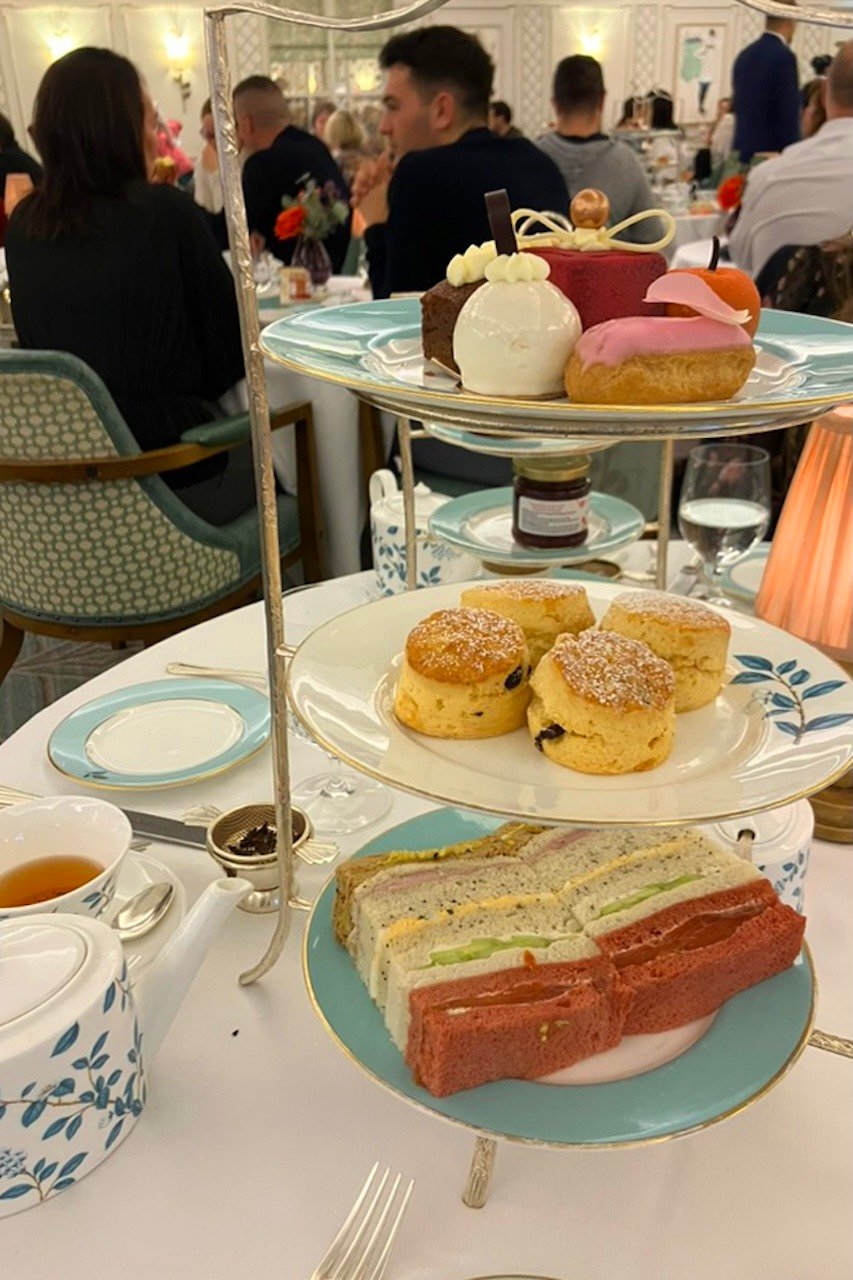
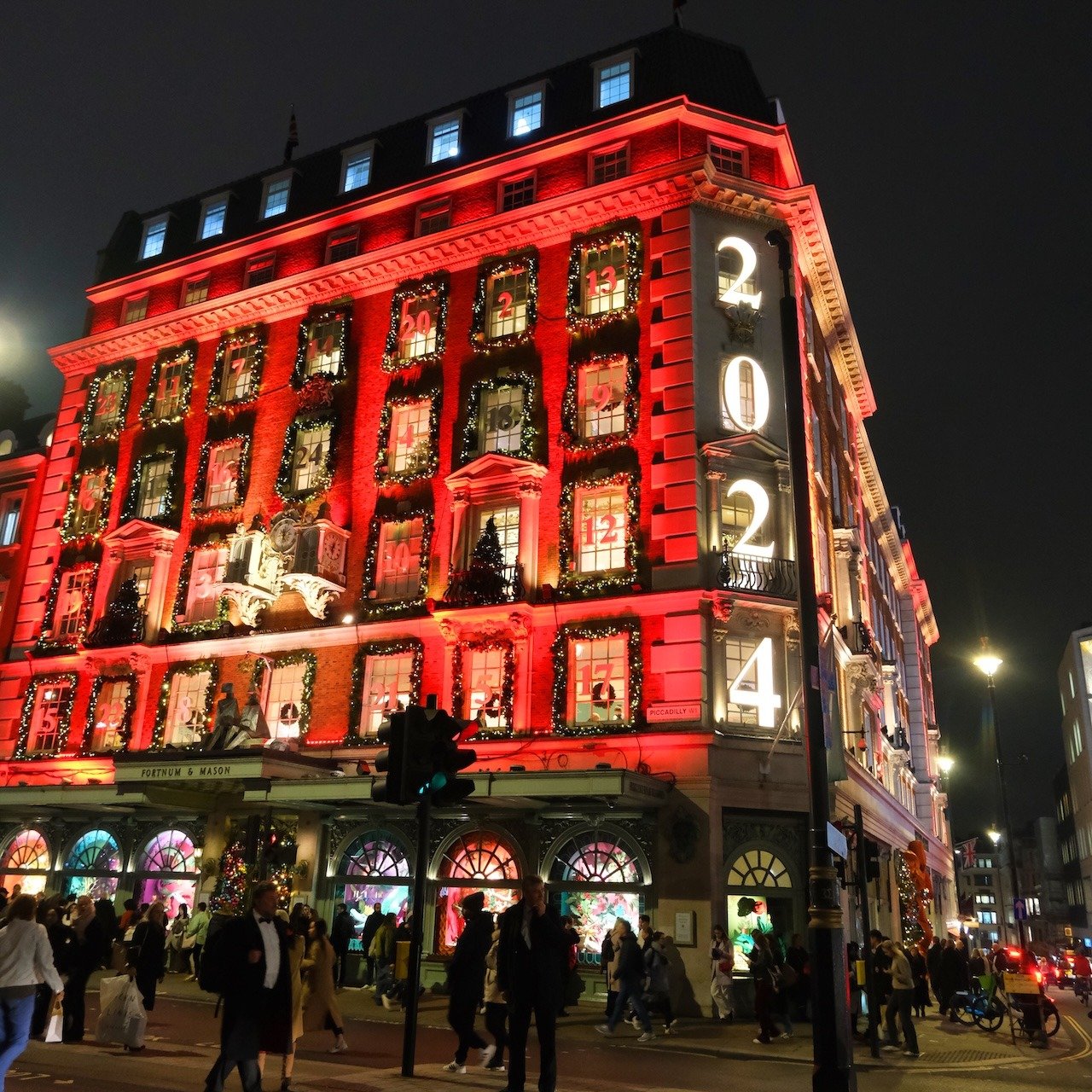
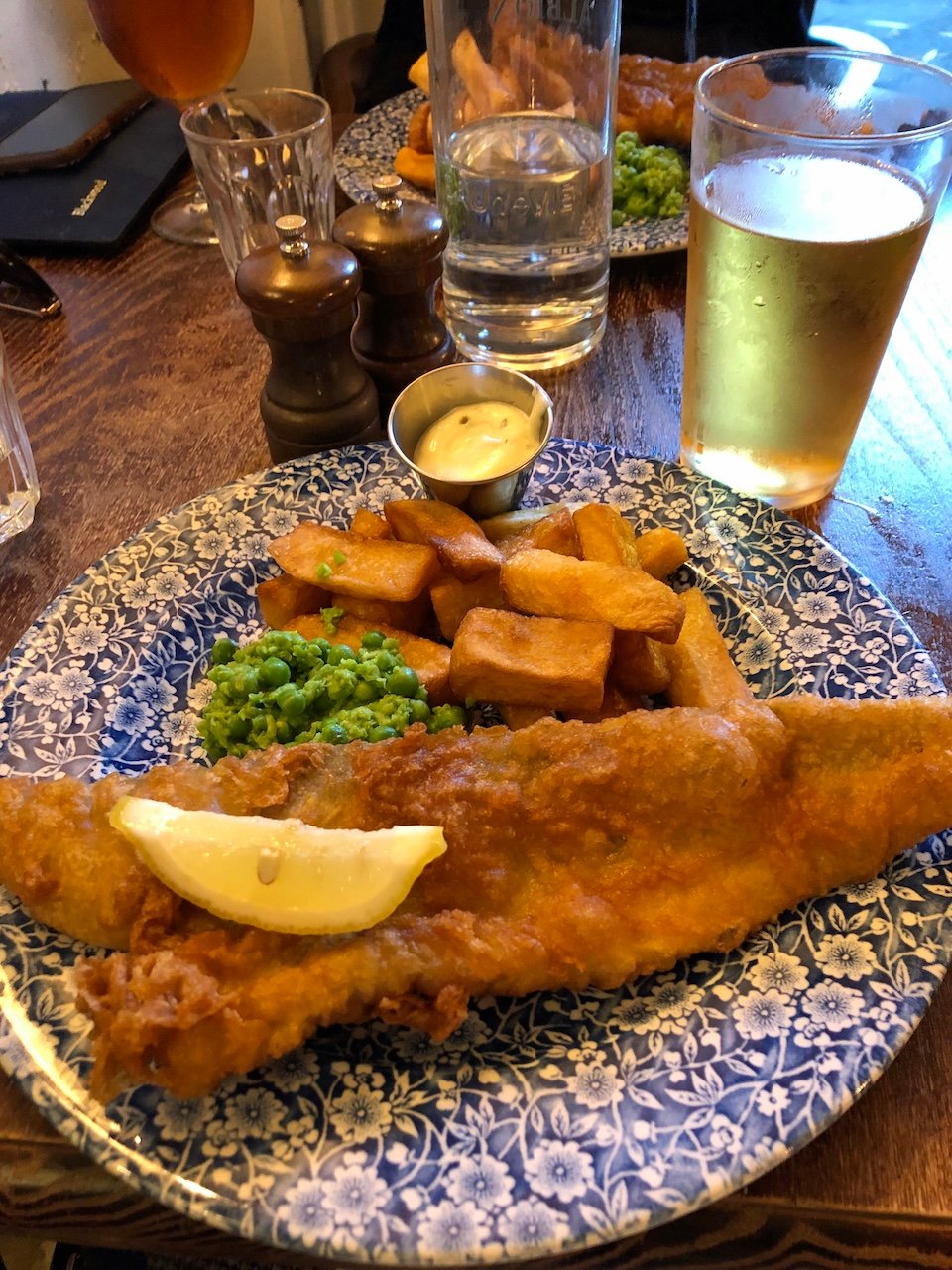

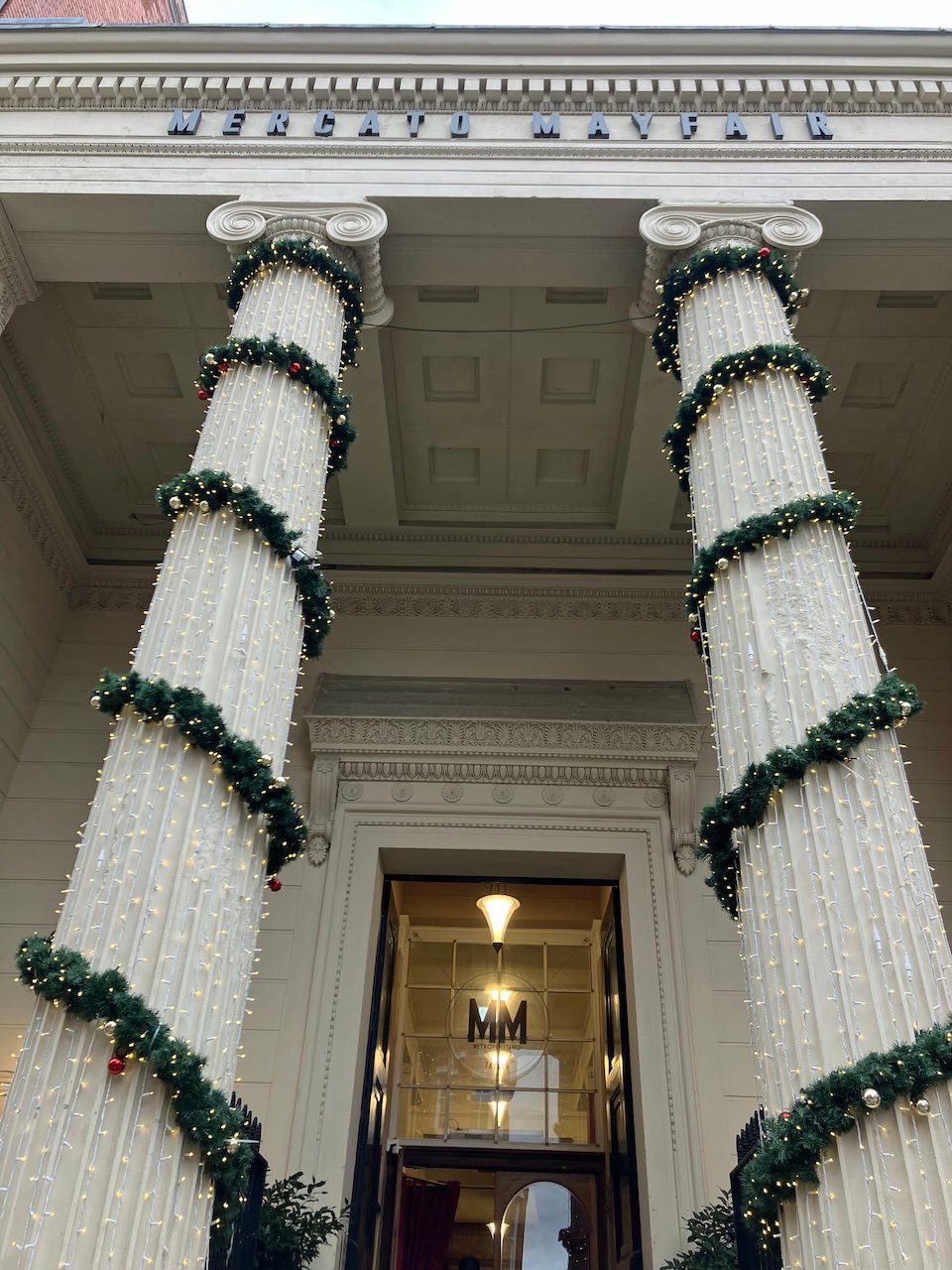
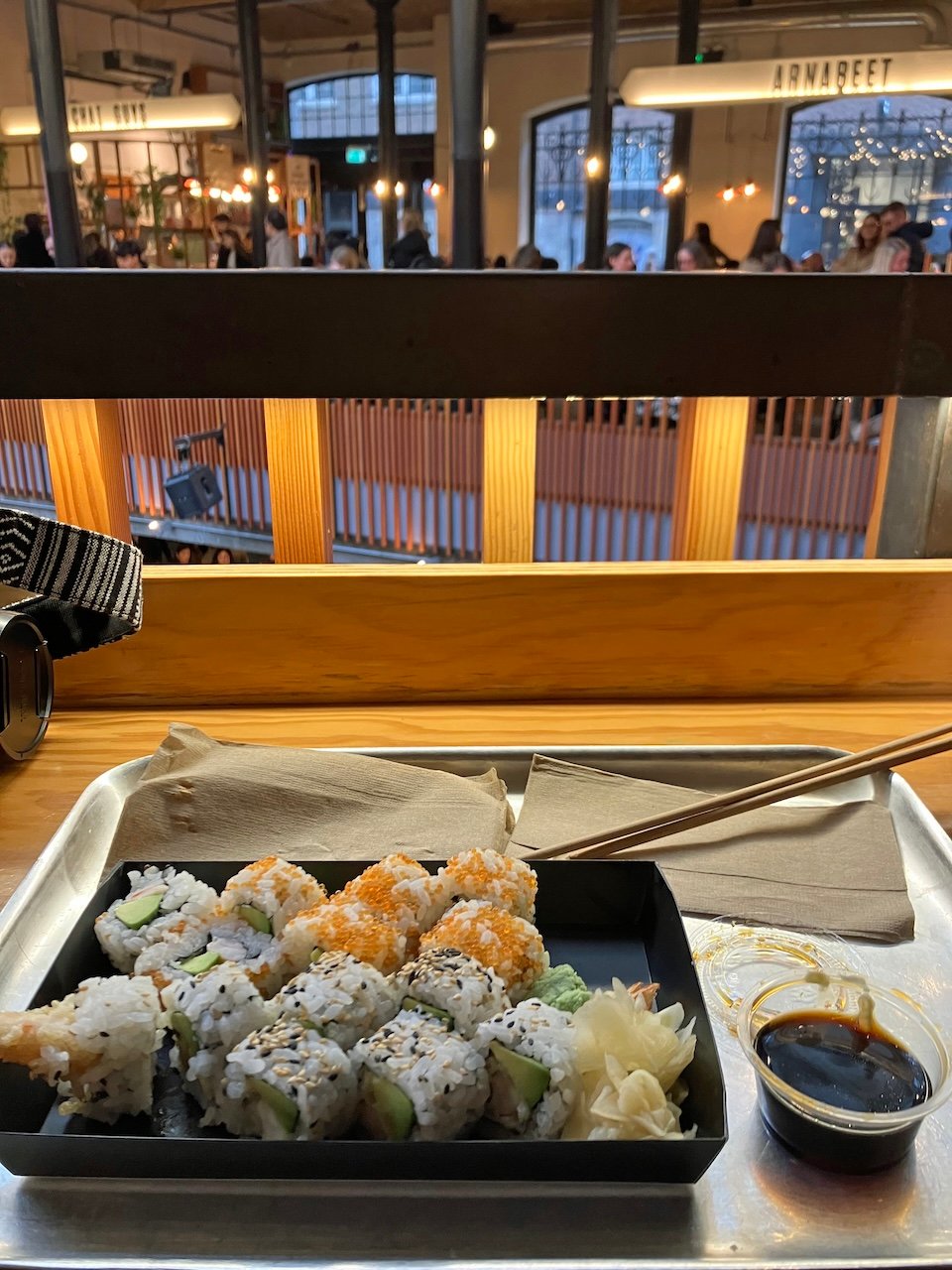
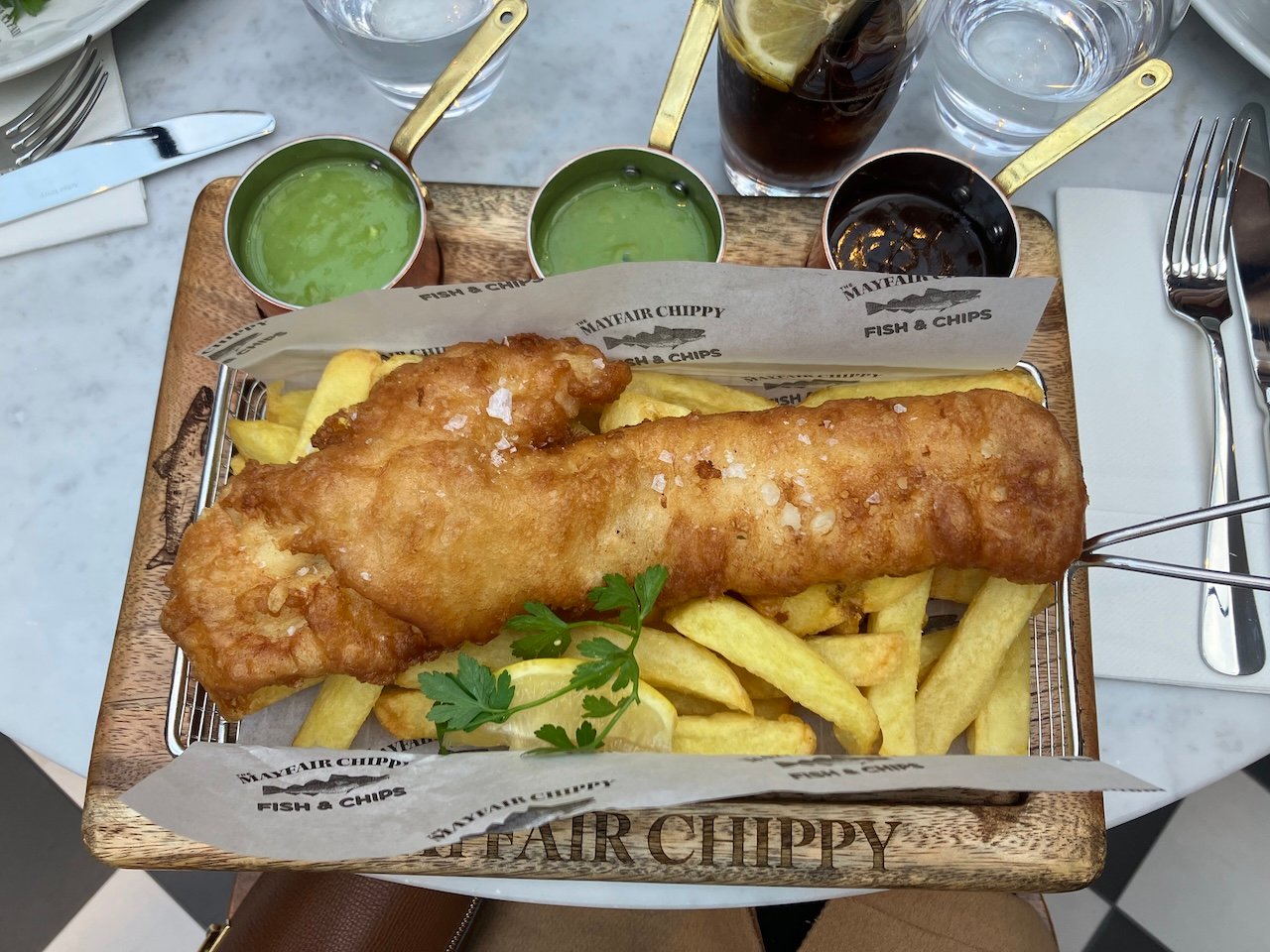
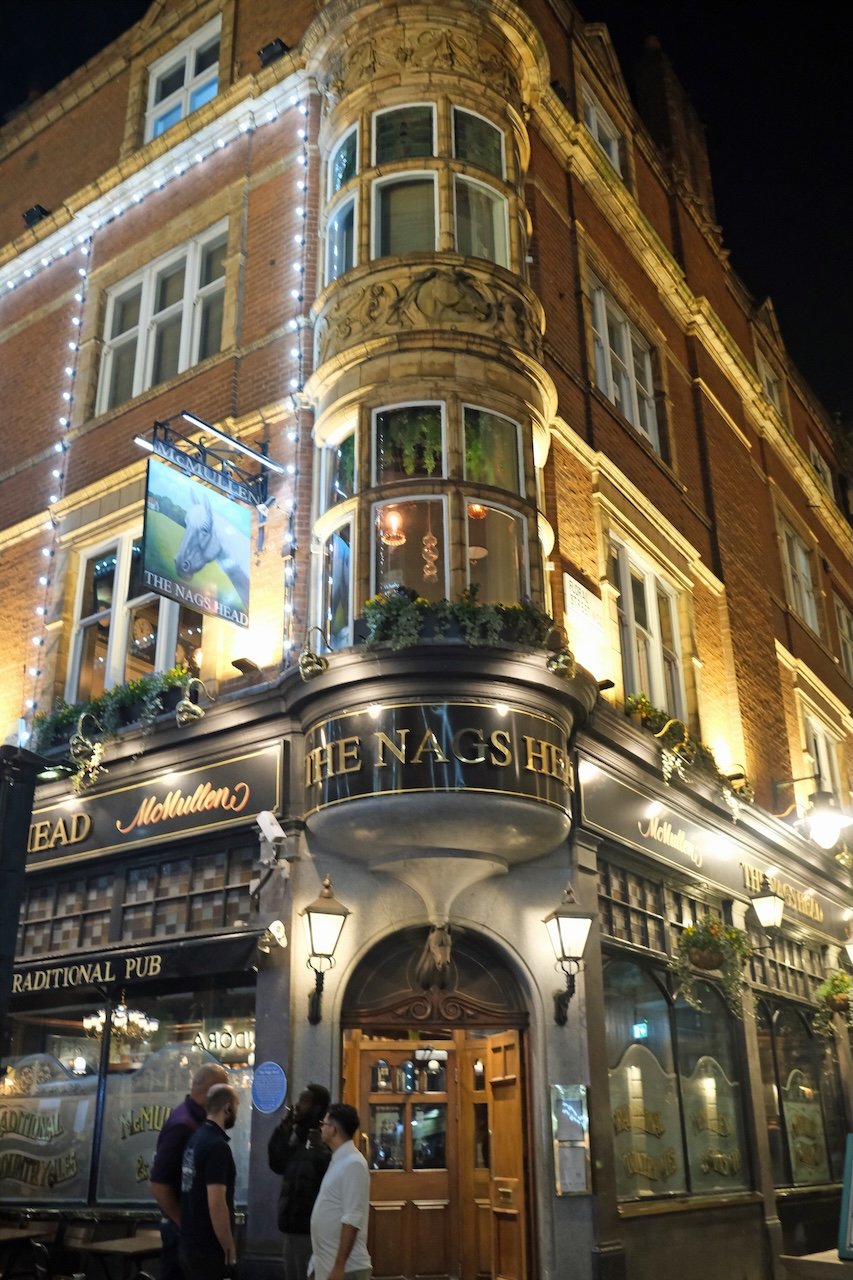
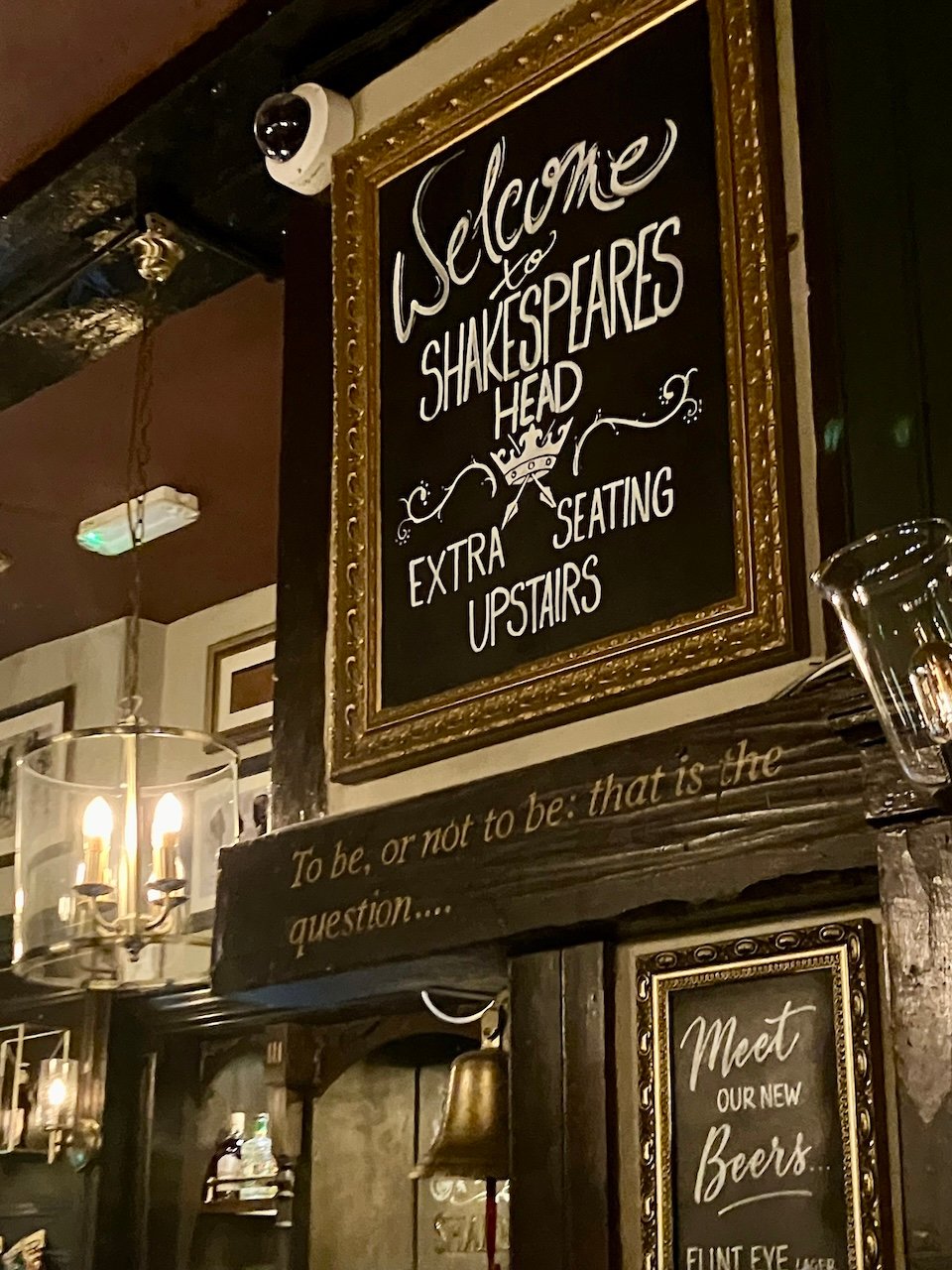

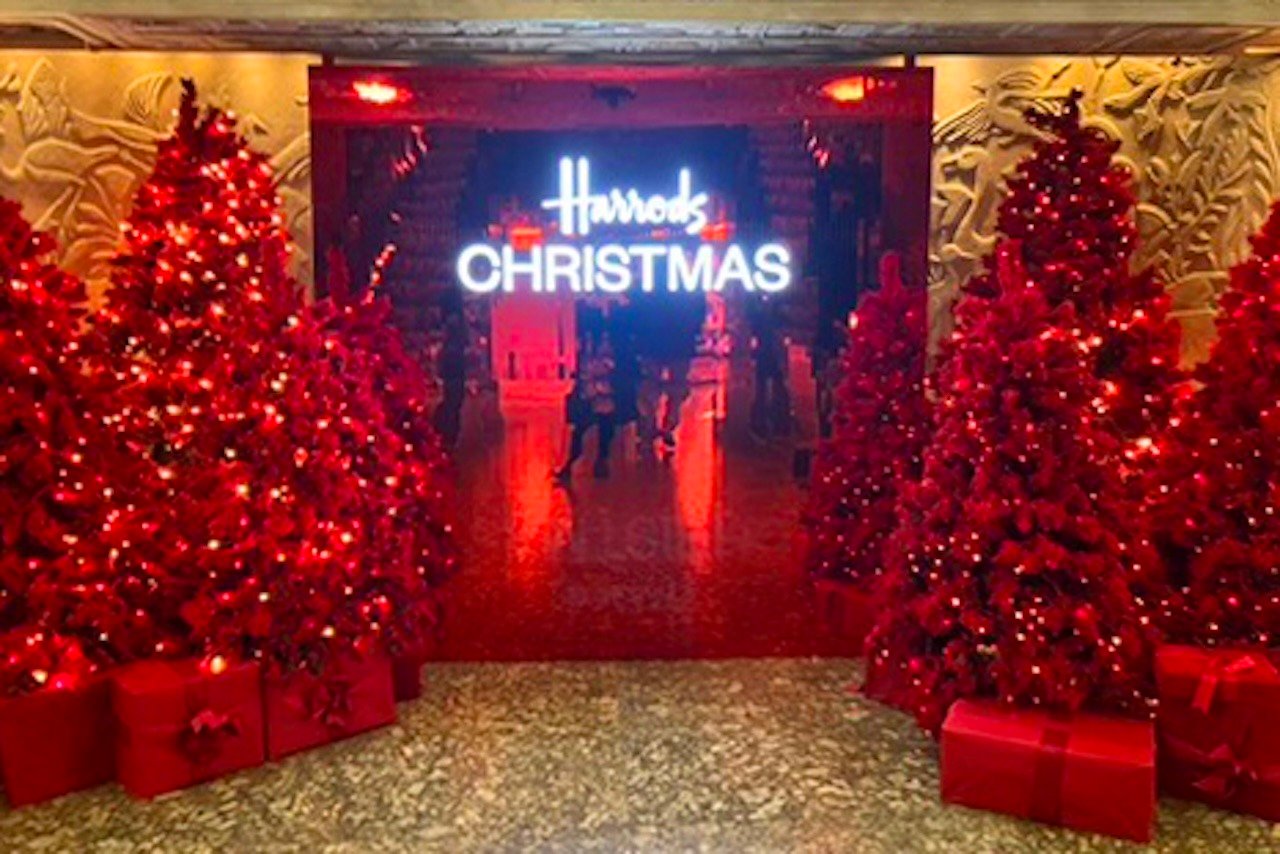
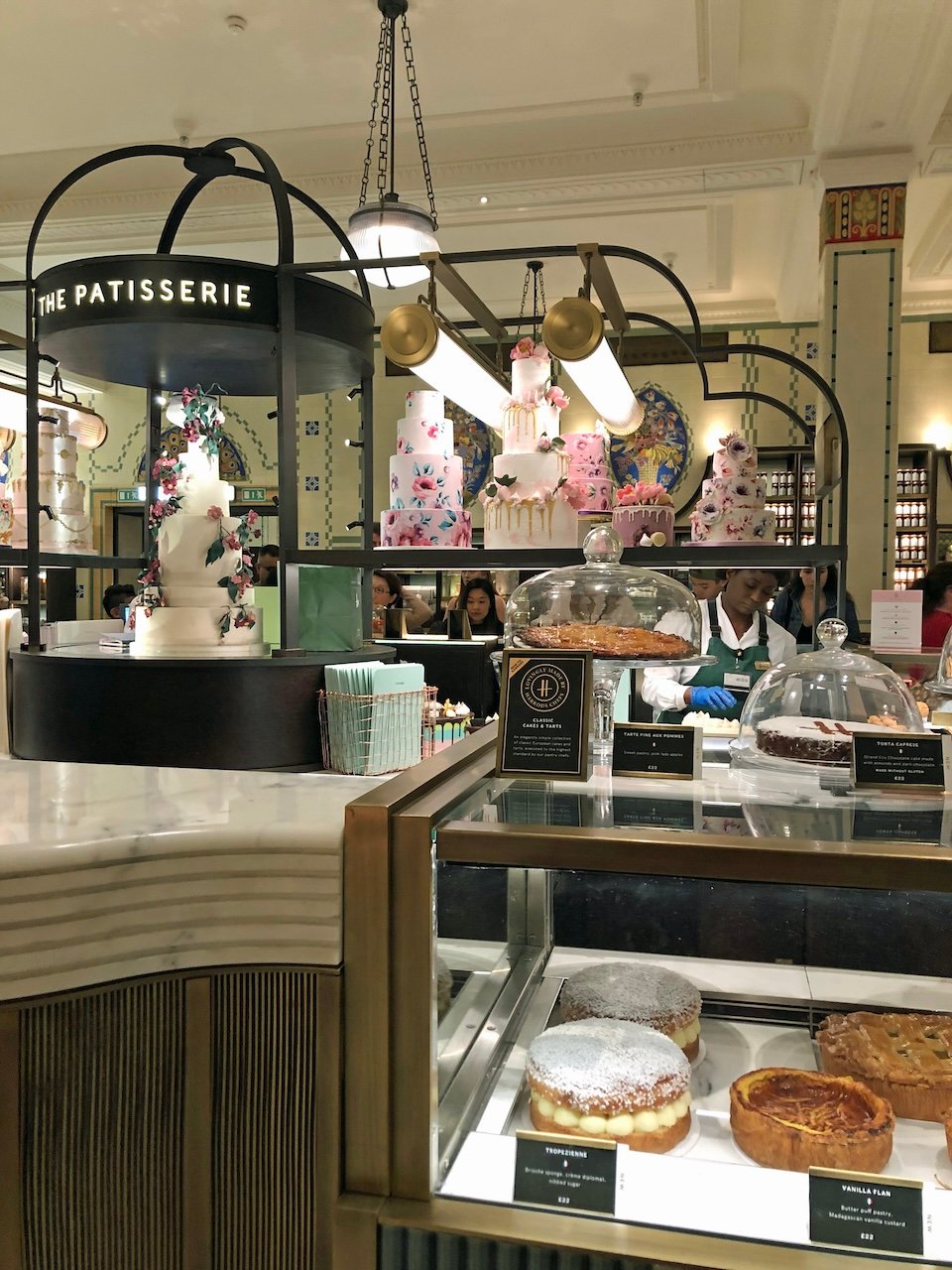
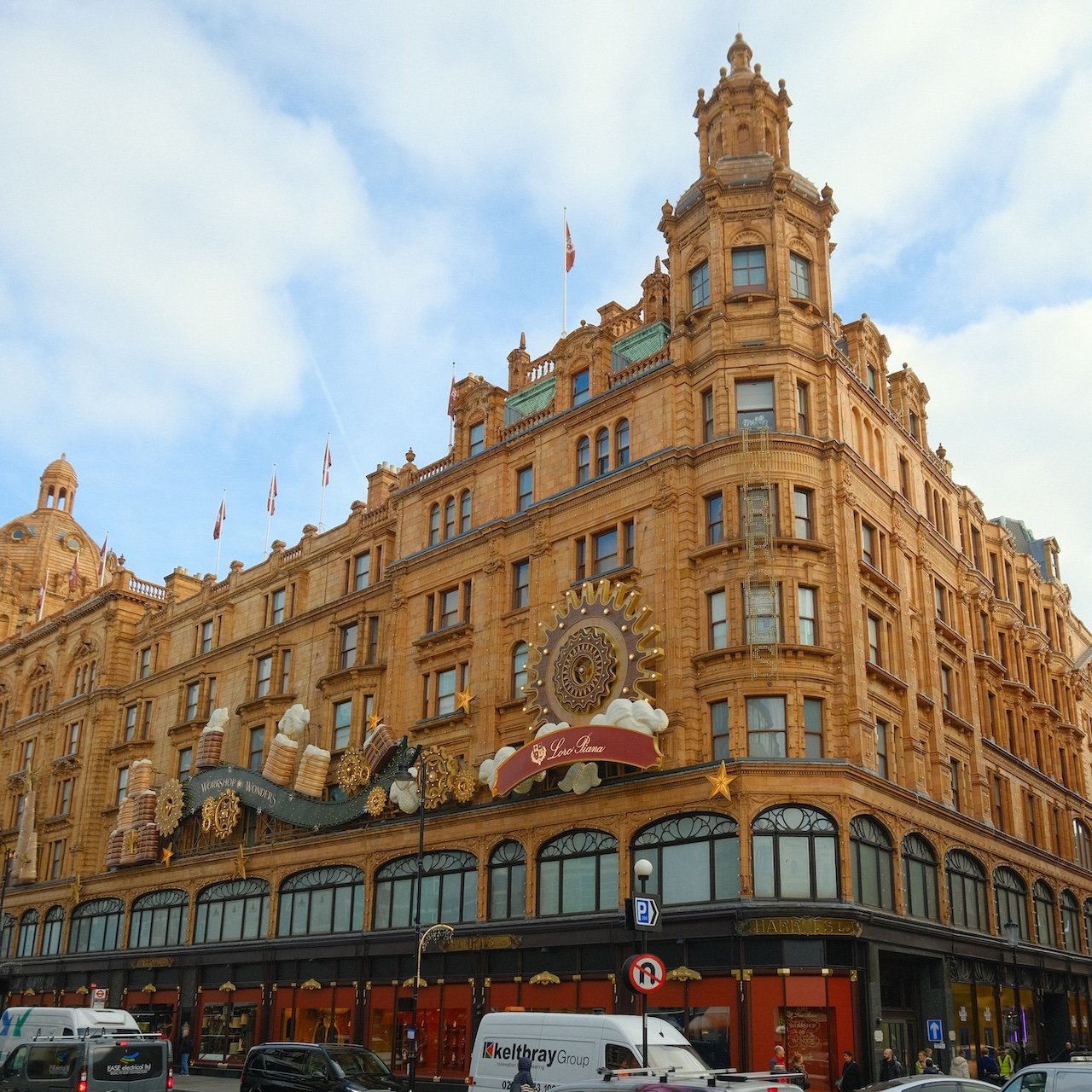
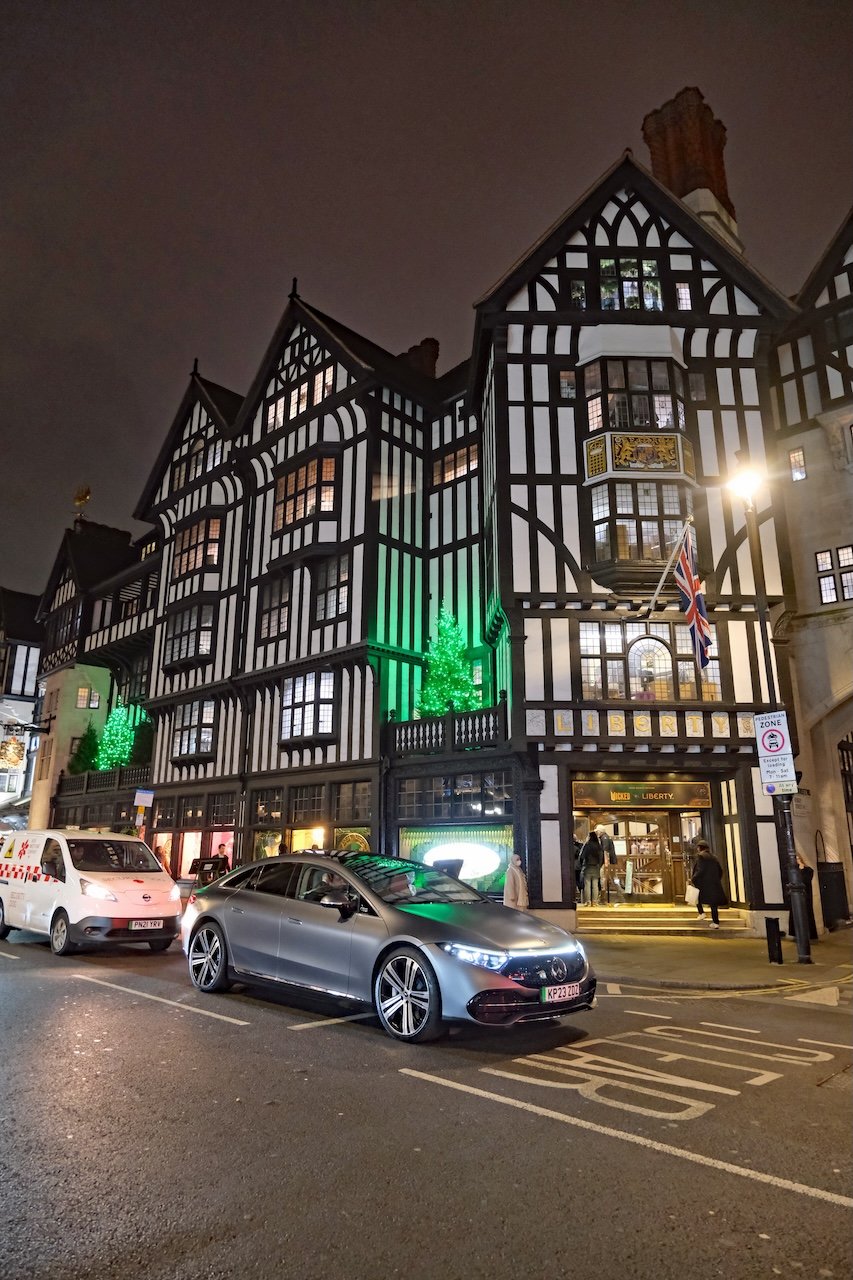
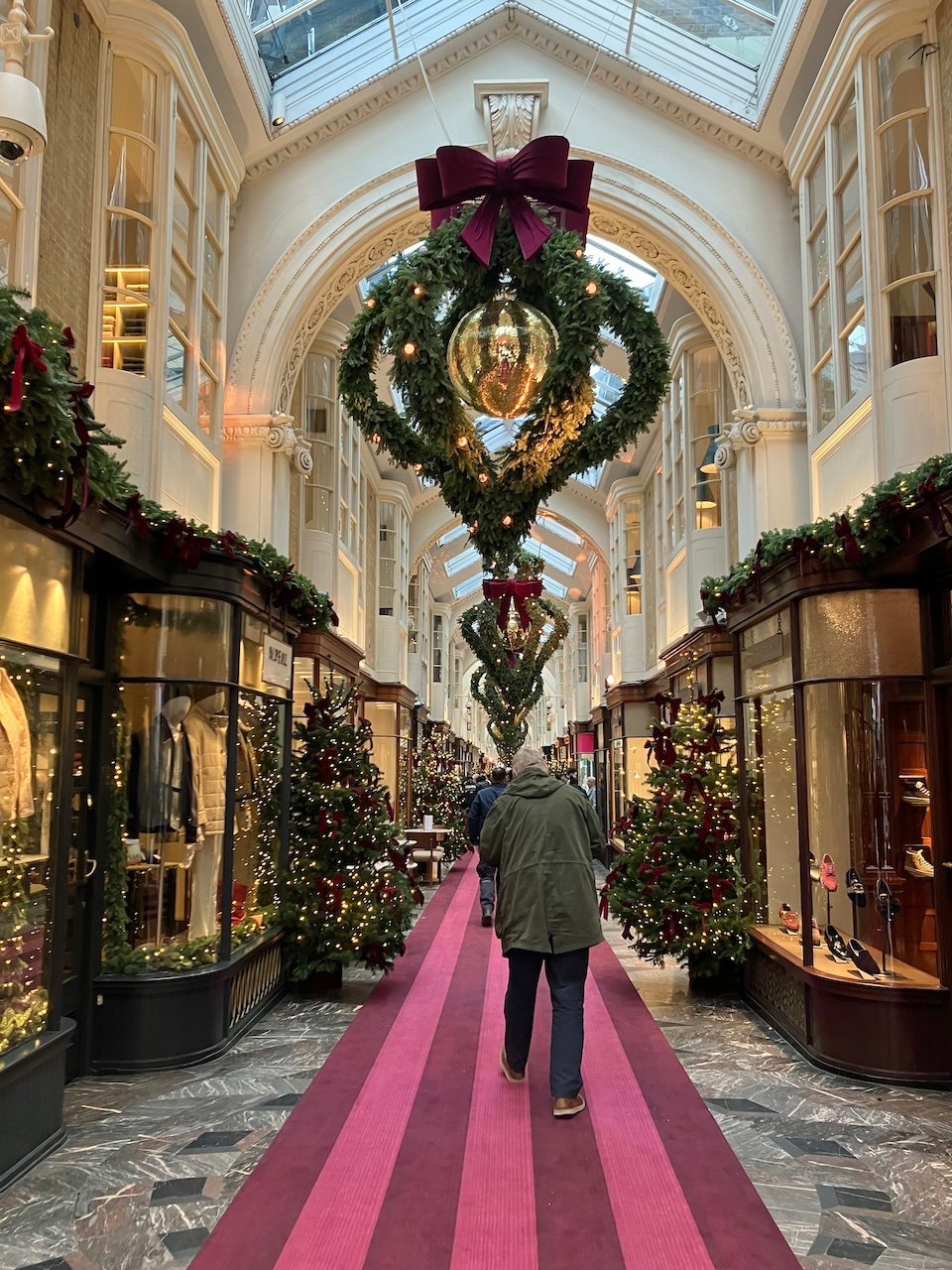
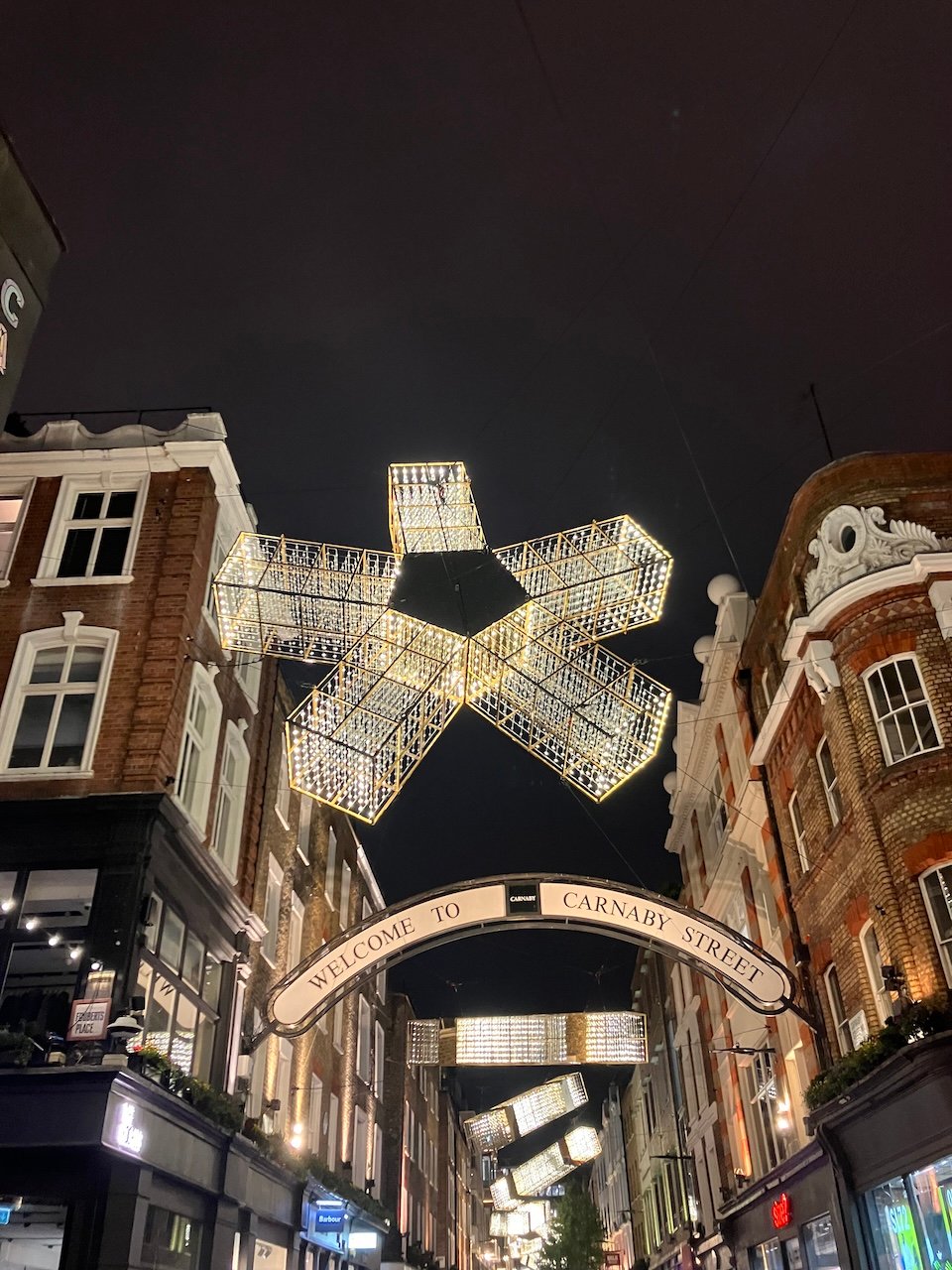
Shopping in London
London is one of the world’s best cities for shopping, offering everything from luxury boutiques and historic department stores to quirky markets and independent shops. Whether you are hunting for the perfect souvenir to take home, browsing world-famous streets like Oxford Street and Regent Street, or exploring vintage stores on Portobello Road in Notting Hill, the city has something for every style and budget. In this section of our London Travel Blog, we will share our picks for the best souvenirs to buy in London as well as the top shopping areas and stores that are worth adding to your itinerary.
Popular Souvenirs to Buy in London
One of the joys of visiting London is bringing home a little piece of the city. Here are a few of the most popular souvenirs to buy in London:
- Tea: No souvenir says "London" quite like tea. Pick up a box of tea from any supermarket (Marks & Spencer Luxury Gold Tea Bags are a great, budget-friendly choice), or pick up a beautifully decorated tin filled with tea from Fortnum & Mason, Harrods, or even the Twinings' historic shop on the Strand.
- Shortbread & Biscuits: Traditional British biscuits make excellent gifts. Look for beautiful tins at Harrods, Fortnum & Mason, local markets, and supermarkets throughout London.
- Chocolate: London is a great place to stock up on British chocolate, whether you are after something indulgent or simply a fun treat to take home. Luxury brands like Charbonnel et Walker and Prestat Chocolates make elegant truffles and gift boxes, but some of the most iconic souvenirs are the everyday chocolate bars you will find in supermarkets. Classics like Cadbury Flake, Cadbury Dairy Milk, Aero, Crunchie, Maltesers, and Galaxy are beloved staples that are distinctly British and not always easy to find abroad. Picking up a mix of these is an inexpensive (and delicious) way to bring home a taste of England. If you are looking for a chocolate-free sweet treat, consider Percy Pig Gummy Candy from Marks & Spencer (M&S).
- Royal-Themed Memorabilia: Official shops at Buckingham Palace or the Tower of London sell tasteful souvenirs tied to the monarchy, from fine china to aprons and Christmas ornaments.
- British Pottery & Porcelain: England has a long tradition of fine ceramics, and London shops carry pieces from world-famous makers. Look for Wedgwood, Royal Doulton, Denby, or Emma Bridgewater for colorful, hand-decorated mugs and kitchenware. Liberty and Fortnum & Mason often carry limited-edition designs, too! Smaller markets like Spitalfields or craft fairs often feature contemporary London-based ceramicists, too.
- Gin: British gin is especially popular, with London distilleries like Sipsmith or Portobello Road Gin offering a large assortment of gins to choose from and ones that you will not easily find abroad. Or, opt for a gin-based liqueur, like Pimm's or Sipsmith London Cup.
- Paddington Bear: This beloved British bear makes for a perfect souvenir. Soft toys, storybooks, and Paddington Bear-themed gifts can be found at department stores and most major toy shops.
- Books & More: London is a paradise for book lovers and museum-goers, and many of the best souvenirs come straight from museum gift shops. The British Library sells beautifully bound editions of classic works, while the National Gallery, V&A, and Natural History Museum stock everything from art prints and puzzles to educational toys. If you are in search of books, Daunt Books in Marylebone is a must-visit!
Best Shopping Areas & Stores in London
Shopping in London is as much about the experience as it is about what you buy. From historic department stores to world-famous shopping streets, every area offers something different, whether you are browsing luxury fashion, quirky markets, or even British supermarkets for edible souvenirs.
Specialty Stores & Department Stores in London
- Harrods (Knightsbridge): Perhaps the most famous department store in the world, Harrods is known for its luxury fashion, elaborate window displays, and iconic Food Hall, where you can pick up gourmet gifts like teas, biscuits, and chocolates. If you will not be in London at Christmas, do not worry! The Harrods Christmas Shop opens in August each year!
- Harvey Nichols (Knightsbridge): Located in Knightsbridge, the flagship location of Harvey Nichols is one of London's best luxury department stores. Harvey Nichols carries high-end fashion, beauty, accessories, housewares, and more. On the fifth floor, you will find a Food Market and an all-day dining café and terrace, which offers a relaxed contrast to the otherwise upscale shopping experience.
- Liberty (Soho): Instantly recognizable by its Tudor-style timbered façade, Liberty is a London icon. Inside, it is best known for its floral-print fabrics, beauty hall, and carefully curated fashion and housewares.
- Selfridges (Oxford Street): A pioneer of modern retail, Selfridges combines high-end fashion with contemporary design and one of the best food courts in London. It is a destination as much as a shop, with regular events and elaborate displays. Their children's shop at their Oxford Street location is complete with a toy store (including the ever-popular Jellycat), gifts, clothing, and shoes for all ages.
- Fortnum & Mason (Piccadilly): Established in 1707, Fortnum & Mason is synonymous with British tradition. The Piccadilly flagship location is popular for its luxury hampers, teas, jams, and biscuits, making it the go-to for edible souvenirs. If you find yourself in London at Christmas, do not miss Fortnum & Mason's elaborate Christmas decorations!
- Hamleys (Regent Street): The world’s oldest toy store, Hamleys spans seven floors of toys, games, and interactive experiences. It is a wonderland for children (and nostalgic adults), especially at Christmas.
Iconic Shopping Streets in London
Grand Boulevards & Shopping Streets in London
- Bond Street: London’s luxury shopping hub, home to designer boutiques like Chanel, Dior, and Louis Vuitton, as well as auction houses such as Sotheby’s.
- Regent Street: A grand boulevard lined with flagship stores, including Liberty, Hamleys, and international fashion brands. Its Christmas lights are some of the best in the city!
- Oxford Street: Europe’s busiest shopping street, packed with high-street fashion brands, department stores like Selfridges, and budget-friendly shops like Primark.
- Covent Garden: Covent Garden is a historic piazza that is home to boutiques and beauty brands, including: Jo Malone London, Charlotte Tilbury, and Strathberry.
- Carnaby Street: Carnaby Street, located in Soho, is now a pedestrian-only street filled with independent boutiques, trendy cafés, and flagship stores. It is also known for its quirky Christmas light displays.
- King's Road: Once the epicenter of the 1960s counterculture in Chelsea, King’s Road is now lined with stylish boutiques, home design shops, and a mix of high-street and luxury fashion brands.
- Savile Row: World-famous for bespoke tailoring in Mayfair, Savile Row is the place to visit if you are curious about London's tradition of fine men's tailoring.
- Portobello Road: Best known for Portobello Road Market in Notting Hill, this street is a destination for antiques, vintage clothing, and unique finds. Saturdays are the liveliest (and busiest day), when the market is in full swing.
Historic Markets & Shopping Arcades in London
- Burlington Arcade: Opened in 1819 in Mayfair, the Burlington Arcade is one of the world's oldest and most elegant covered shopping arcades. Lined with high-end jewelers, perfumeries, and luxury brands, it is a refined alternative to nearby Regent Street and Bond Street.
- The Royal Arcade: Opened in 1879, this elegant Victorian arcade runs between Albemarle Street and Old Bond Street in Mayfair. It is lined with luxury shops and chocolatiers like Charbonnel et Walker.
- Leadenhall Market: Leadenhall Market is a beautifully covered Victorian market in the City of London, with ornate ironwork and glass ceilings, dating back to the 14th century. It is home to boutiques (including Reiss and Barbour), restaurants, and pubs. Leadenhall Market was famously used as a filming location for Harry Potter.
- Coal Drops Yard: A newer addition to London’s shopping scene in King's Cross, this redeveloped industrial space blends trendy fashion brands (including Cos, A.P.C., Beyond Retro, Carhartt WIP, Uniqlo), design shops, and restaurants.
Supermarkets in London
Supermarkets make great shopping stops in London. Stores like Marks & Spencer (M&S), Tesco, and Sainsbury’s are perfect for stocking up on British everyday favorites, from tea biscuits to Cadbury chocolates and affordable gin. These make excellent, easy-to-pack, and budget-friendly souvenirs that give you a taste of everyday British life. Plus, supermarkets are located all across the city, so you never have to go far to find the perfect souvenir to take home with you!
Transportation in London
Getting around London is easy, thanks to the city’s variety of easy-to-use public transportation options.
London Airports
London is served by five major airports, each varying in size, location, and ease of access. Knowing your options will help you plan your arrival and departure more smoothly. For most travelers from North America, London Heathrow (LHR) and London Gatwick (LGW) will be the arrival points.
- London Heathrow (LHR): London Heathrow is London's busiest airport. Located approximately 15 miles (24 kilometers) west of Central London, LHR is the hub for many international carriers including British Airways, Virgin Atlantic, American Airlines, Delta, United, Air Canada, Emirates, and more. Travelers can take the Heathrow Express, which reaches Paddington Station in 15 minutes, or opt for the London Underground (Tube). The Elizabeth Line connects LHR to central London in 30–45 minutes. The Piccadilly Line also runs to LHR and is the budget option, though it takes approximately 50 minutes to reach central London.
- London Gatwick (LGW): London Gatwick is located 30 miles (48 kilometers) south of London and handles a mix of full-service and low-cost carriers, including British Airways, EasyJet, Aegean Airlines, Norse, and others. Travelers can take the Gatwick Express, which reaches London Victoria in approximately 30 minutes. Alternatively, travelers can opt to take Thameslink and Southern Rail trains from LGW to central stations like London Bridge (29 minutes), St. Pancras International (44 minutes), and London Victoria (31 minutes).
- London City (LCY): London City is located in East London, roughly seven miles (11 kilometers) from the city center. It serves mostly regional European carriers such as British Airways CityFlyer, KLM, Swiss, and others. The airport connects via the Docklands Light Railway (DLR) to the Tube network, reaching Bank Station in 21 minutes.
- London Stansted (STN): London Stansted is located of northeast of the city, about 40 miles (64 kilometers away), and is a major base for budget airlines like Ryanair, EasyJet, and Jet2. The Stansted Express train reaches London Liverpool Street in about 50 minutes.
- London Luton (LTN): London Luton sits north of London, about 35 miles (56 kilometers) away, and also serves budget carriers like EasyJet, WizzAir, and others. The Luton Airport Express links the airport to London St. Pancras International in about 32 minutes.
Public Transportation to/from London Airports
- Trains: The trains that connect London’s airports to the city center are generally the fastest, most efficient, and often the cheapest way to travel. Services like the Heathrow Express, Gatwick Express, Stansted Express, and the Luton Airport Express are designed to get passengers into central London quickly, usually in under an hour. You can purchase train tickets directly at the station once you land, but most trains now accept tap-to-pay contactless cards or mobile wallets. This makes it easy to skip lines and board your train quickly.
- Taxis (Black Cabs): Taxis are readily available at all London-area airports and provide door-to-door service to your hotel or accommodation. However, it is important to note that fares are metered and not fixed, meaning your total cost will depend on the distance, time of day, and traffic conditions. A typical journey between the airport and city center can range between £40 and £105 (depending on your exact destination within London and the airport you are traveling to), but it could be more during peak traffic hours. Taxis in London accept both card and cash payments.
Public Transportation in London
London has one of the most extensive public transport systems in the world. The Underground (Tube), with 11 lines, connects nearly every neighborhood and major attraction in the city. Iconic, double-decker red buses provide scenic and affordable journeys throughout the city, while the Overground and trains link to the outer boroughs and airports. Together, these services make navigating such a large city surprisingly straightforward.
London Underground (Tube)
The London Underground, better known as the Tube, is the fastest and most efficient way to get around the city. With 11 lines covering over 250 stations, it connects nearly every major attraction, shopping district, and neighborhood in central London, as well as reaching into the outer boroughs. Trains run frequently from early morning until just after midnight, with Night Tube service on some lines on Friday and Saturday nights.
For most visitors, the Tube is the easiest way to get around London. Journeys are easy to navigate with color-coded lines and clear signage. While buses and trains complement the system, the Tube is usually the quickest option for sightseeing and traveling between neighborhoods.
Paying for the Tube & Public Buses
- Payment on the Tube is simple with tap-to-pay available for cards, smartphones equipped with virtual wallets, or Oyster Cards. This makes it cheaper and easier than buying paper travelcards, especially if you are relying on the Tube and buses for sightseeing.
- Fares are free for children under the age of 11, as long as they are traveling with an adult with a valid ticket. Up to four children can travel free with one adult.
- Half-priced fares are available for children aged 11 to 15 with the Visitor Oyster Card. You will have to request that the Young Visitor discount be added to your Visitor Oyster Card after you have arrived in London. You can ask any member of the Transport for London (TFL) staff at any underground stations for assistance.
- London uses a daily and weekly fare cap, meaning once you have spent a certain amount on public transportation, any additional journeys that day (or week) are free. Just make sure to use the same credit/debit card each time you tap in and out on the Tube stations and on London buses. For more information about the fare caps, please visit the Transport for London website.
-
London’s public transport system is divided into fare zones, with Zone 1 covering central London where most major attractions are located. As you travel outward through Zones 2–9, fares increase depending on the distance. Most visitors will spend the majority of their time in Zones 1–2, which include neighborhoods like Westminster, Covent Garden, Kensington, and the City of London. Although, keep in mind that London Heathrow is in Zone 6. The good news is that with tap-to-pay, you do not have to calculate fares manually. The system charges you automatically based on the zones you travel through, and fare capping ensures you never pay more than the daily or weekly limit.
Public Buses
London’s iconic red double-decker buses are more than just a symbol of the city, they are also the most affordable and scenic way to get around London. Buses reach parts of London that are not always as well served by the Tube.
For visitors, buses are a great way to see the city above ground while traveling between attractions. Routes that pass landmarks like St. Paul’s Cathedral, Trafalgar Square, and Tower Bridge can feel like a sightseeing tour (minus the commentary) for the price of a regular fare. Boarding is cashless, and payment is made with the same tap-to-pay cards or Oyster cards used on the Tube.
While buses are slower than the Underground in heavy traffic, they are ideal for shorter journeys or when you want to take in London’s atmosphere from street level.
That said, London's buses can be a little confusing for first-time visitors. You will need to make sure you are boarding the correct bus number and heading in the right direction, as many routes split or loop. Apps like Citymapper or Google Maps make it much easier by showing live routes and bus stop locations.
Jetset Seeker Pro Tip: Take advantage of the Hopper Fare. Once you pay for a bus journey, any additional transfers within one hour are free. It is one of the cheapest ways to get around London!
Taxis (Black Cabs)
London’s iconic black cabs are easy to spot and available throughout the city. Drivers, known as cabbies, undergo rigorous training called The Knowledge, which means they know London’s streets and landmarks better than anyone. Black cabs are reliable and convenient, especially if you are carrying luggage or traveling late at night. Black cabs accept both cash and credit cards.
That said, black cabs are also expensive compared to public transportation, and in heavy traffic they are not the most efficient way to get around London. For long distances or peak-hour journeys, you may find yourself spending far more time (and money) in a black cab than you would on the Tube or train.
Rideshares
Rideshare apps exist in London, including Uber, Bolt, and FreeNow. However, like taxis, rideshares are not always the most efficient way to navigate London.
Trains in London
London has dozens of train stations, the following are most commonly used by visitors:
- Kings Cross & St. Pancras International: Side-by-side in central London, King's Cross is best known for domestic service to northern England, servicing cities like York, Leeds, and Newcastle. King's Cross is also famous with Harry Potter fans for the Platform 9 ¾ photo spot. Meanwhile, St. Pancras International is home to the Eurostar, connecting London to Paris, Brussels, and Amsterdam. St. Pancras International also has the East Midlands Railway, connecting London to Leicester, Nottingham, Derby, Sheffield, and Manchester.
- Victoria: Victoria Station is the gateway to southern England, with trains to Brighton, Gatwick Airport, Surrey, and Kent. It is also the terminus for the Gatwick Express.
- Paddington: Paddington Station serves the west of England and Wales, with trains to Oxford, Bath, Bristol, and Swansea. It is also the terminus for the Heathrow Express.
- Waterloo: London Waterloo offers train services to Surrey, Hampshire, and Dorset, including routes to the southwest coast. If you are planning a day trip from London to Windsor Castle or Hampton Court Palace, your train will depart from London Waterloo. Similarly, trains also run to Wimbledon from London Waterloo.
- Liverpool Street: Handles trains to Essex, Cambridge, and Norwich, as well as the Stansted Express to the airport.
- Euston: London Euston is the main station for trains to the West Midlands (including Birmingham and Wolverhampton), northwest England, and Scotland, including the Caledonian Sleeper to Glasgow.
- Charing Cross: Conveniently located near Trafalgar Square, this station connects to southeast London and Kent.
Regional & International Train Connections from London
London’s rail network makes it easy to explore both the rest of the UK and parts of mainland Europe.
-
Day Trips from London: Some of the most popular day trips from London are just a short train ride away. From Paddington, you can reach Oxford in under an hour or Bath in about 90 minutes. From Victoria, trains run to Brighton, a favorite seaside escape in just about 70 minutes. Liverpool Street and King's Cross both offer direct trains to Cambridge (about 90 minutes), while Windsor is only 30-40 minutes from London Waterloo and Hampton Court Palace can be reached in about 35 minutes from London Waterloo.
-
Longer UK Journeys: For multi-day trips, Euston is the gateway to cities like Birmingham in under 3 hours. From King’s Cross, trains run north to York, Newcastle, and Leeds, in less than 3 hours. Paddington also connects to Cardiff (2 hours), while King's Cross has trains to Edinburgh (5 hours). The Caledonian Sleeper services the longest routes from London, including: Glasgow (7.5 hours), Aberdeen (10.5 hours), and Inverness (11.5 hours).
-
International Routes: From St. Pancras International, the Eurostar makes continental Europe remarkably accessible. You can reach Paris in 2 hours 20 minutes, Brussels in just over 2 hours, and Amsterdam in about 4 hours. With city-center-to-city-center travel, Eurostar is often faster and easier than flying. For the best Eurostar fares, book as early as possible and purchase directly from Eurostar.
Buying Train Tickets in London
With the exception of airport express services like the Heathrow Express, Gatwick Express, or Stansted Express (which are fixed price and can be purchased on the day), it is best to buy your train tickets in advance of your planned travel. Advance tickets are usually the cheapest option and can be released up to 12 weeks before departure, though even booking a few days early often saves money compared to buying at the station.
We almost always recommend booking your train tickets directly through the individual train operators. However, since the UK rail network is split across multiple companies, this can sometimes be confusing for visitors. For simplicity, third-party booking platforms like Rail Europe allow you to compare routes, schedules, and prices across operators in one place. Rail Europe does charge a small booking fee. To save money, book all your train journeys at once so you only pay the fee one time.
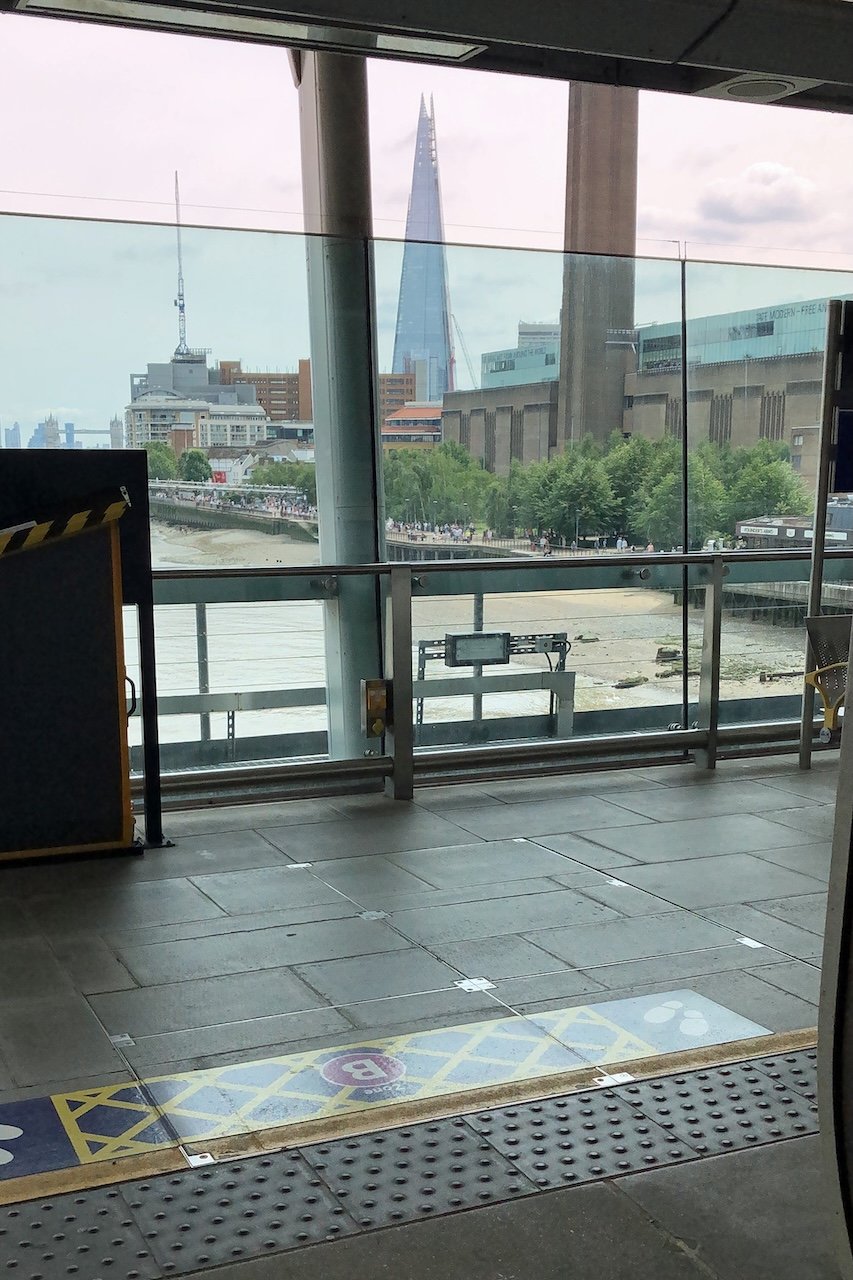
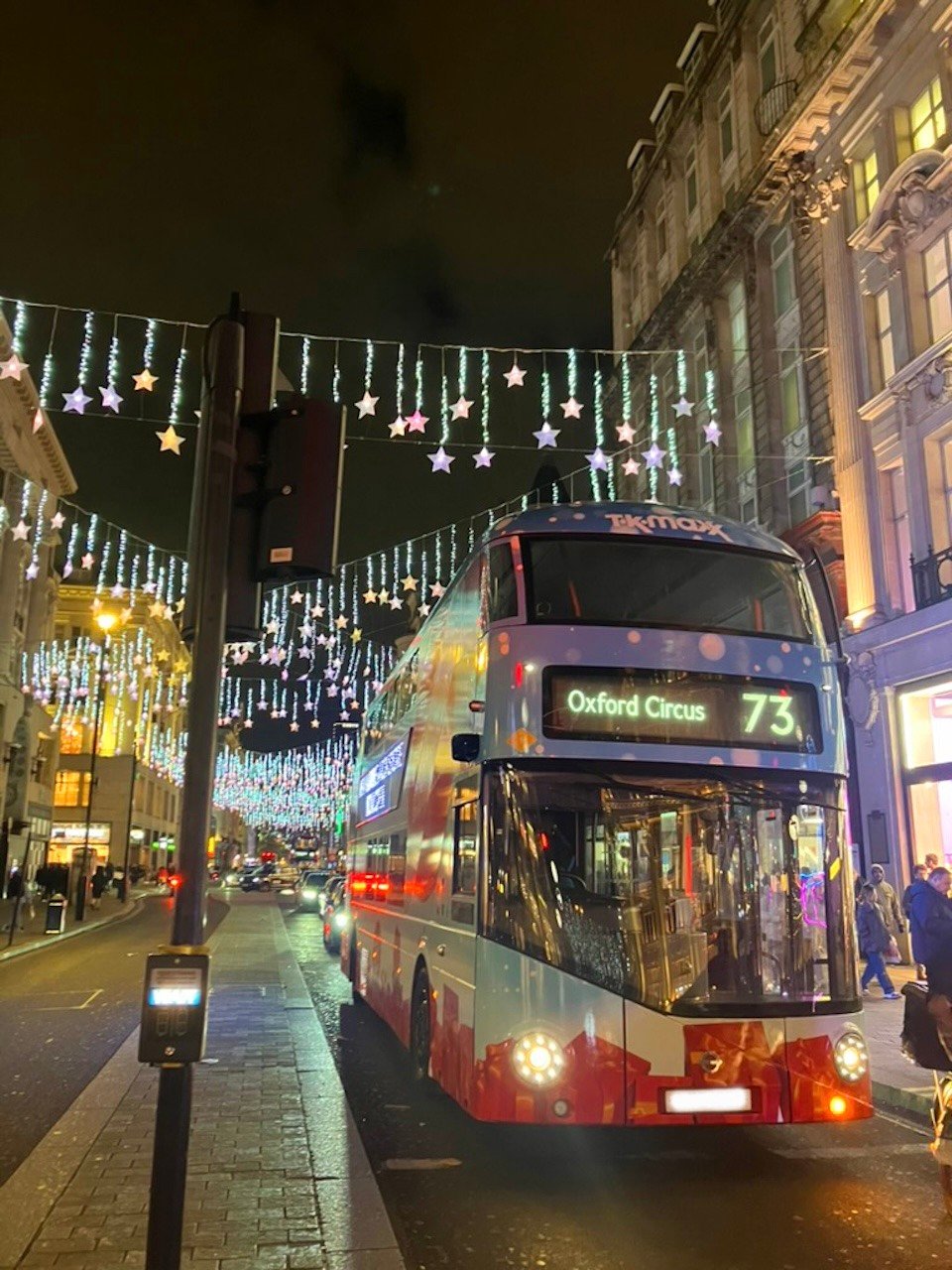
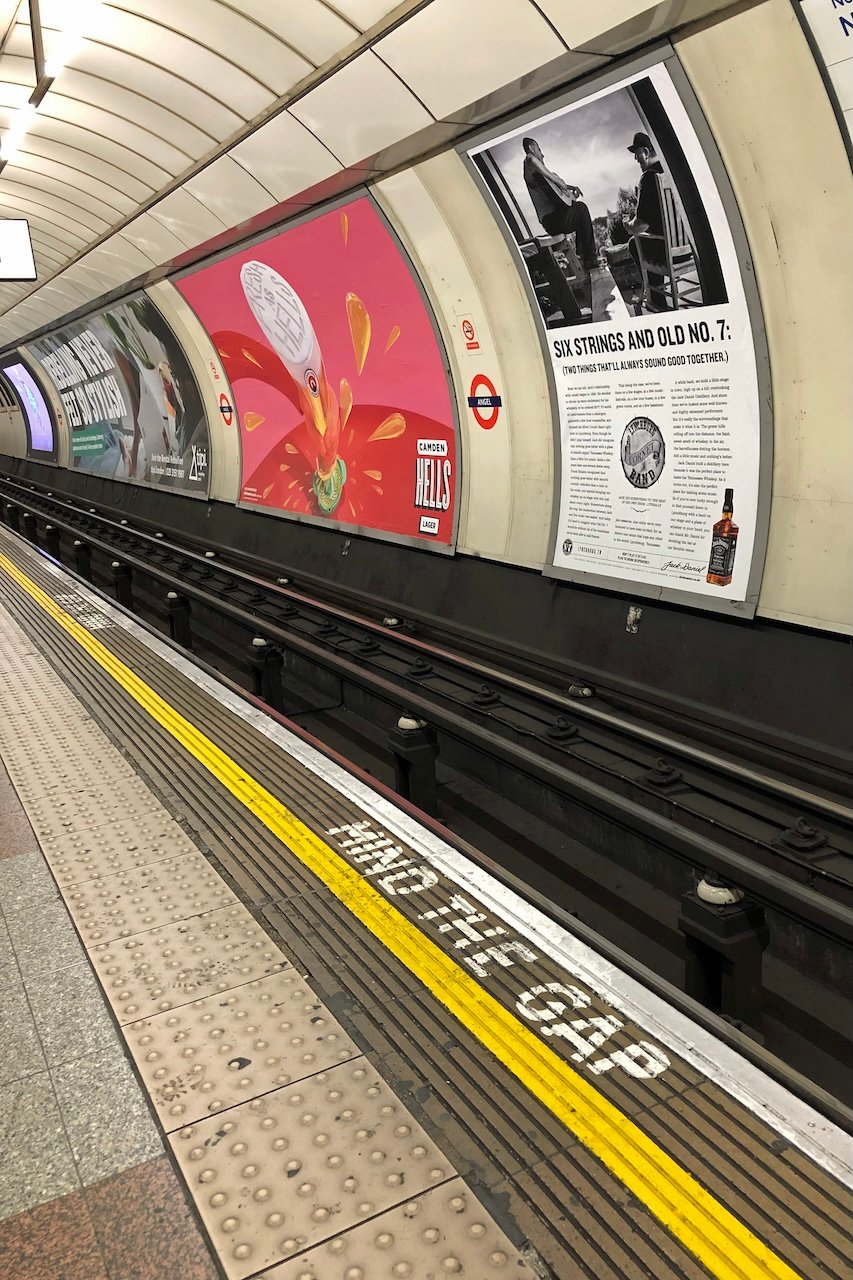
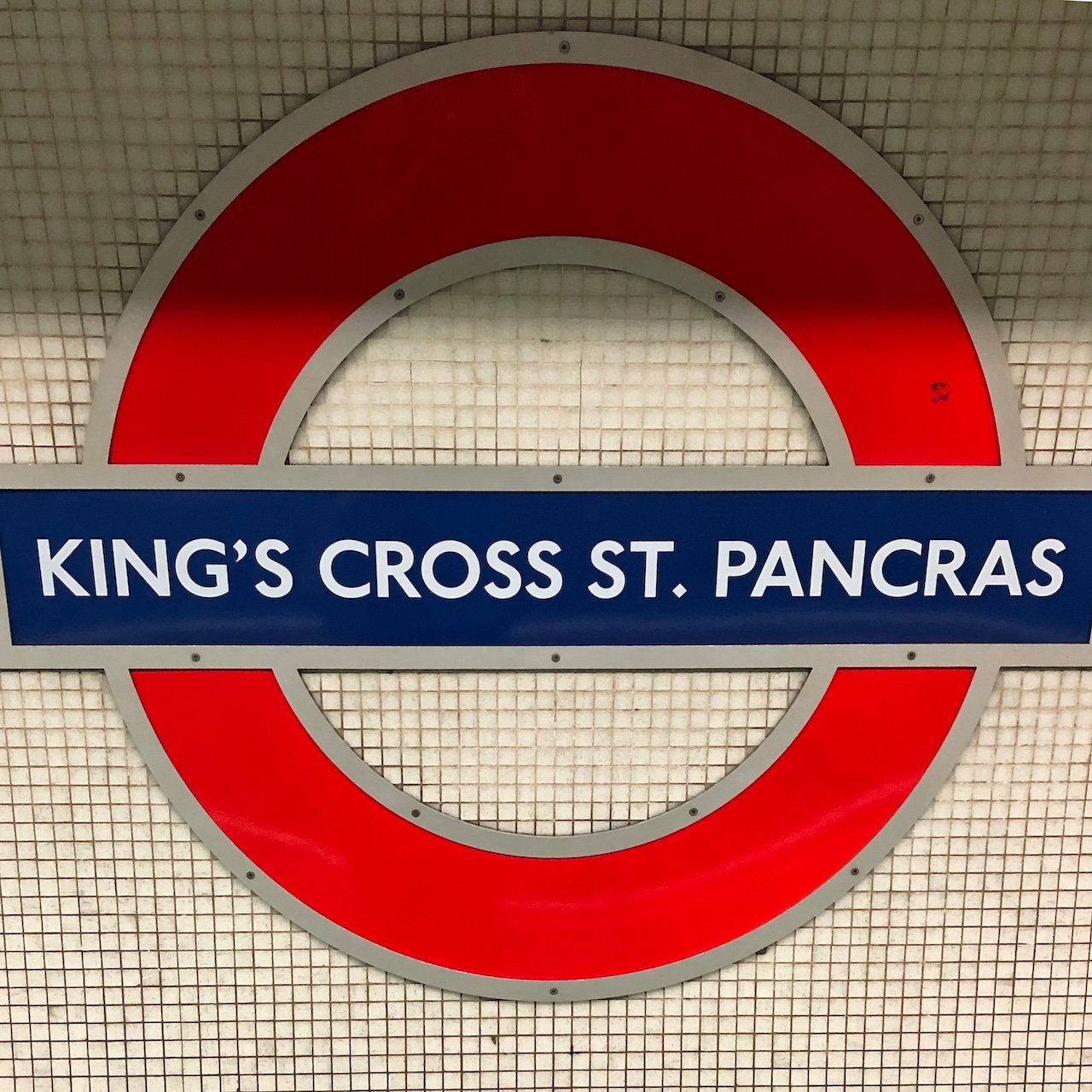
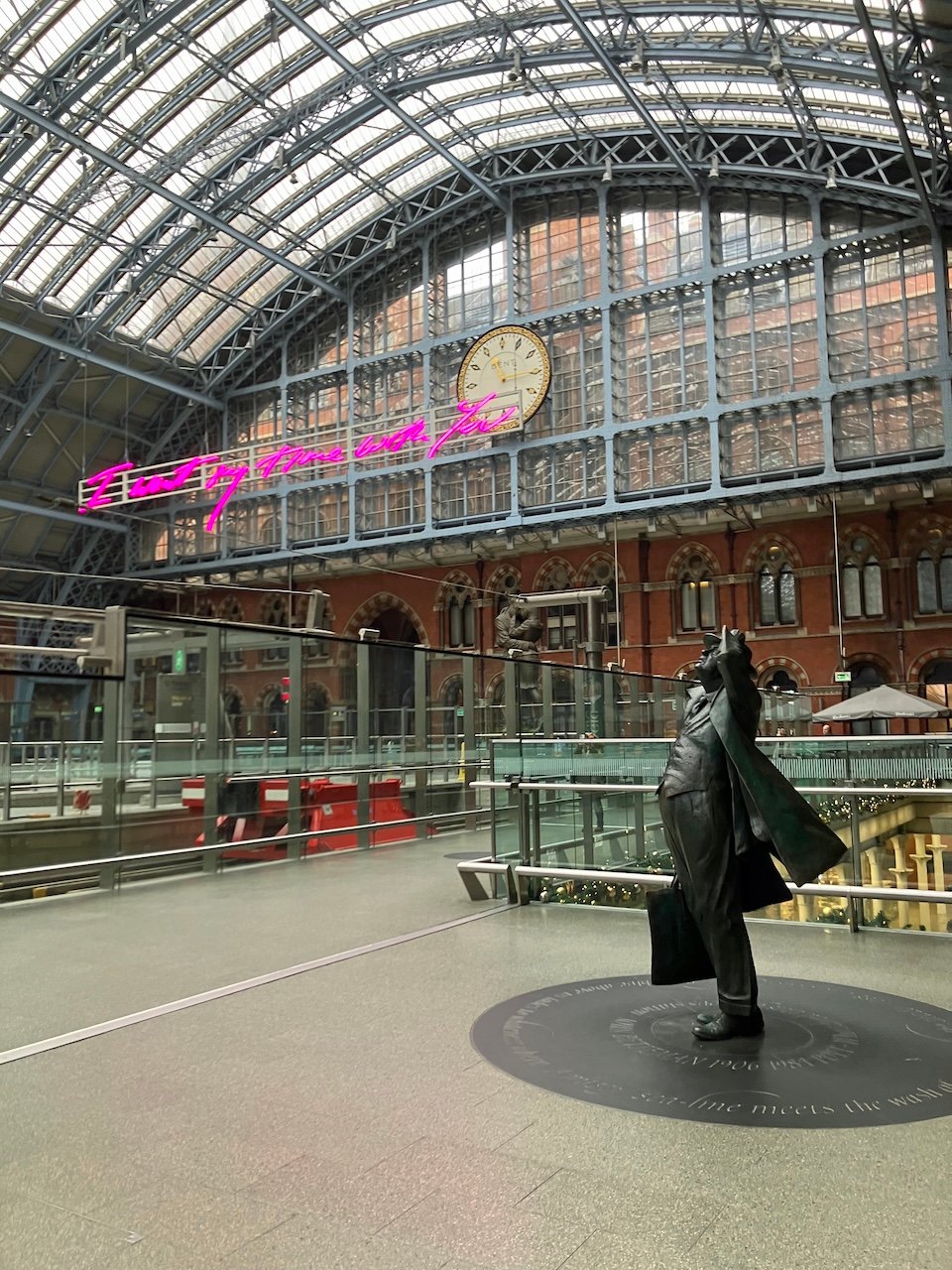

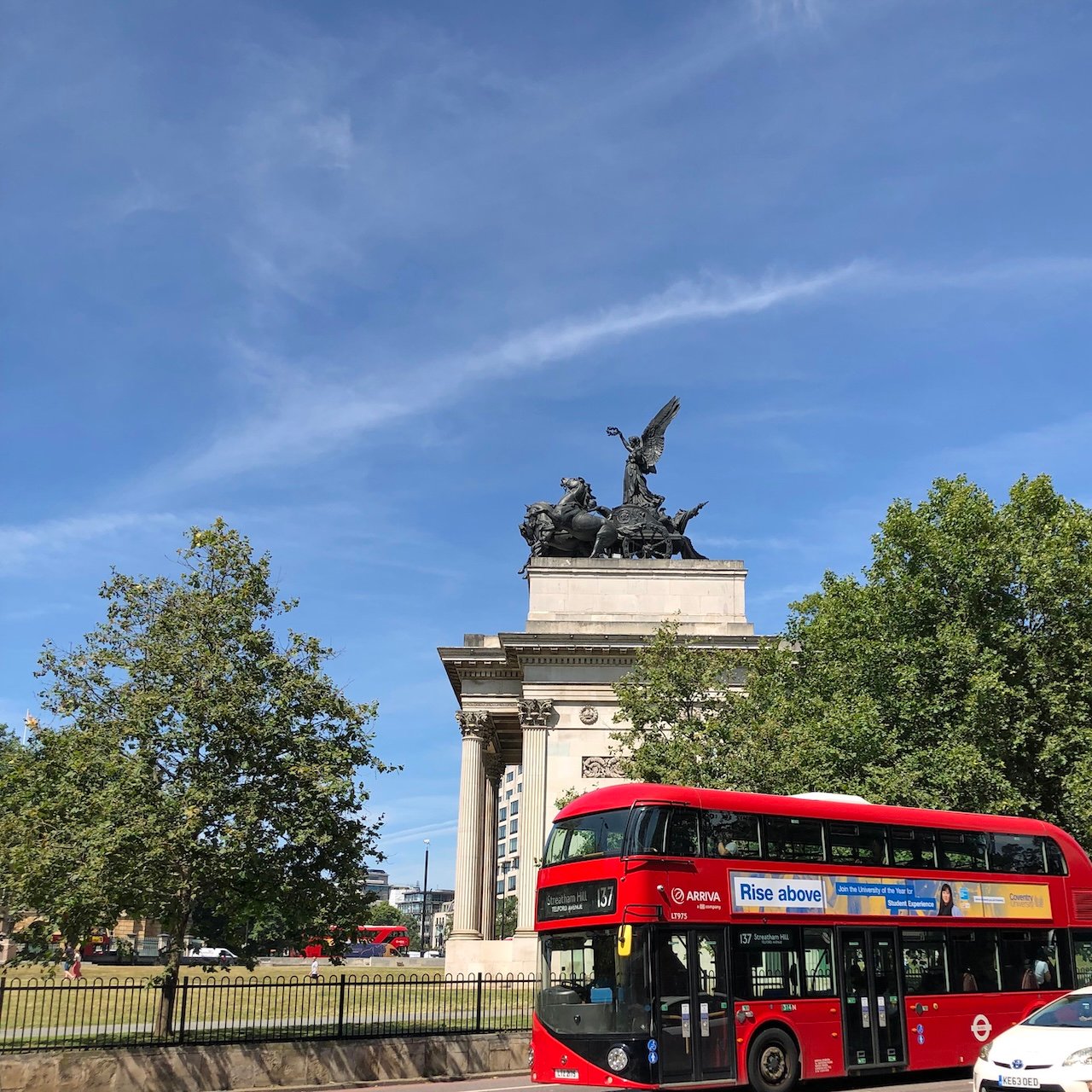
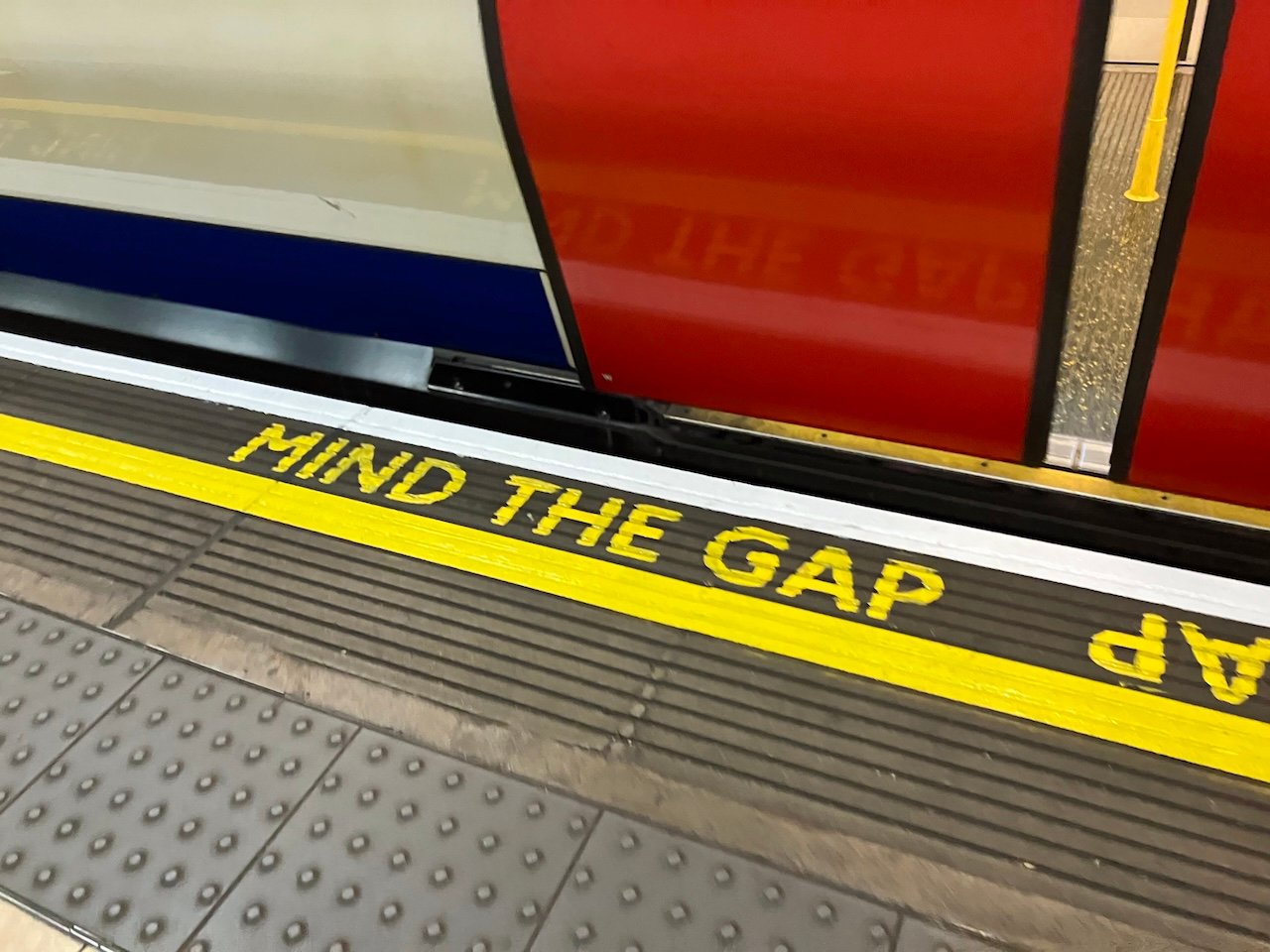

London Travel Blog Quick Links
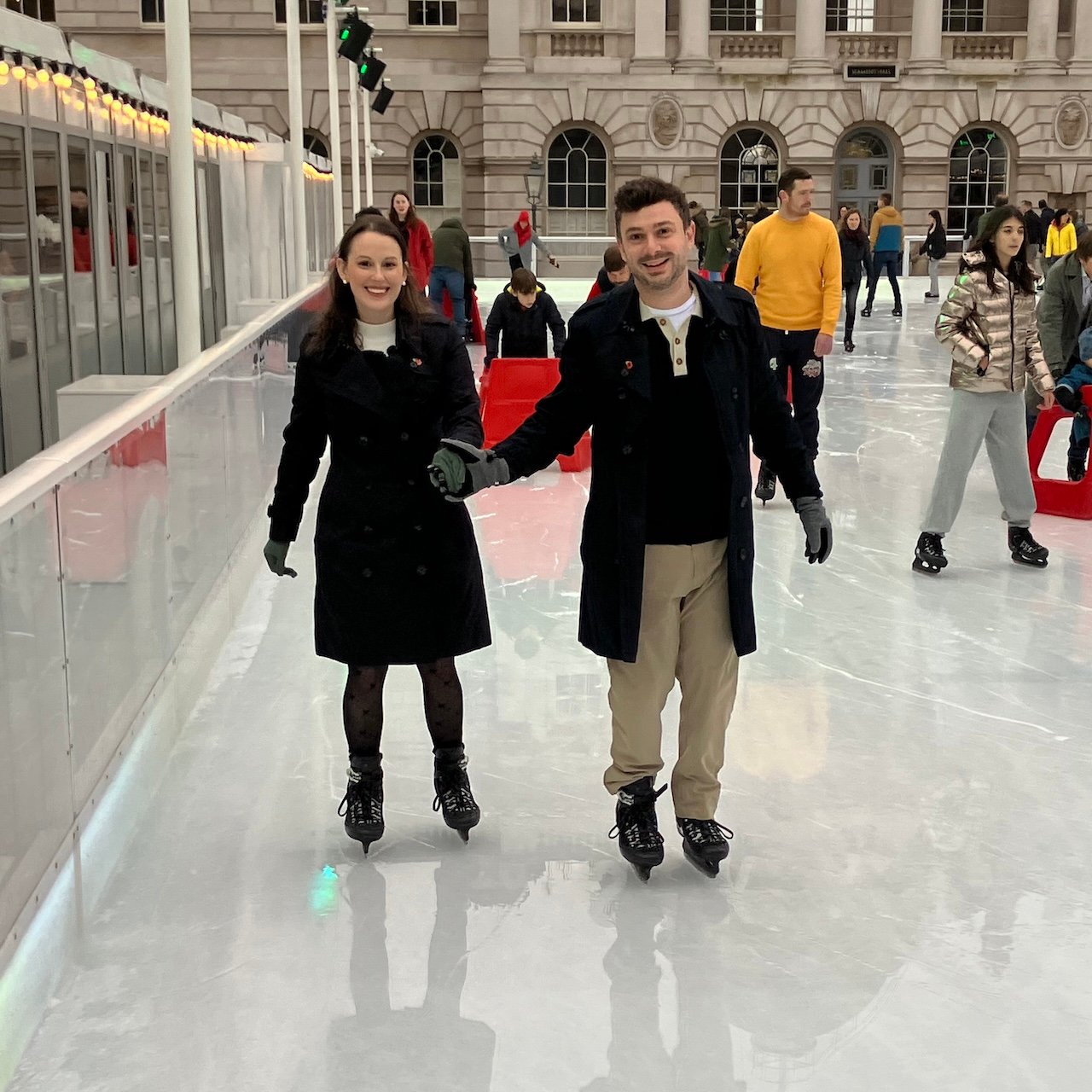
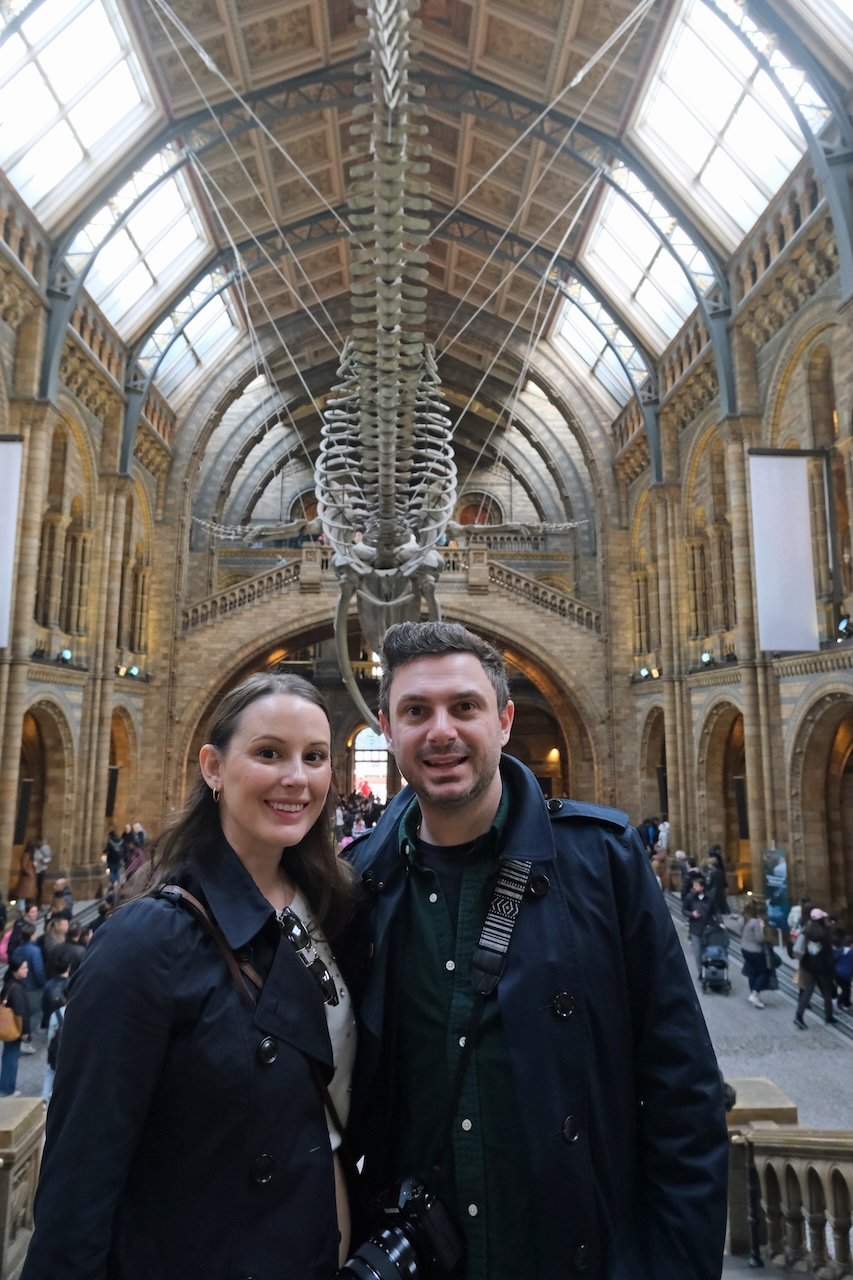
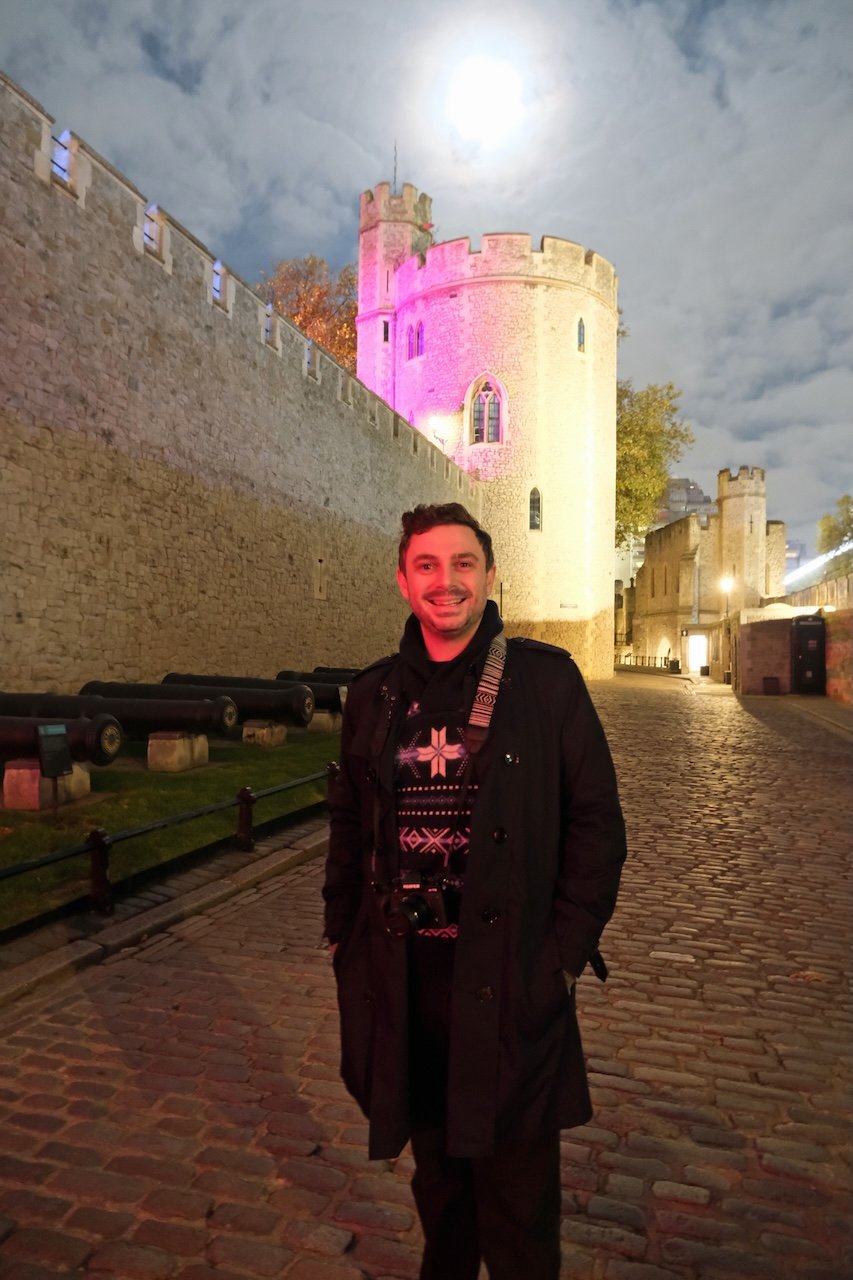
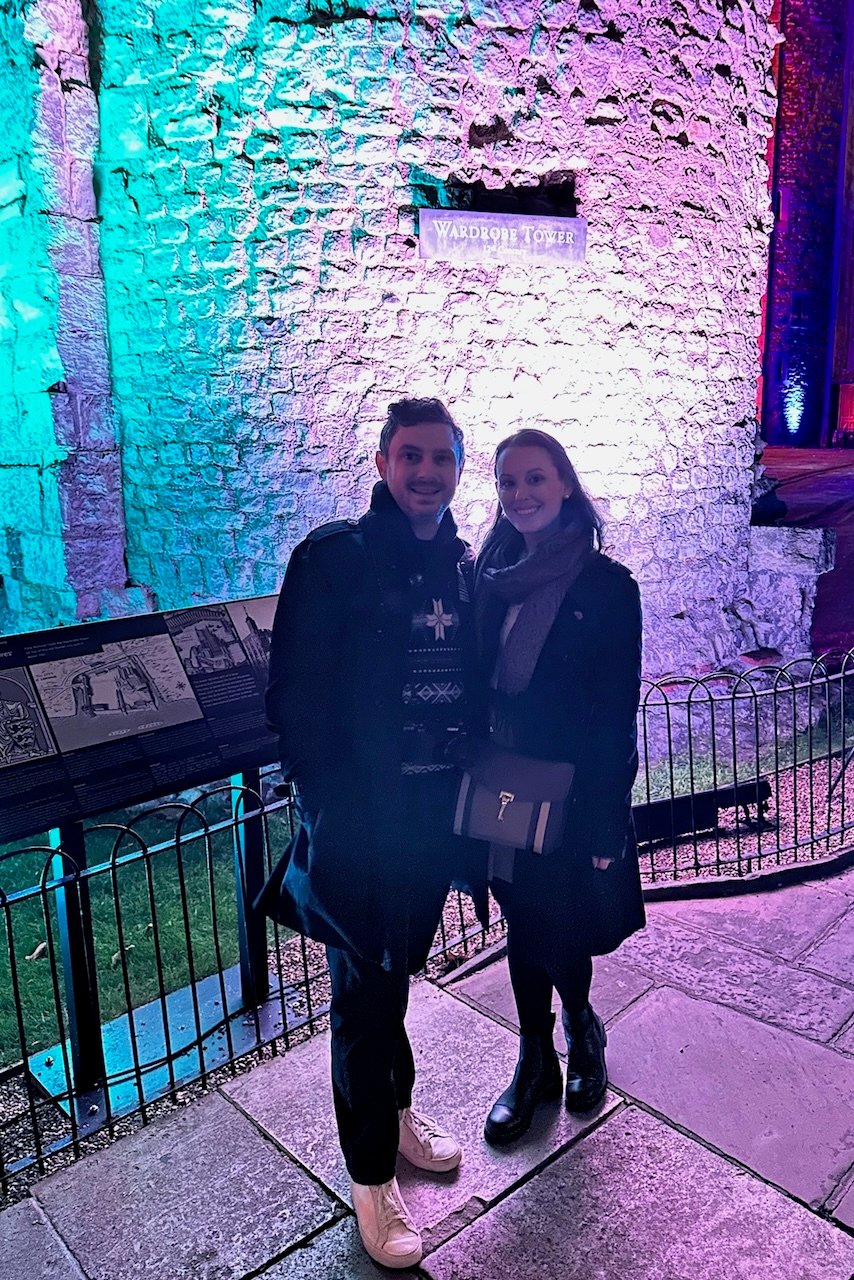

Why We Love London
London will always be special for us. It was the very first place both of us visited in Europe - separately, as kids - and those early experiences left us with a lasting impression. Since we grew up with such fond memories of exploring London, we can say with the utmost confidence that London is one of the best cities in the world to visit with kids. There is just something so spectacular about seeing its grand palaces, iconic double-decker buses, and the royal pageantry through younger eyes that makes the city unforgettable.
Lauren also has family in the Midlands, so we have made a habit of stopping in London before or after visits with them. London has become a place we return to frequently, not out of obligation, but because the city never gets old. No matter how many times we visit, London always has more for us to see and explore than we could ever cover in a single trip. There are also plenty of hidden gems in London waiting to be uncovered, from the beauty of Kew Gardens to the history of the Royal Mews. London is a city where you could spend months and still not come close to seeing it all.
London is not a cheap city to visit, but one of the things that keeps us coming back is the incredible (and free) museums. The V&A, the National Gallery, the Tate Modern, and the British Museum rank among our favorites anywhere in the world. The free museums alone makes London feel more accessible than its reputation suggests. Yes, hotels and restaurants can be pricey, but with so many free and low-cost things to do, London gives you much more value for your money than most people realize.
When it comes to logistics, we like to keep things simple by staying near major transport hubs like London Victoria or King’s Cross. From there, hopping on the Tube or catching a train to the airport or for a day trip is stress-free. That said, London’s public transport network makes it easy to get around no matter where you stay in the city. The city is huge though, and you will definitely need a navigation app to help guide you, but once you get the hang of it, moving around London feels surprisingly easy.
We also wholeheartedly believe that London does not get enough credit when it comes to its food scene. People love to joke about "bad British food," but the truth is, we have never had a bad meal here. Whether it is a hearty steak and ale pie in a local pub, a savory plate of curry from Brigadiers in the City of London, or freshly made pasta at Mercato Mayfair, London has one of the best and most diverse food scenes in the world. Add in afternoon tea, one of Lauren's favorite ways to spend an afternoon in London, and really no other city in the world can compete with London for foodies!
If we ever won the lottery, we would not necessarily announce it. However, you would probably figure it out when we moved into a beautiful Georgian townhouse in Kensington. That is how much we love London!
If you are planning your own trip, start with our favorite things to do in London, restaurant recommendations, and day trip guides (coming soon) to help you make the most of your visit. We hope you fall in love with London as much as we have over the years!
London Travel Blog: Neighborhoods & Where to Stay
Wondering where to stay in London for first timers? We have you covered! Choosing the right neighborhood can shape your trip, whether you want to be steps from royal landmarks, surrounded by world-class museums, or close to the financial district’s modern skyline. Popular tourist-friendly areas include Westminster, with Big Ben and Buckingham Palace; Kensington, home to elegant streets and top museums; and the City of London, where Roman ruins sit beside skyscrapers. Other central neighborhoods like Covent Garden, Soho, and South Bank offer easy access to theaters, restaurants, and nightlife. As a general rule, we recommend staying in a neighborhood north of the River Thames. To help you plan your stay, we have outlined some of the most popular neighborhoods in London, as well as recommended hotels, below.
Just a quick note... While Mayfair is one of the most beautiful London neighborhoods, hotels here are extremely expensive. For the purposes of our London Travel Blog, we are skipping over Mayfair as a recommended place to stay in London. If you can afford it, by all means enjoy the luxury. However for most travelers, we believe other London neighborhoods offer better value and just as much charm, which we would rather recommend to our readers.
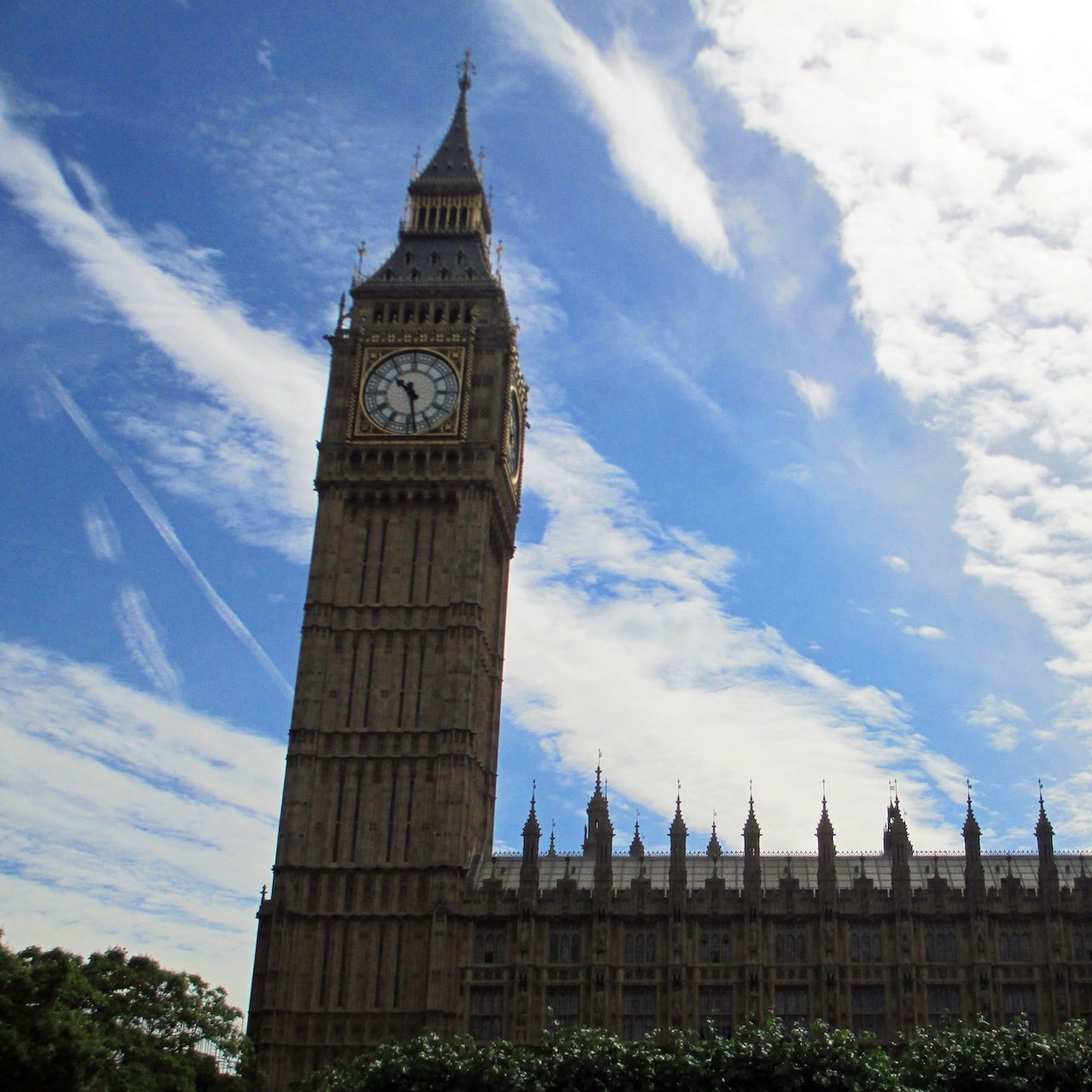
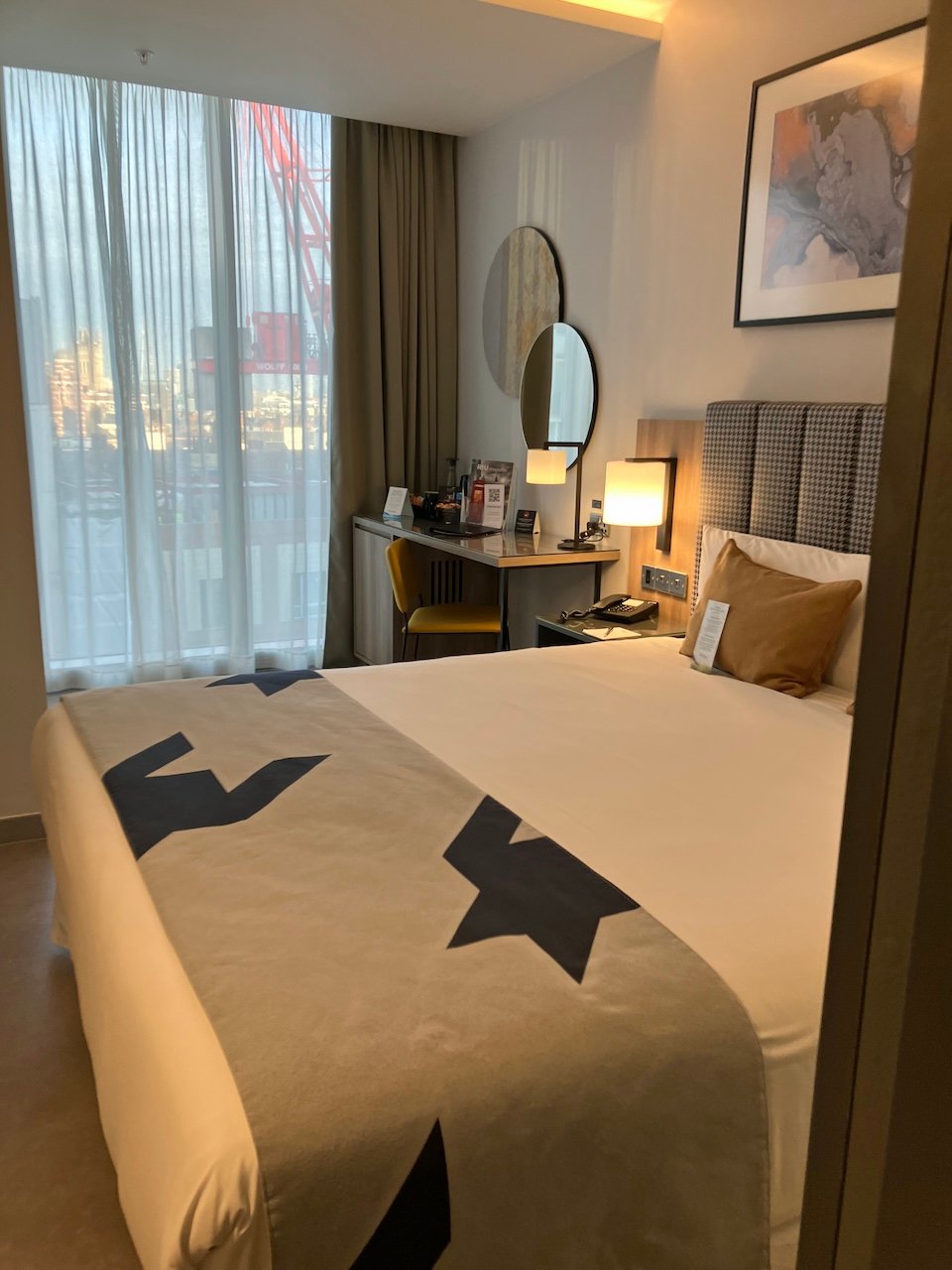

Westminster
Westminster is London's political and royal center, anchored by Big Ben, the Houses of Parliament, Westminster Abbey, Buckingham Palace, and Trafalgar Square. This area is also home to St. James’s Park and the banks of the River Thames.
What makes Westminster such a practical place to stay is its central location. Many of London’s top attractions are within walking distance, and the area is well connected by several Tube stations (Westminster, St. James’s Park, Victoria) and London Victoria Station, which also offers direct trains to Gatwick Airport.
The neighborhood is busy and often crowded, especially around Parliament and Buckingham Palace, but for first-time visitors who want to be close to London’s most famous landmarks, it is one of the best bases in the city. We stayed in Westminster on our last trip to London in November 2024. We opted for the Hotel Riu Plaza London Victoria, thanks to its convenient location across from London Victoria Station. We loved both the hotel and its location. The rooms were large, comfortable, and the included breakfast was top-notch! We would definitely stay here again! More other highly-rated hotels in Westminster are listed below.
- Hotel Riu Plaza London Victoria
- Conrad London St. James
- Great Scotland Yard Hotel, Part of Hyatt
- Sofitel London St. James
- The Rubens at the Palace
- The Trafalgar St. James London, Curio Collection
- citizenM London Victoria Station
- St. James' Court, A Taj Hotel, London
- The Clermont London, Victoria
- The July London Victoria
- The Resident Victoria
- The Westminster London, Curio Collection
Kensington
Kensington is one of London’s most elegant residential neighborhoods, anchored by Kensington Palace, the Royal Albert Hall, and the Victoria & Albert Museum, as well as the Natural History Museum and Science Museum in South Kensington.
What makes Kensington such a great place to stay is its balance of culture and comfort. The neighborhood offers world-class museums, leafy streets, and direct access to Hyde Park and Kensington Gardens, plus convenient Tube connections on the District, Circle, and Piccadilly lines.
Hotels here are more expensive than in some other London neighborhoods, but the area feels safe, polished, and quieter than the Westminster, making it a particularly good choice for families and travelers seeking a more residential setting.
Lauren has stayed in Kensington on a couple of occasions, including at the Radisson Blu Hotel, London South Kensington. Lauren really loves staying in Kensington since it is walking distance to some of London's best museums. Some other popular hotels in Kensington are listed below.


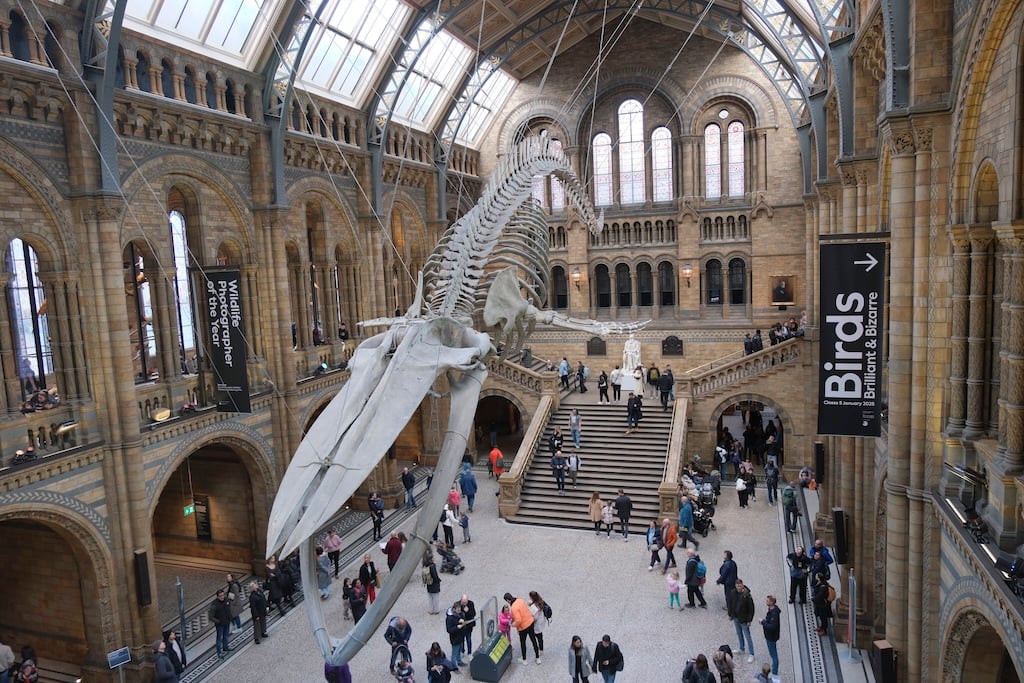
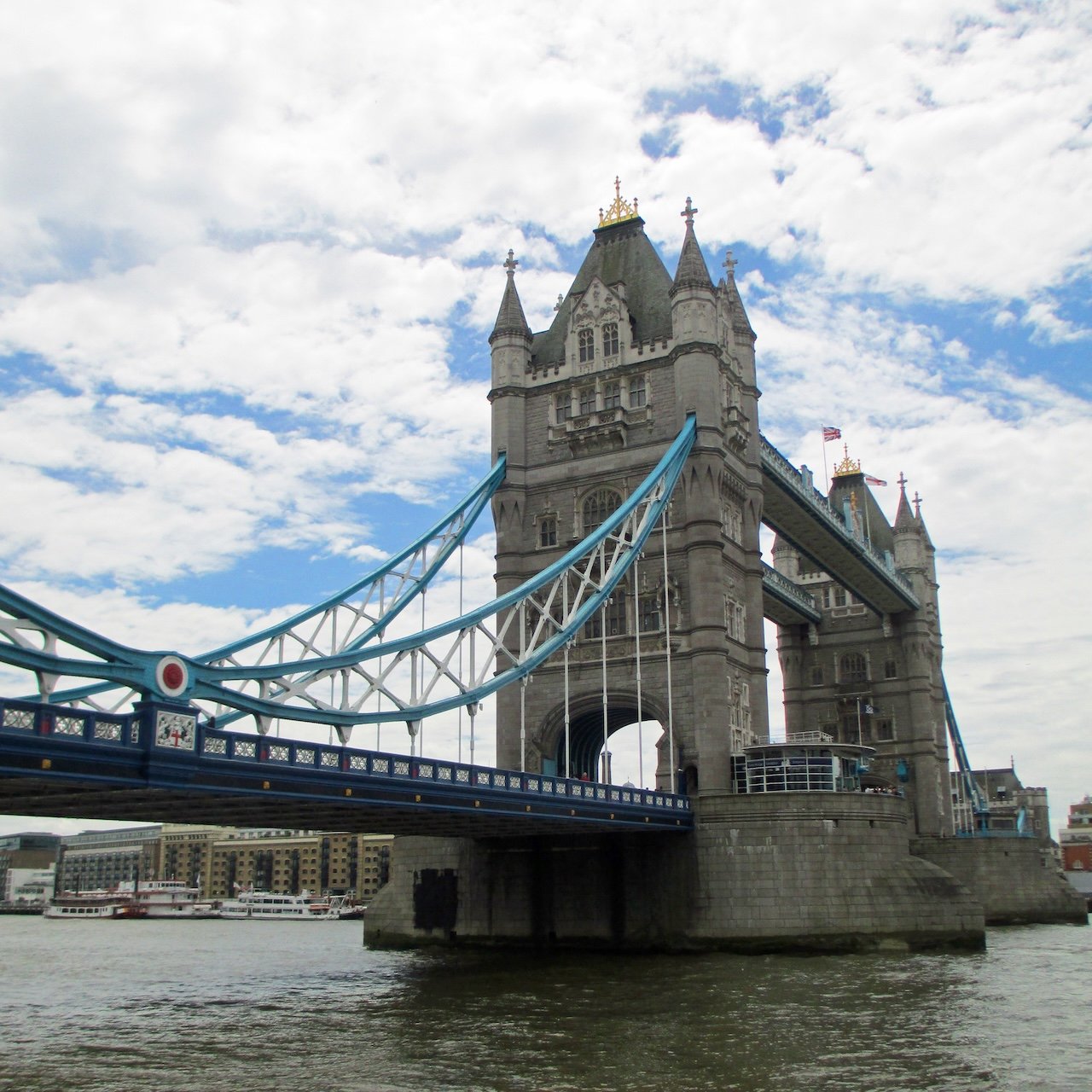
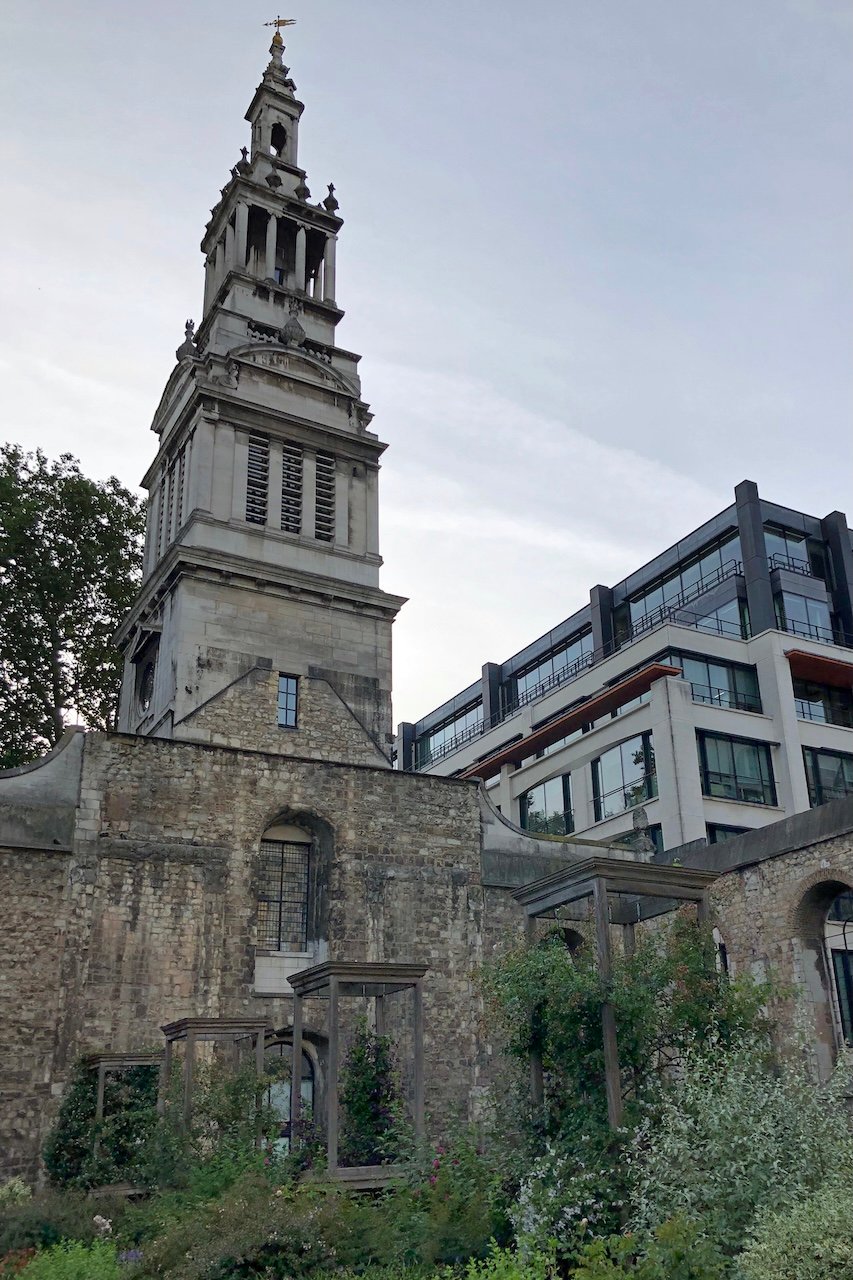
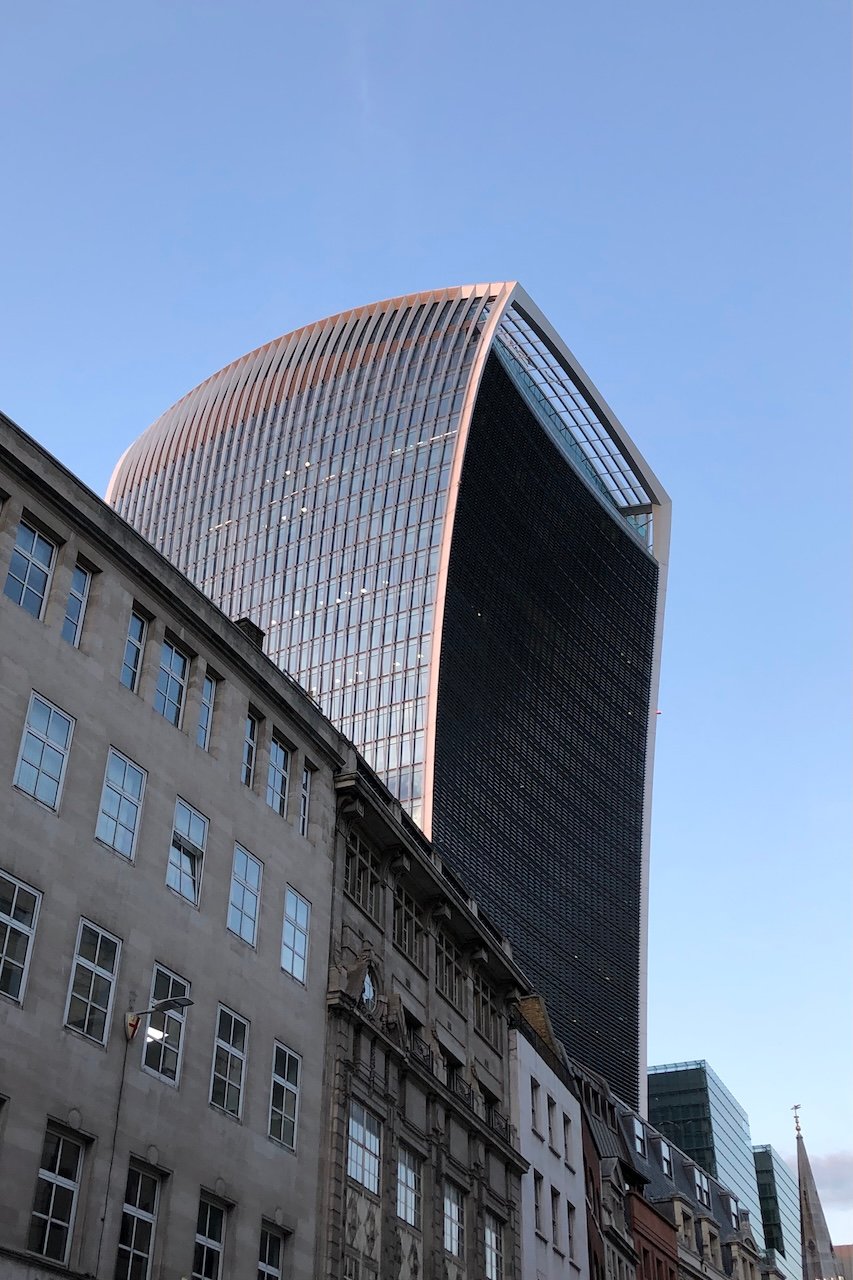
City of London & Tower Hamlets
The City of London, often called simply “the City”, is London’s historic and financial heart. The neighborhood is anchored by the Tower of London (which technically in the adjacent borough, Tower Hamlets), St. Paul’s Cathedral, and Millennium Bridge, the area also showcases modern skyscrapers like the Gherkin and the Walkie Talkie.
What makes the City of London and Tower Hamlets a practical place to stay in London is its proximity to historic landmarks and the River Thames, along with strong transport connections from Liverpool Street, Cannon Street, and Blackfriars stations.
The area can feel quiet at night and on weekends since it is primarily a business district, but this also means hotels often offer better value here compared to Westminster and Covent Garden. While we have not personally stayed in the City of London or Tower Hamlets, we have researched several highly rated hotels that are listed below.
Covent Garden
Covent Garden is London’s cultural hub, anchored by its historic piazza and covered market, the Royal Opera House, countless boutiques, and great restaurants. The best part about Covent Garden is its walkability. By staying in Covent Garden, you are steps away from Soho, Leicester Square, and many of the West End theaters. Plus, the Covent Garden station on the Piccadilly line provides direct Tube access to Heathrow Airport.
Hotels in Covent Garden tend to be expensive, and the area can be crowded, but for travelers who want to be in the center of some of the best of London’s shopping, dining, and nightlife, it is hard to beat! We have not stayed in Covent Garden ourselves, but a few highly rated hotels in the neighborhood are listed below.
- Covent Garden Hotel, Firmdale Hotels
- NoMad London
- One Aldwych
- Radisson Blu Hotel, London Mercer Street
Soho
Soho is one of London’s busiest neighborhoods, anchored by Oxford Street, Chinatown, and Leicester Square. It is famous for its nightlife, diverse food scene, and creative energy. What makes Soho attractive for first time visitors to London is its central location. Soho places you within walking distance of Covent Garden, Regent Street, and Piccadilly Circus. Tottenham Court Road and Oxford Circus stations also provide great Tube access.
The neighborhood can be noisy, especially at night, but it is perfect for travelers who want to be walking distance to many of London’s best restaurants, bars, and theaters. While we have not stayed in Soho ourselves, a couple of the top-rated hotels in Soho are listed below.
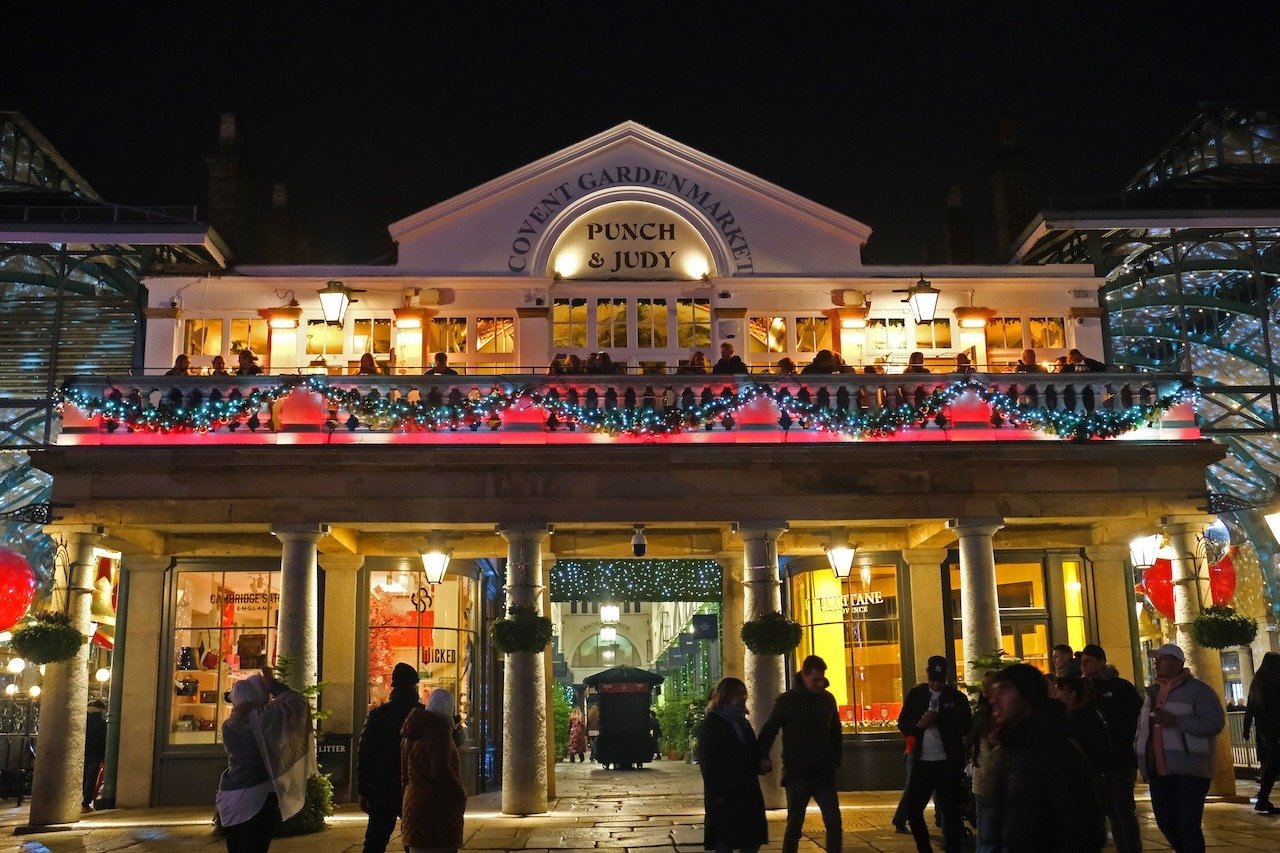
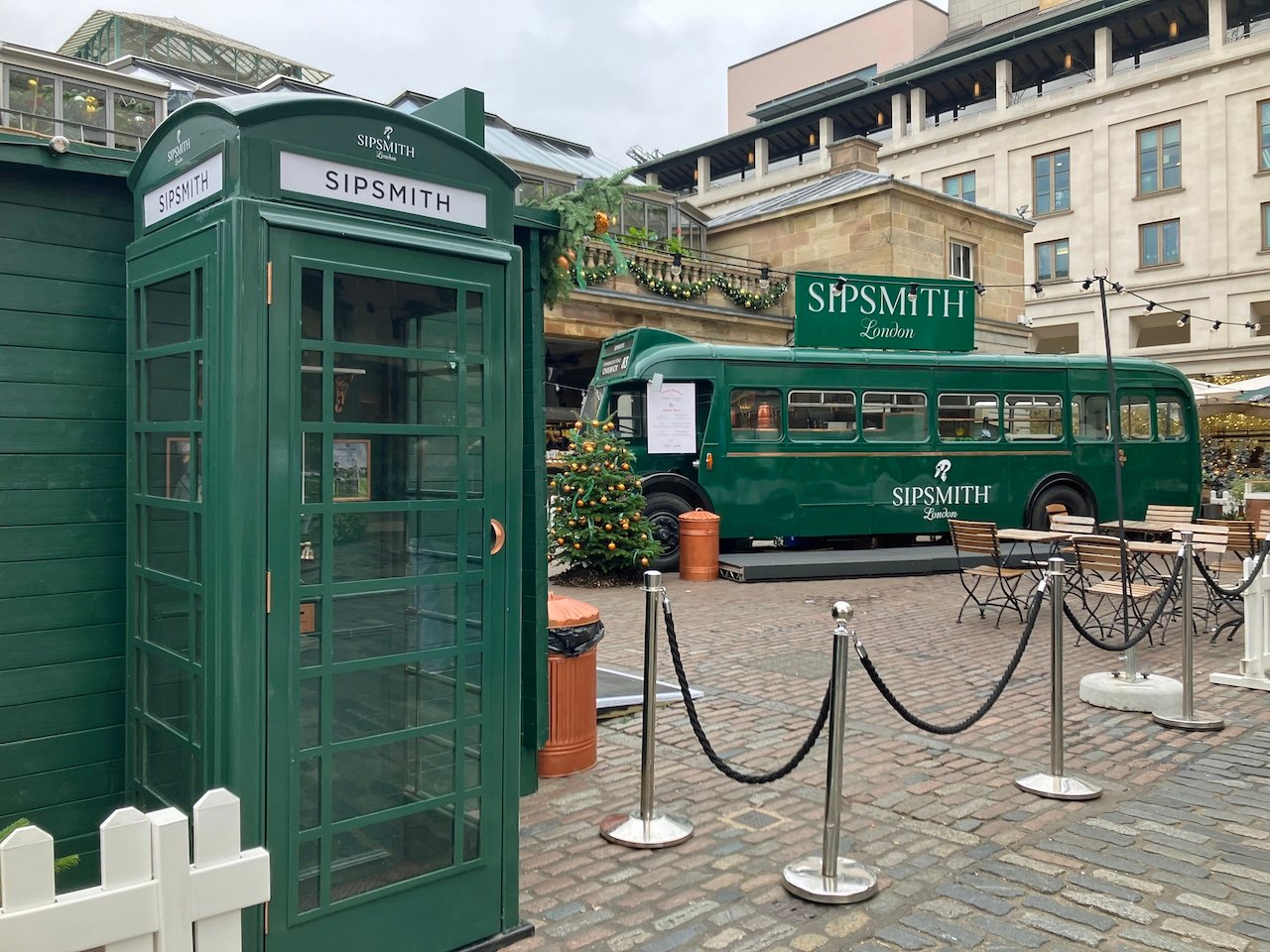
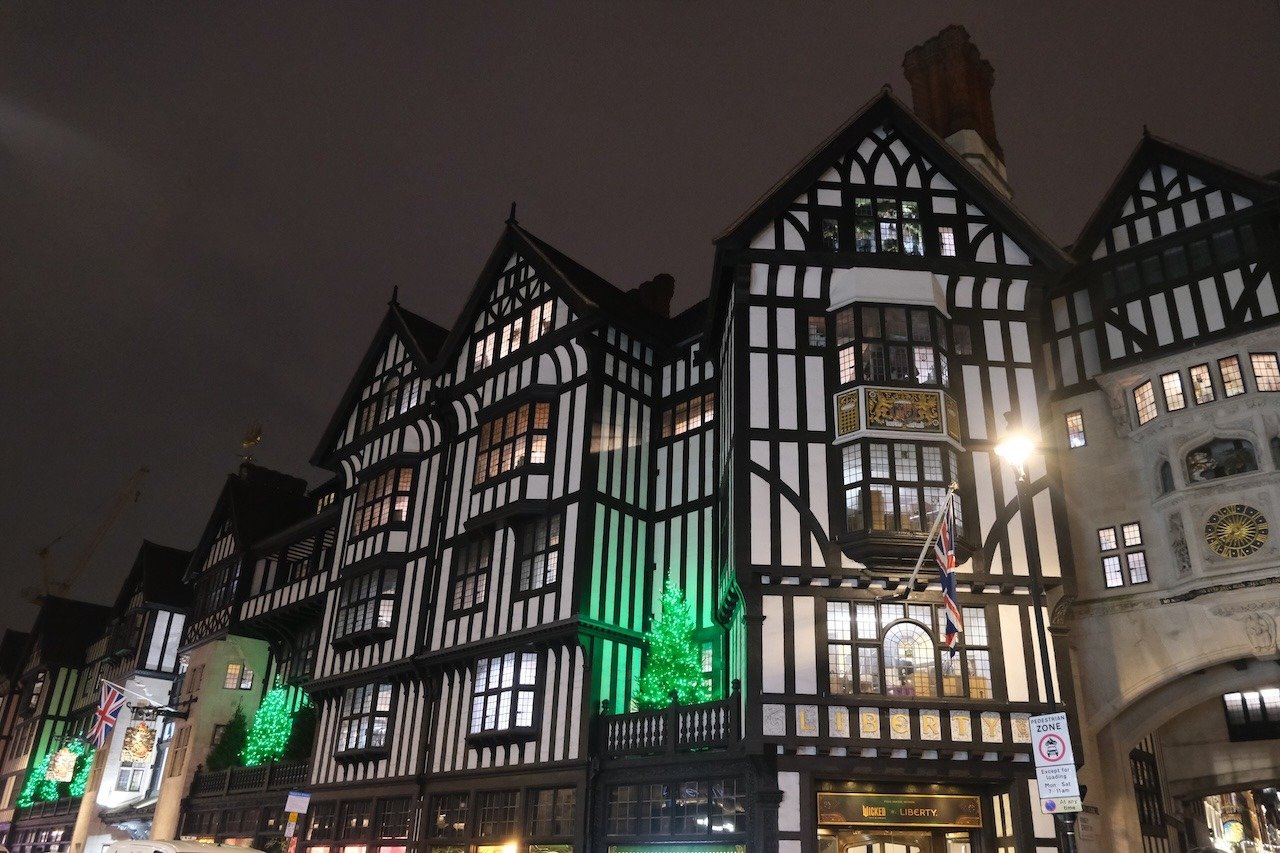
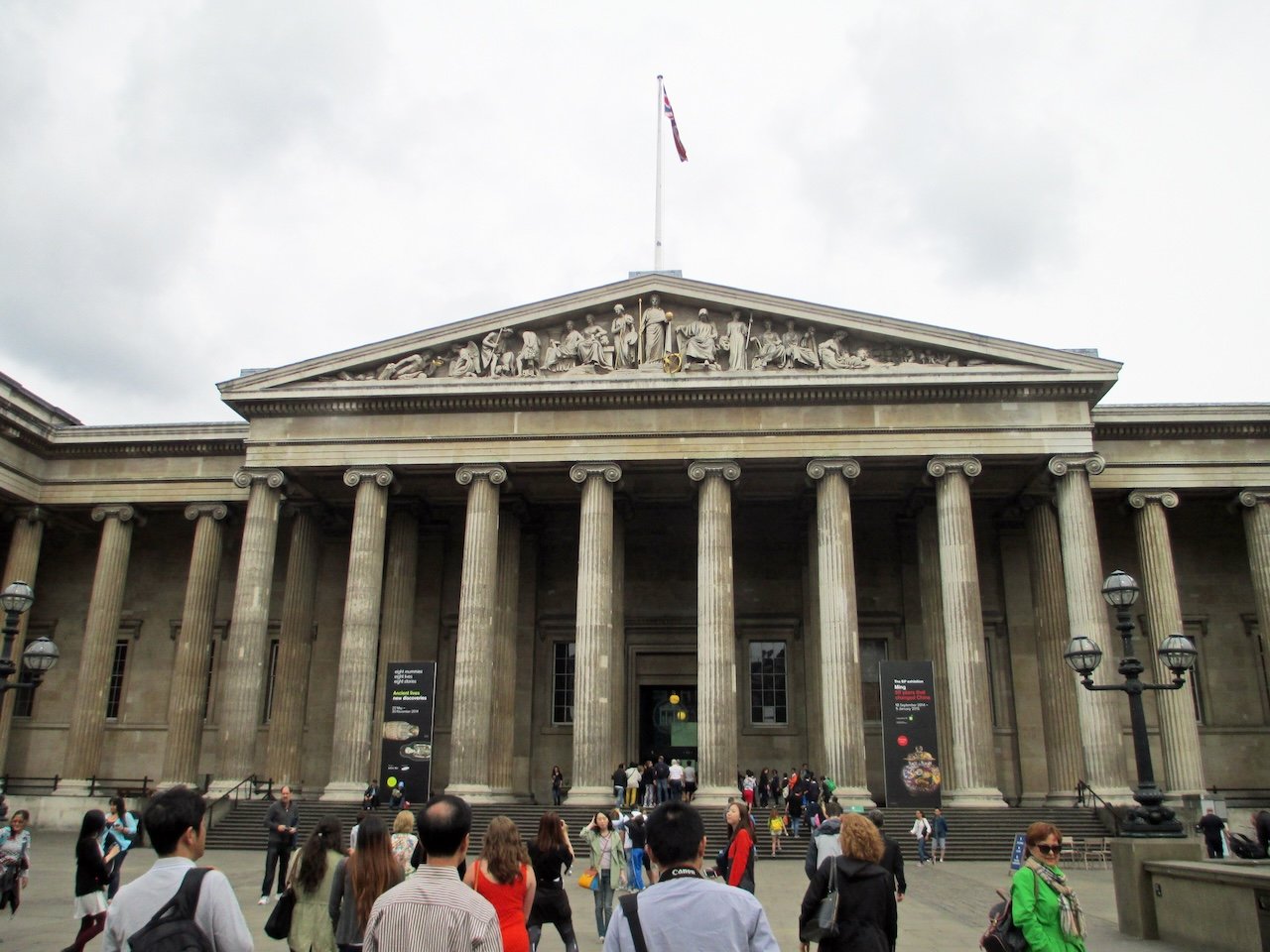
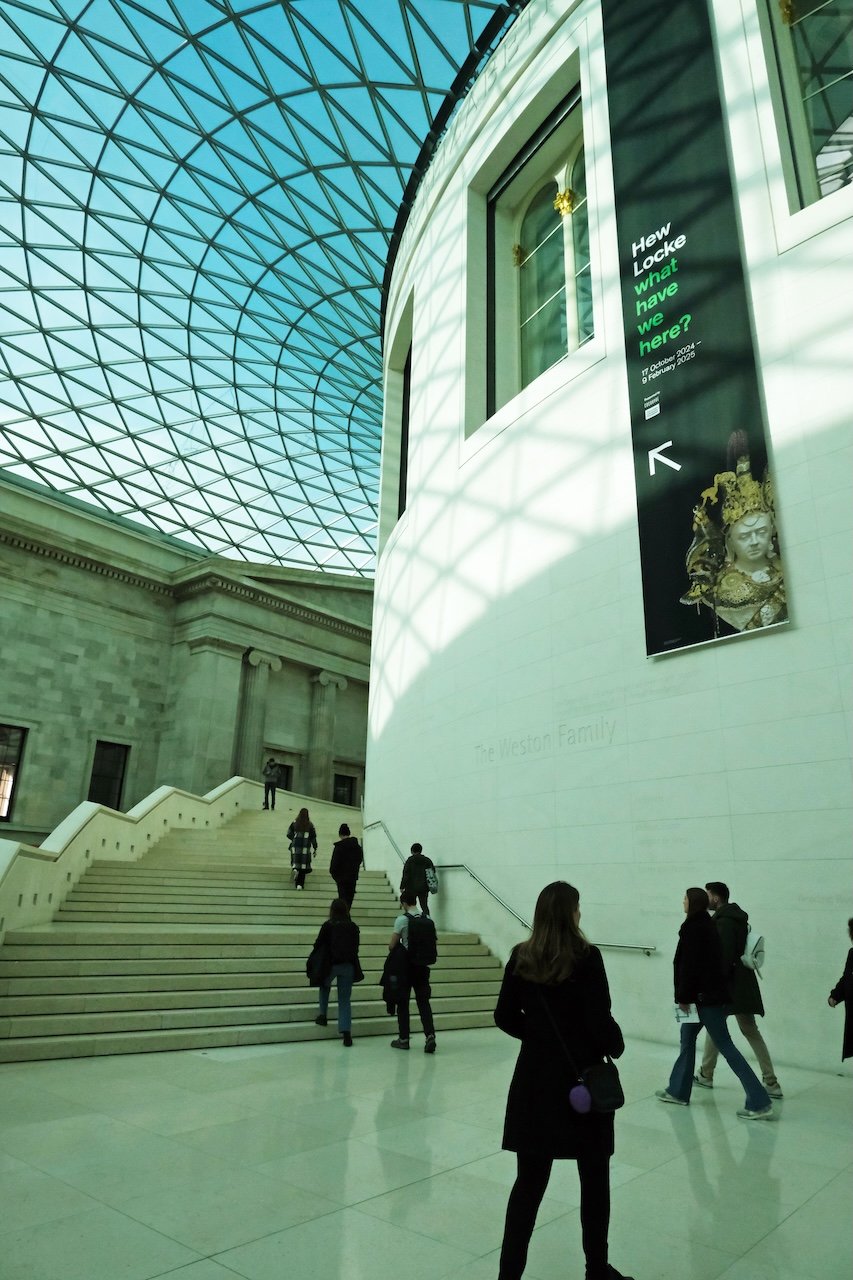
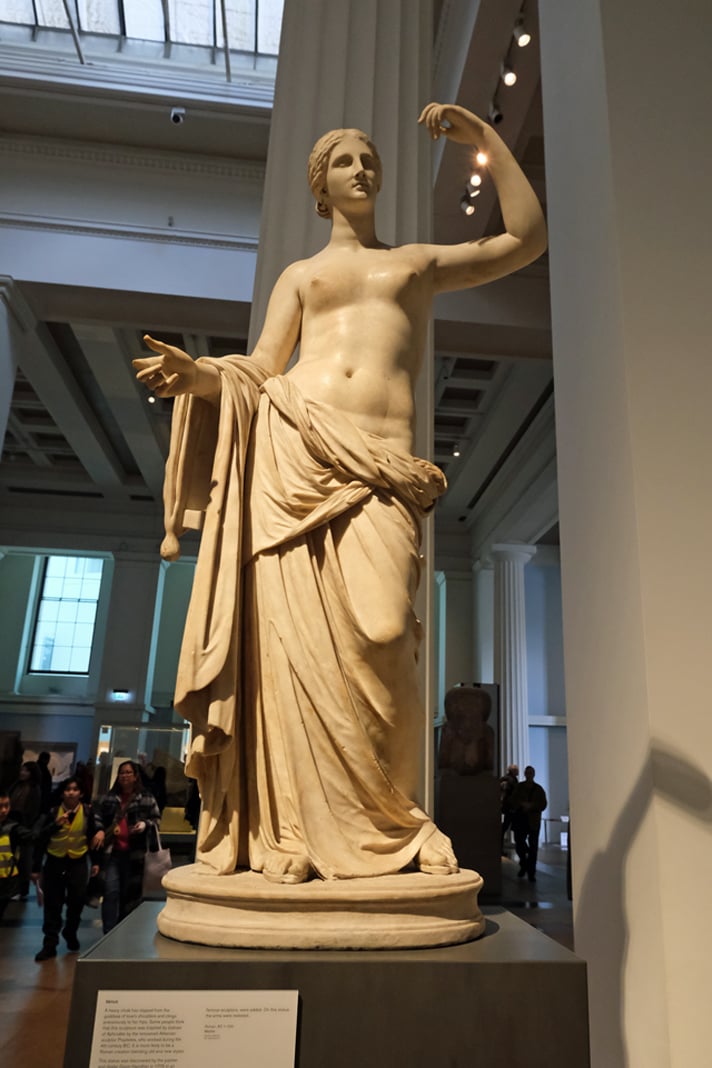
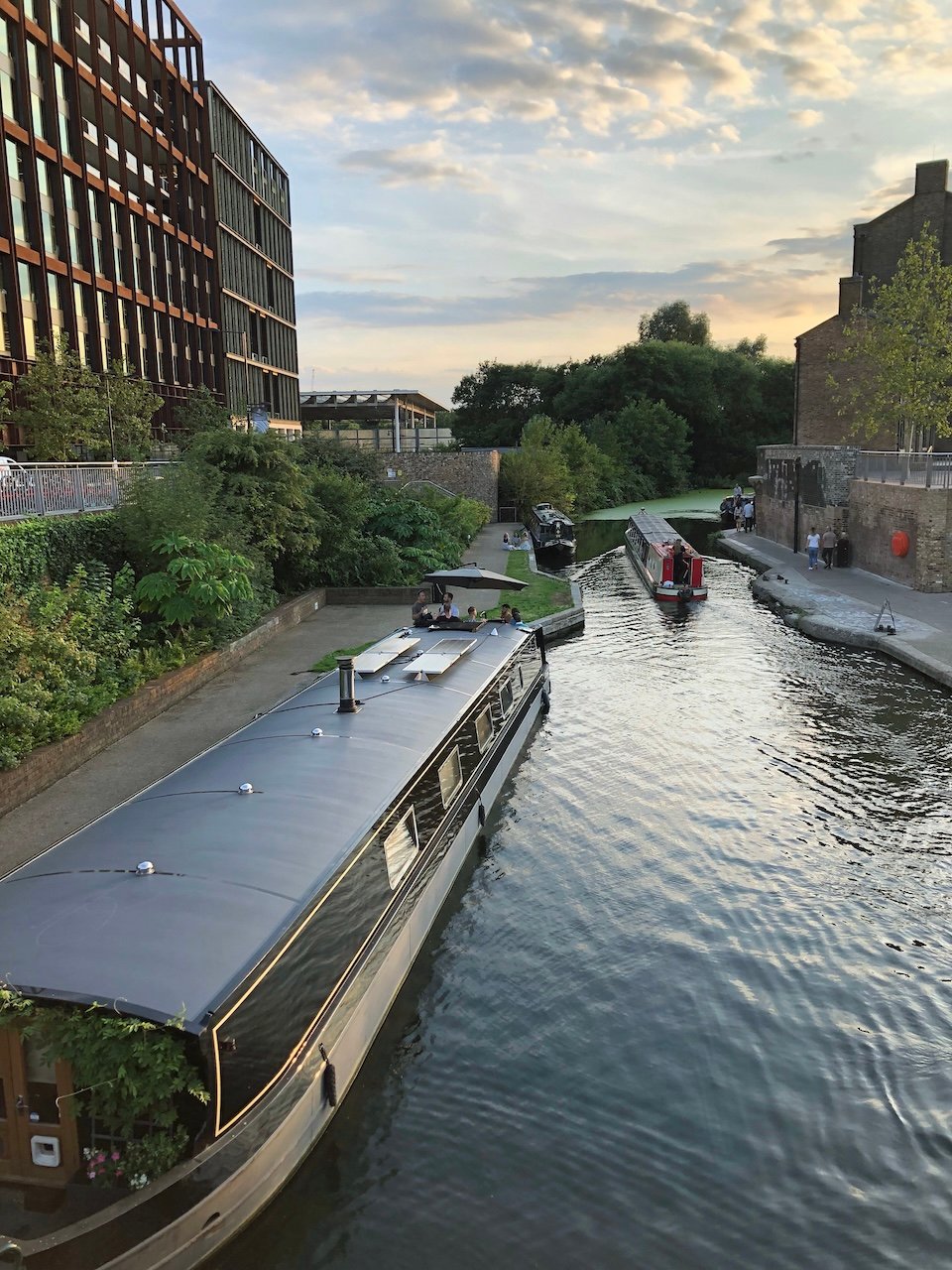
Bloomsbury
Bloomsbury is a historic neighborhood in the borough of Camden, located in London’s West End. Known for its leafy Georgian squares and literary heritage, it is anchored by the British Museum, Russell Square, and the University of London. The area has long been associated with writers, intellectuals, and academics, and today it balances cultural attractions with a more residential feel.
What makes Bloomsbury an appealing neighborhood for those visiting London is its central, yet quiet, location. Bloomsbury is located within walking distance of Oxford Street and Covent Garden, and offers easy access to King’s Cross, Euston, and several Tube stations. Hotels here are typically more affordable than in Kensington or Westminster, making it a smart choice for budget-conscious travelers who still want to stay in central London.
While it may lack the glitz of Knightsbridge or the energy of Soho, Bloomsbury is one of the best areas for culture lovers and those who prefer a neighborhood with charm, history, and strong transportation links. While we have not stayed in Bloomsburg, a few highly rated hotels in the neighborhood are listed below.
- Kimpton Fitzroy London by IHG
- L'oscar London
- The Bloomsbury
- The Montague On The Gardens
- The Suites - St. Pancras Hotel Group
- Numa London Bloomsbury
King's Cross
Once an industrial and gritty neighborhood, King’s Cross has been transformed into one of London’s most dynamic neighborhoods. Centered around the St. Pancras International and King’s Cross train stations, the neighborhood if full of modern hotels, trendy dining spots at Coal Drops Yard, and attractions like the British Library.
What makes King’s Cross a great neighborhood to stay in London is its unmatched transport connections. From here you can reach anywhere in London by Tube, take trains across the UK, or hop on the Eurostar to Paris, Brussels, or Amsterdam. In fact, if you are only in London for a few days before taking the train elsewhere, King's Cross is one of the most convenient neighborhoods to stay in London. Hotels in this area are also generally more budget-friendly than any of the other neighborhoods listed in our London Travel Blog, making it an excellent choice for travelers in search of convenience without overspending.
Lauren has stayed in King's Cross on a couple of occasions at the Hub by Premier Inn London King's Cross. While the hotel rooms are small, the rooms are clean and comfortable. Plus, the hotel is located only a short walk to King's Cross Station. A few other highly rated hotels in King's Cross are listed below.
Knightsbridge
Knightsbridge is London’s luxury shopping district, centered around Harrods, Harvey Nichols, and designer boutiques along Sloane Street. It is also right next to Hyde Park and a short walk to many of the museums in South Kensington.
What makes Knightsbridge a great place to stay is its blend of shopping and central location within London. The Piccadilly Line at Knightsbridge station offers easy connections across the city, and the area’s hotels are some of London’s finest.
Knightsbridge is an expensive place to stay, and the luxury focus may not suit all travelers, but for those who want to shop and stay in style, Knightsbridge is a top choice. While we have not stayed in Knightsbridge ourselves, a few highly rated hotels in Knightsbridge are listed below.

Marylebone
Marylebone is a chic yet relaxed neighborhood in London’s West End, just north of Oxford Street. Anchored by Marylebone High Street, it is known for its independent boutiques, cozy cafés, and village-like feel despite being so centrally located. The area is also home to attractions like Madame Tussauds, the Sherlock Holmes Museum, and the beautiful Regent’s Park.
What makes Marylebone a great option is its balance of charm and convenience. It offers a quieter stay than nearby Soho or Covent Garden, yet it is within walking distance of major shopping areas and well connected via the Baker Street and Marylebone stations. Hotels here range from boutique guesthouses to stylish upscale options, making it popular with couples and travelers who want a more local, less touristy atmosphere. While we have not personally stayed in Marylebone, some of the top-rated hotels in the neighborhood are listed below.
London Travel Blog Quick Links
London Travel Blog: Additional Trip Planning Resources
How do I apply for a UK ETA to visit London?
Beginning January 8, 2025, most travelers to the United Kingdom need to apply for an Electronic Travel Authorization (ETA) before entering the country. The ETA is designed for visitors from visa-exempt countries (including the United States, Canada, Australia, and most European countries) coming for tourism, business, or short family visits. You do not need to apply for an ETA if you already hold a UK visa, residence permit, or have British/Irish passport. Applications are quick and usually processed within 72 hours, though it is recommended to apply at least three business days before traveling to avoid delays. Once approved, an ETA is valid for two years or until your passport expires, whichever comes first, and allows multiple entries of up to six months each. The ETA is electronically linked to your passport, so you must travel with the same one you used when applying. Each person traveling needs an ETA, including babies and children. While an approved ETA grants permission to board a plane to the UK, final entry is still at the discretion of border control officers. An ETA costs £16. Applications are done through the official UK government website.
How many days do you need in London?
London is a lot like New York City, Paris, and Tokyo in the sense that you could spend a month in London and still not see it all. With that being said, for a first-time visitor to London, we recommend at least four to five days in London. This gives you time to see the city's highlights - including Buckingham Palace, the Tower of London, Westminster Abbey, and the British Museum - without feeling rushed. With a week, you can explore London's neighborhoods further, enjoy a day trip to nearby Windsor Castle, and get a real feel for all that London has to offer.
Is London expensive to visit?
London has a reputation for being pricey, but it can be visited on almost any budget. Hotels and dining in central neighborhoods can be expensive, but public transportation is affordable, and many of the city's best museums are free to visit. Staying in a budget-friendly neighborhood like King's Cross or Bloomsbury can also help you stretch your budget further.
Do I need cash in London?
Most places in London accept contactless card payments and mobile wallets like Apple Pay or Google Pay, even for small purchases. While it is always handy to have a little cash on hand, most travelers can get by with just a card. ATMs are widely available throughout London if you need to withdraw any pound sterling (£).
When is the best time of year to visit London?
London is a great city to visit year-round! The best time to visit London completely depends on what you are looking to experience. Spring (April-June) brings beautiful gardens and mild weather, summer (July-September) is the peak travel season when London is at its busiest, and autumn (October-December) can be rainy. However, London at Christmas is magical - our favorite time to visit - with festive lights and decorations, Christmas markets, and events throughout the city. The winter months (January-March), are cold and marked by shortened daylight hours. If you are willing to brave the cold (and lack of daylight), you can score some great travel deals to London and experience a city that is far less busy than at other times of the year.
What is the best way to get around London?
The London Underground (Tube) is the quickest and most efficient way to get around London, with 11 lines connecting nearly every neighborhood and attraction. The city’s iconic red double-decker buses are more scenic (especially from the upper deck) and affordable, though slower in heavy traffic. Walking is also a joy in central London, especially through picturesque neighborhoods like Westminster, Covent Garden, and Soho.
Where should I stay in London?
London is made up of many distinct neighborhoods, each offering a different experience. Westminster is our pick for the best neighborhood for first-time visitors who want to be close to the most famous landmarks in London. Kensington is great for families and museum lovers. Covent Garden and Soho put you at the heart of theater, dining, and nightlife, while King’s Cross and Bloomsbury offer excellent transportation links and more budget-friendly options. For more hotel recommendations, be sure to check out our London Travel Blog: Neighborhoods & Where to Stay.
Is London safe for tourists?
Yes, London is generally a very safe city for tourists. Like any major capital, petty theft such as pickpocketing can happen, especially in crowded areas like Oxford Street, Covent Garden, or on the Tube during rush hour. Staying aware of your surroundings and keeping valuables secure is usually enough to avoid any problems. At night, central areas remain busy, but it is smart to stick to well-lit streets and use licensed taxis or rideshares when needed.
Looking for more London travel content? Check out the Jetset Seeker Blog!
Nearby Destinations
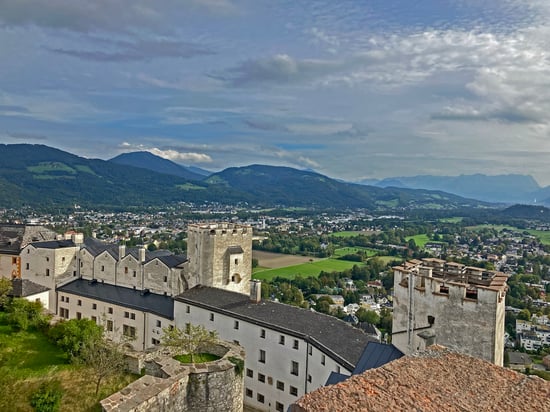
Salzburg, Austria
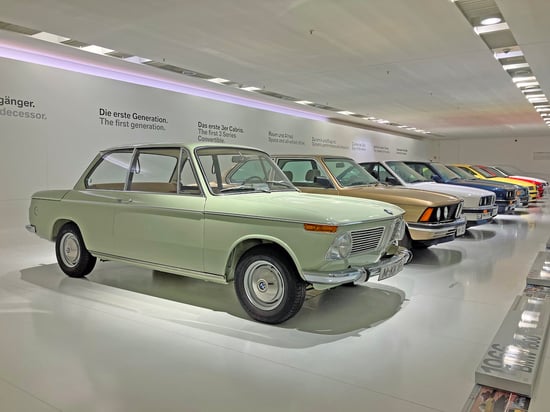
Munich, Germany
What other honeymooners say


Laboris nisi ut aliquip ex ea commodo consequat. Duis aute irure dolor in reprehenderit in voluptate velit esse cillum dolore eu fugiat nulla pariatur. Excepteur sint occaecat cupidatat non proident, sunt in culpa qui officia deserunt mollit anim id est laborum.”


Laboris nisi ut aliquip ex ea commodo consequat. Duis aute irure dolor in reprehenderit in voluptate velit esse cillum dolore eu fugiat nulla pariatur. Excepteur sint occaecat cupidatat non proident, sunt in culpa qui officia deserunt mollit anim id est laborum.”


Laboris nisi ut aliquip ex ea commodo consequat. Duis aute irure dolor in reprehenderit in voluptate velit esse cillum dolore eu fugiat nulla pariatur. Excepteur sint occaecat cupidatat non proident, sunt in culpa qui officia deserunt mollit anim id est laborum.”
Tokyo Itineraries


%20(1).png?width=3690&height=2079&name=Jetset%20Seeker%20Logo%20(Banner)%20(1).png)




